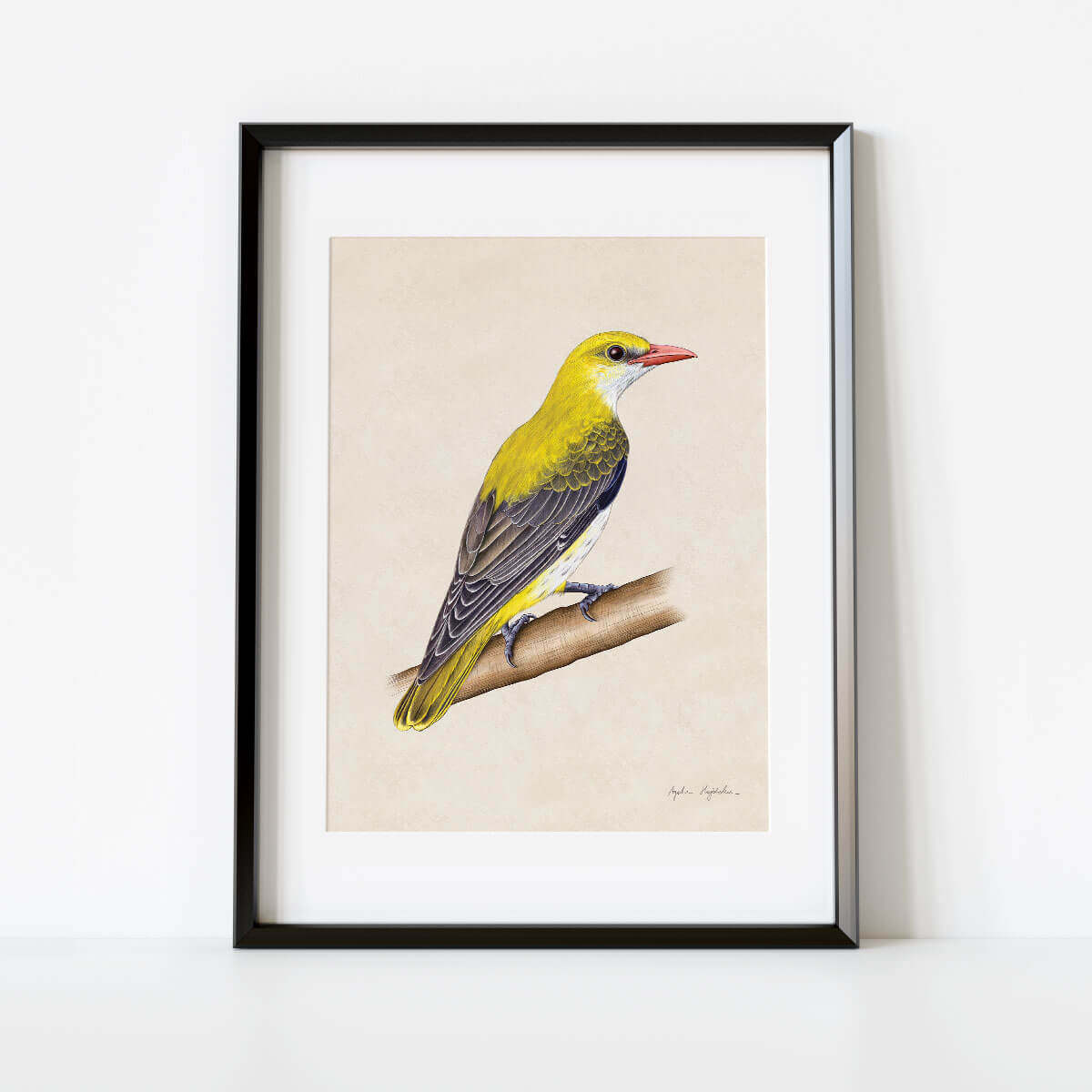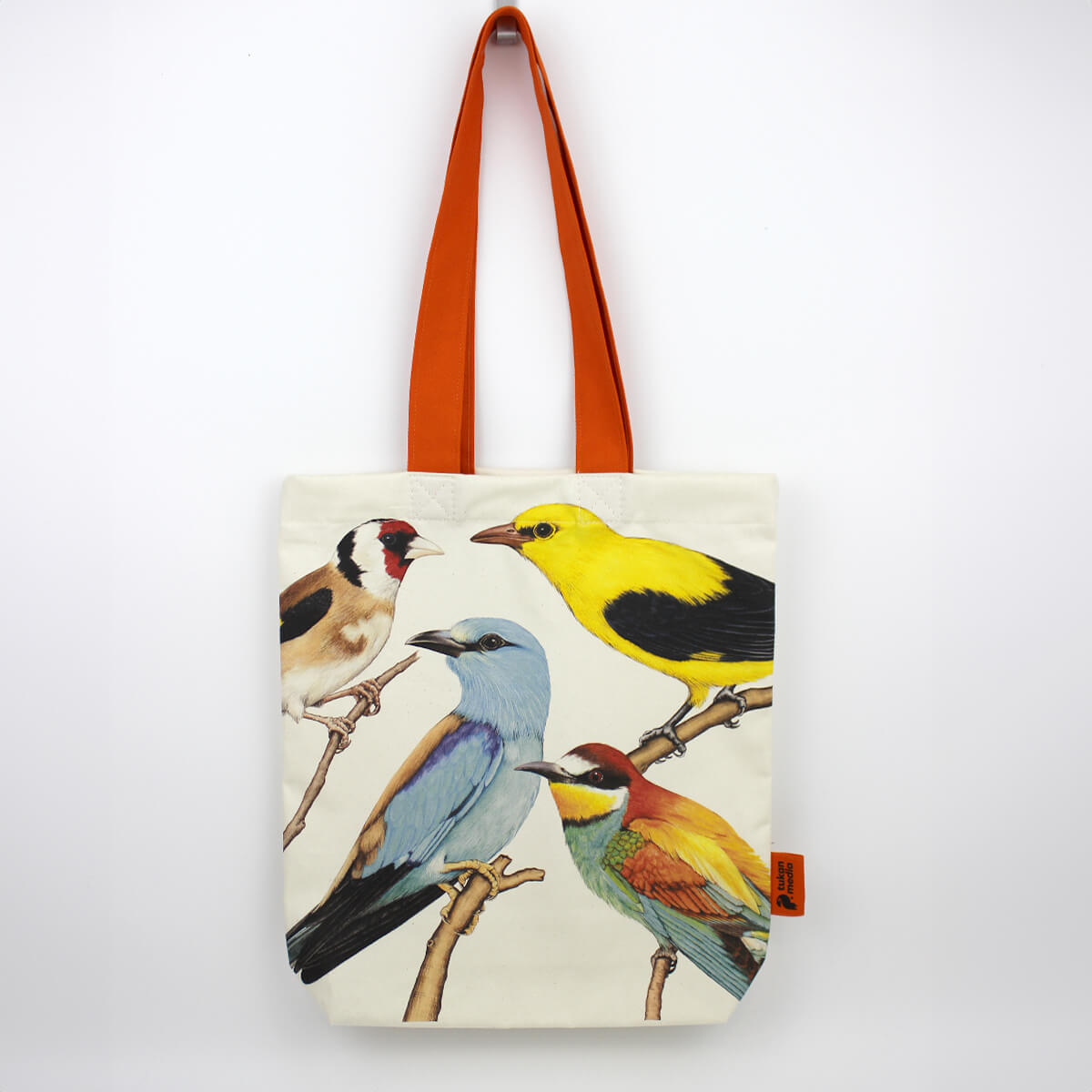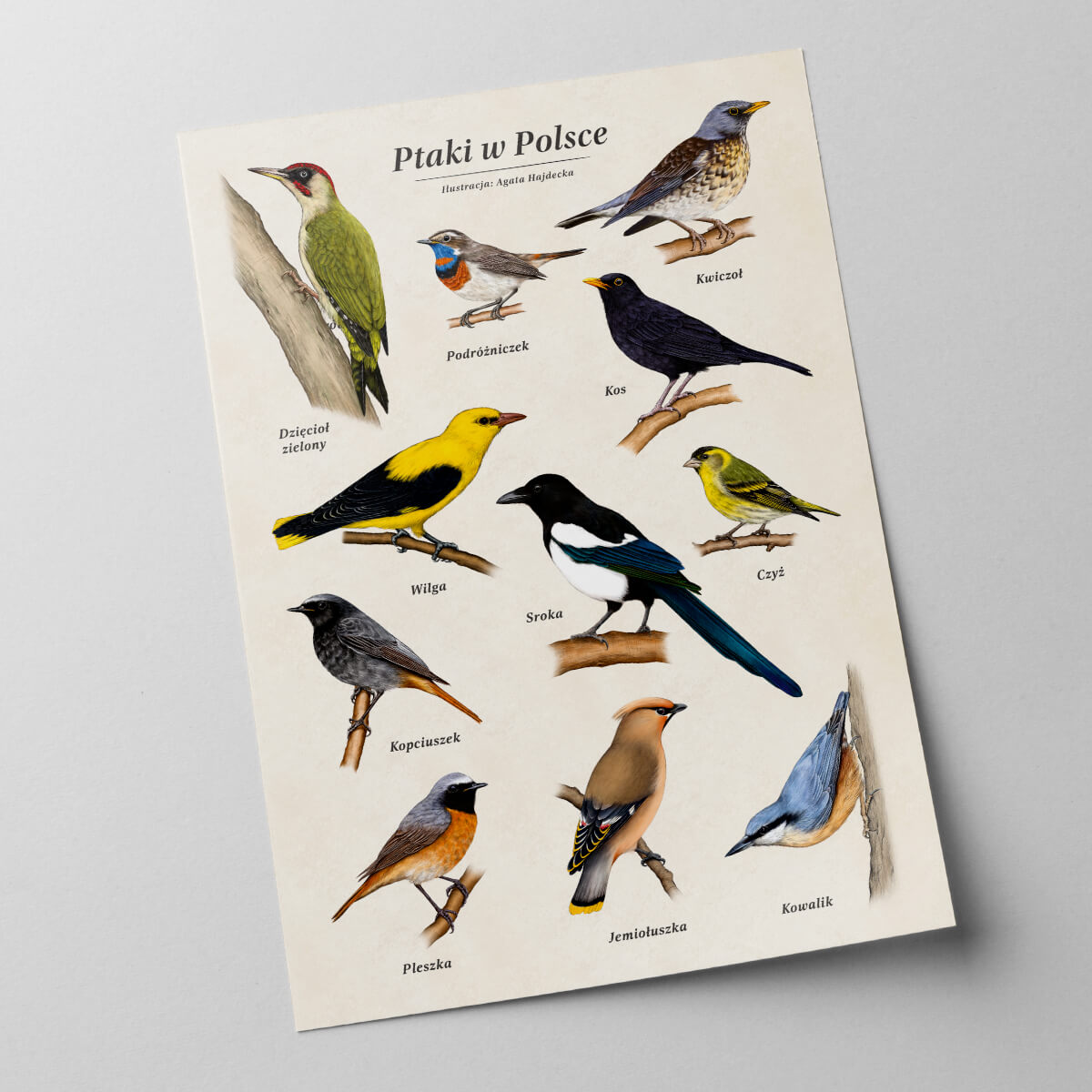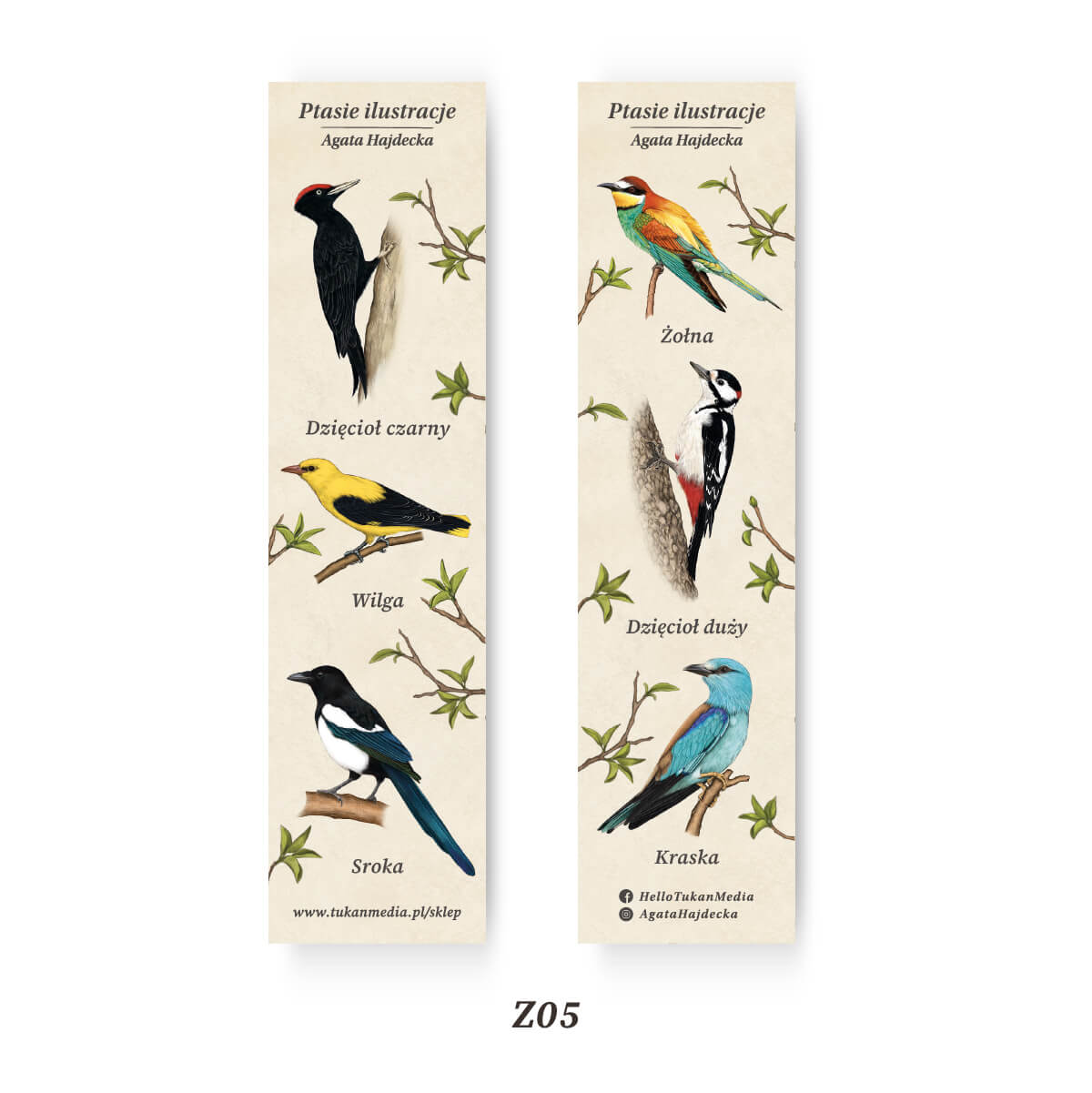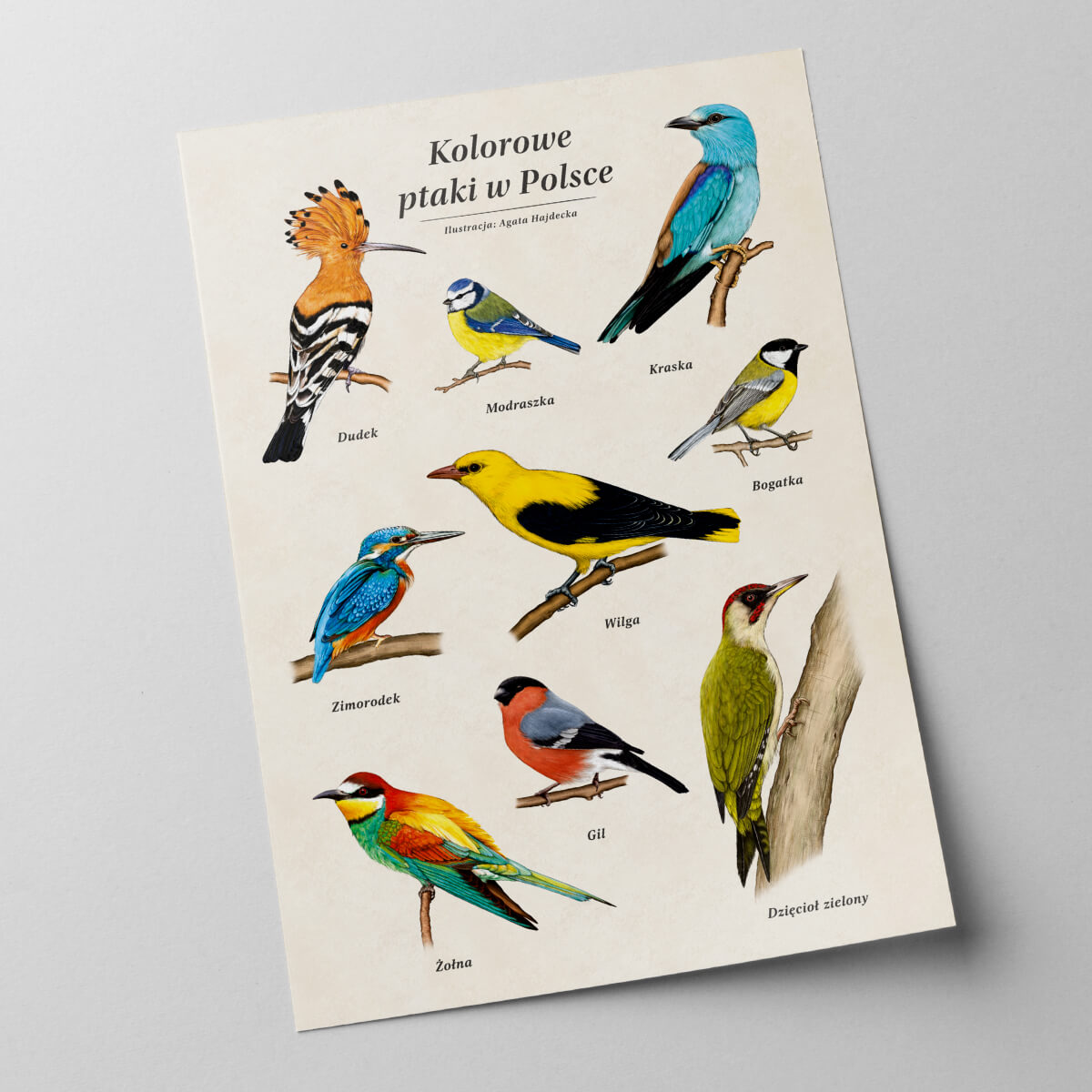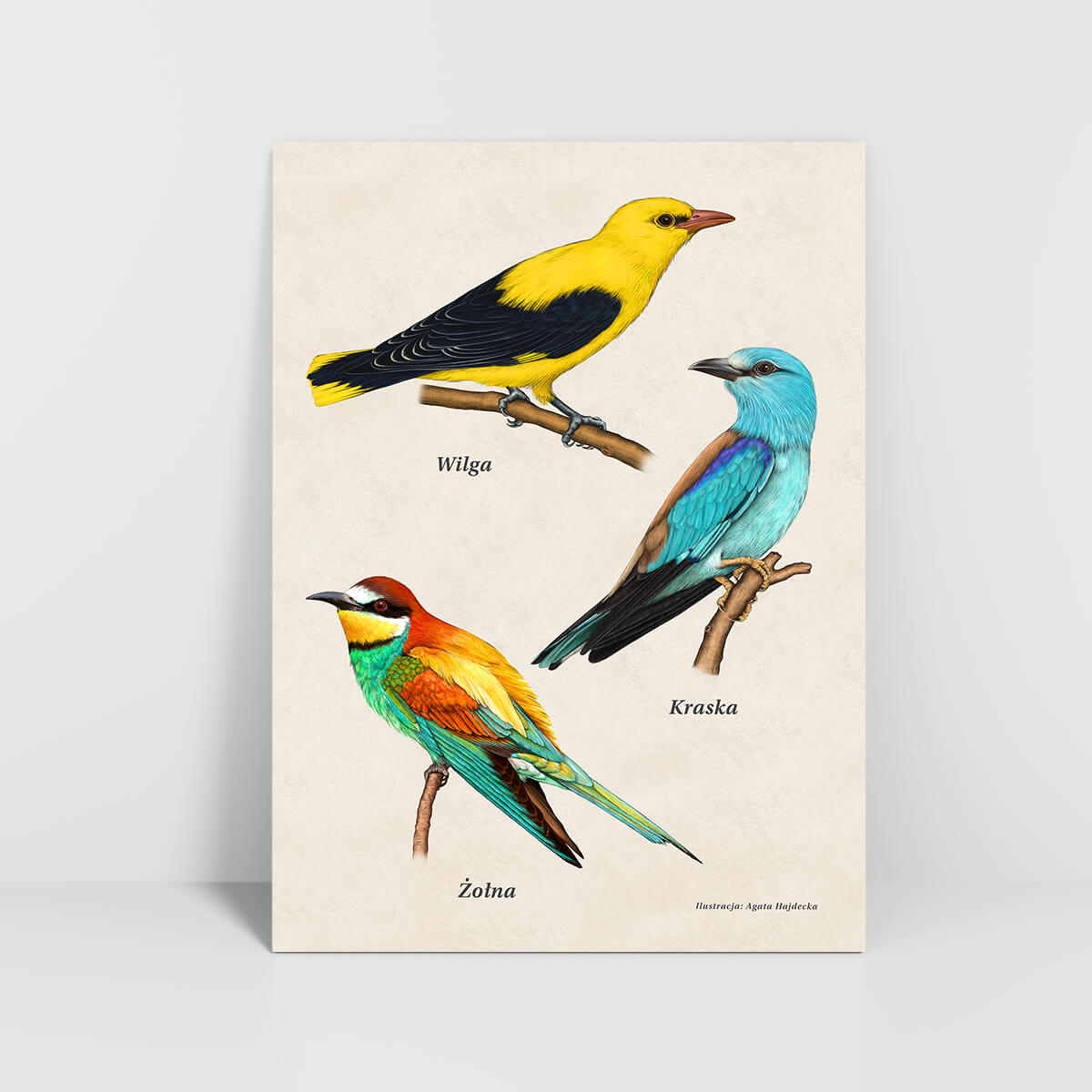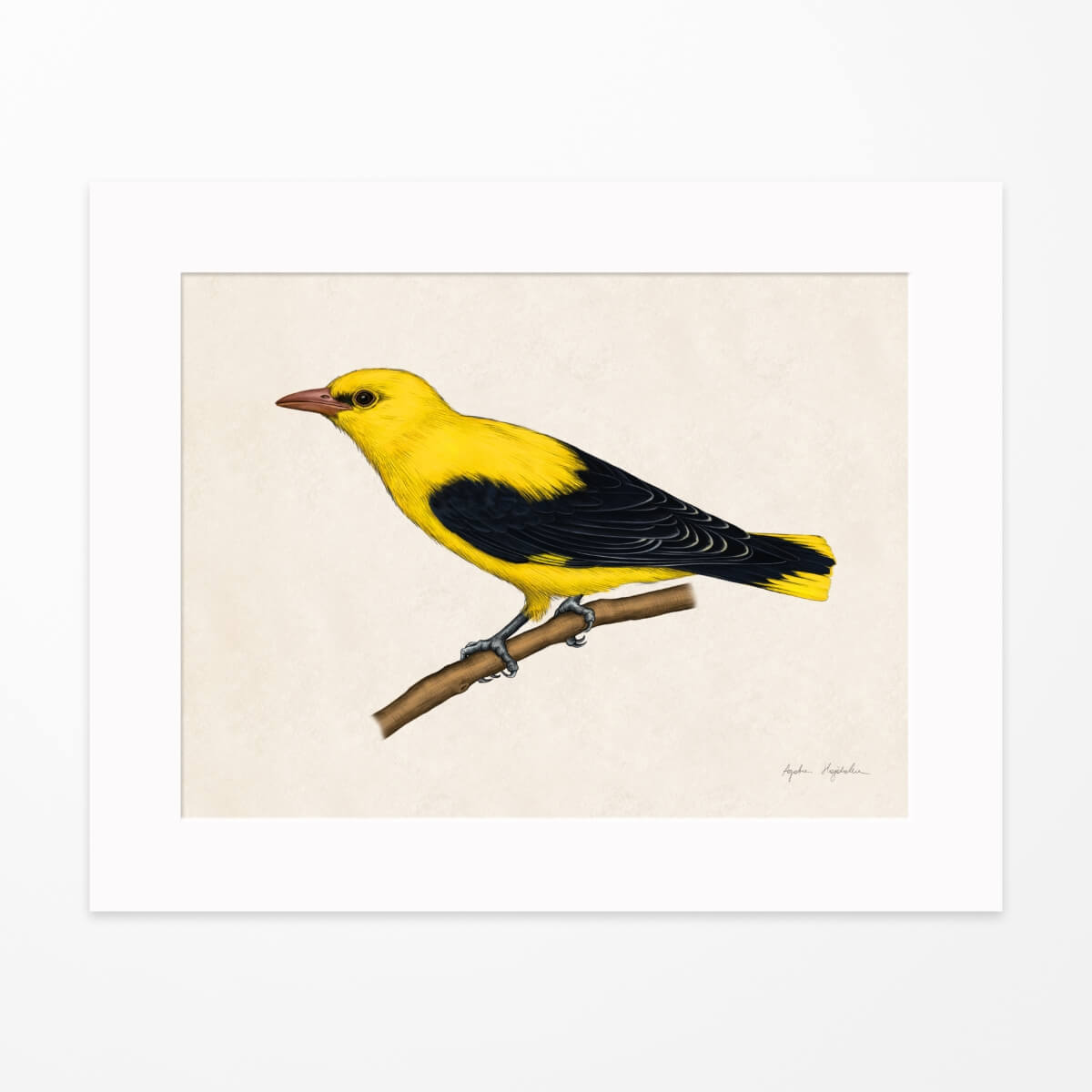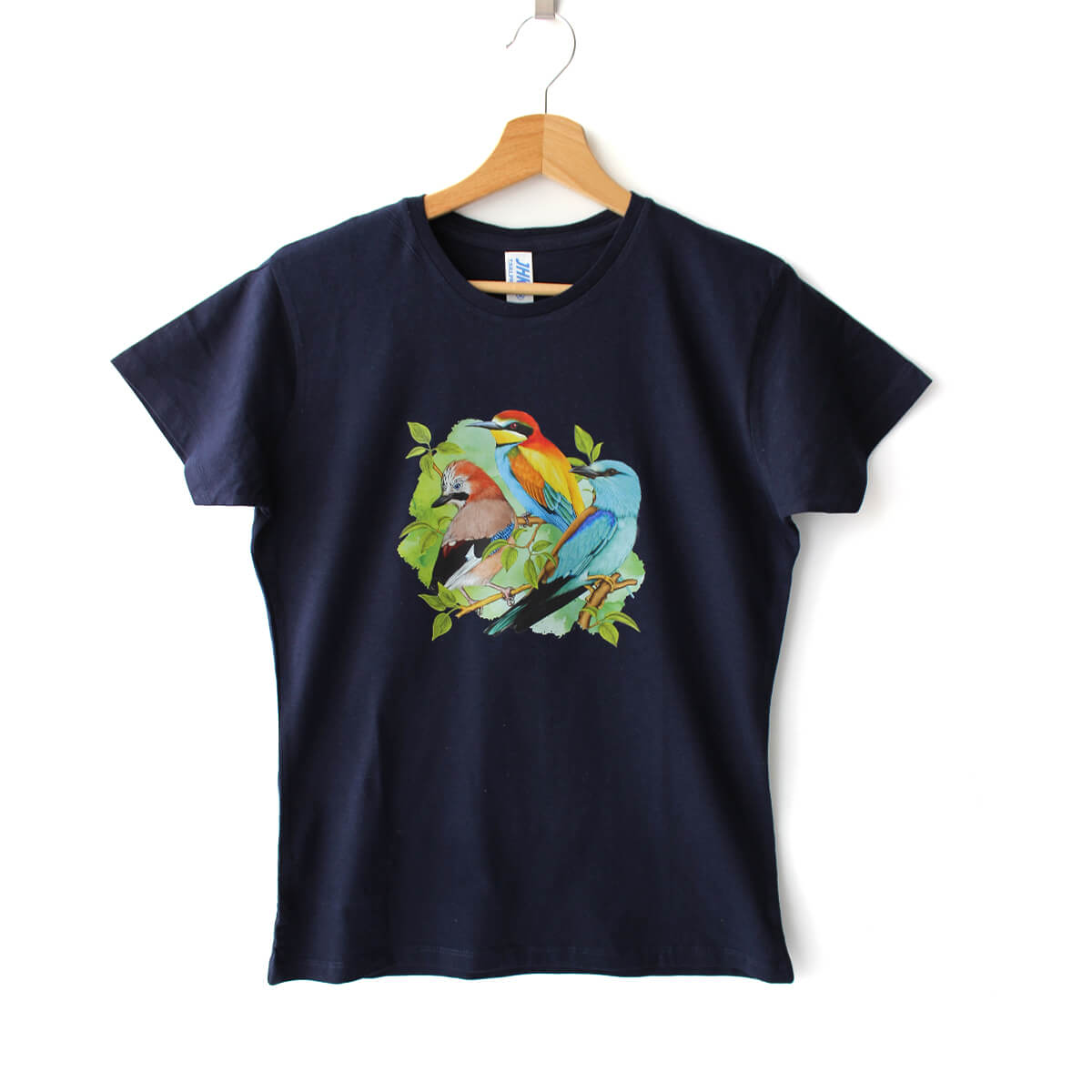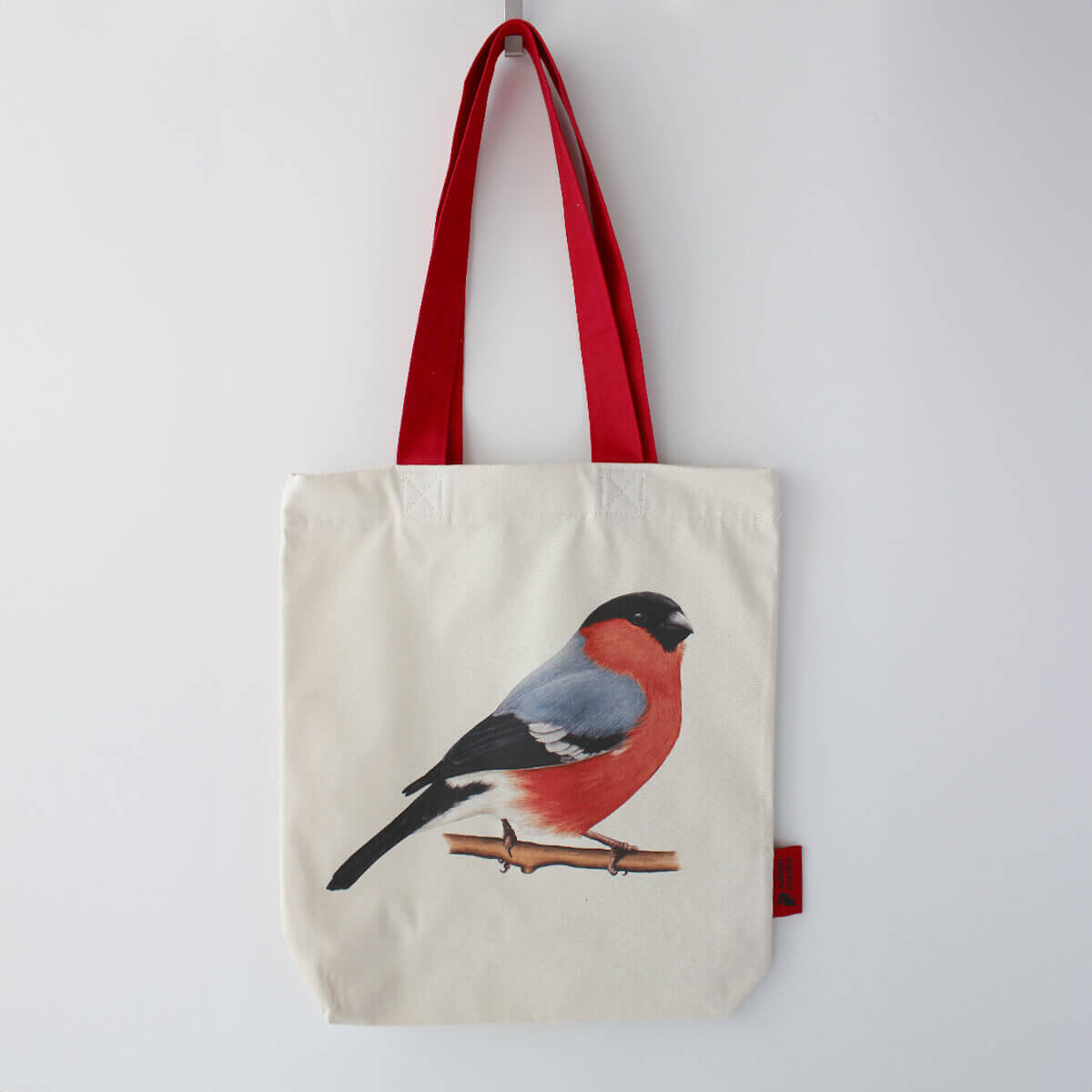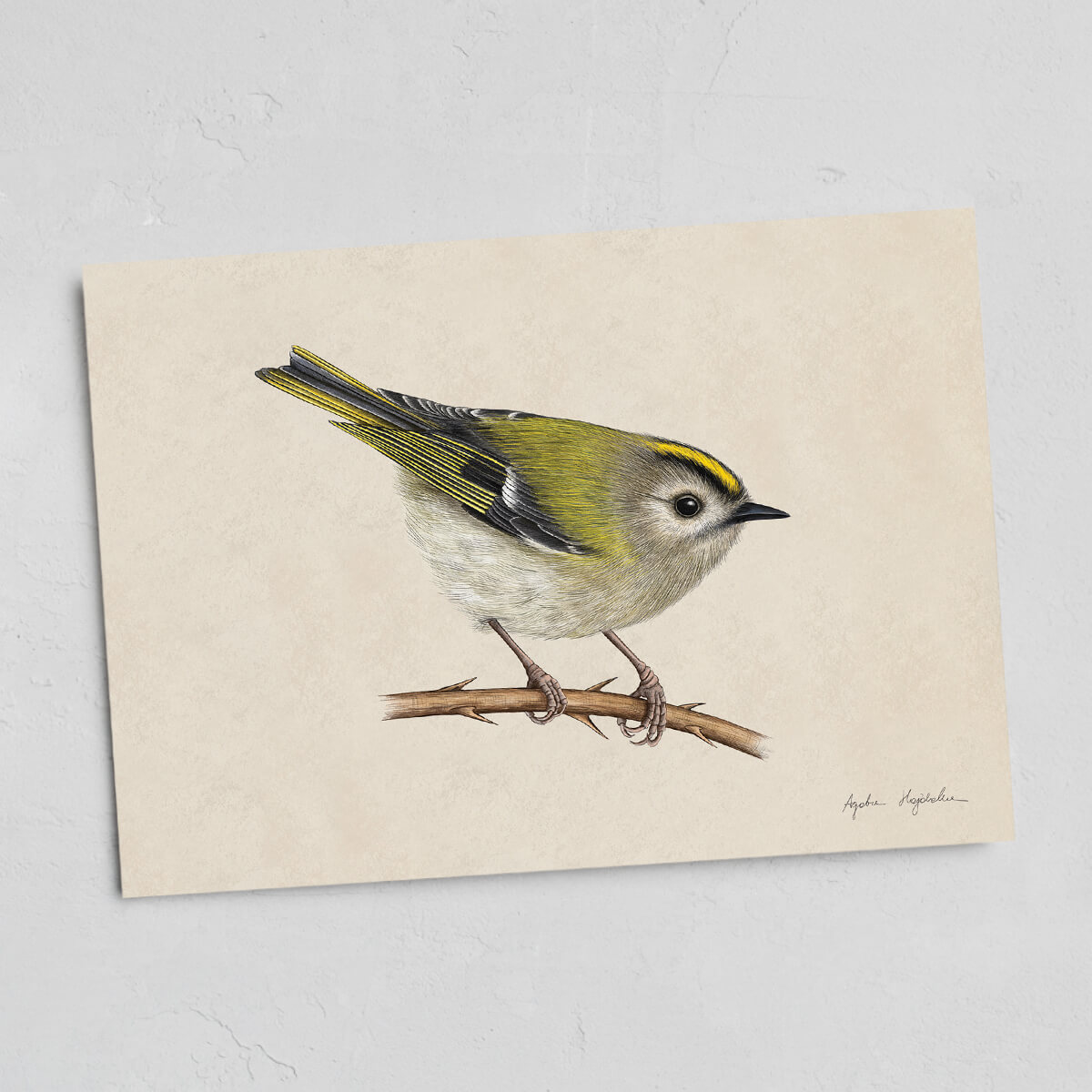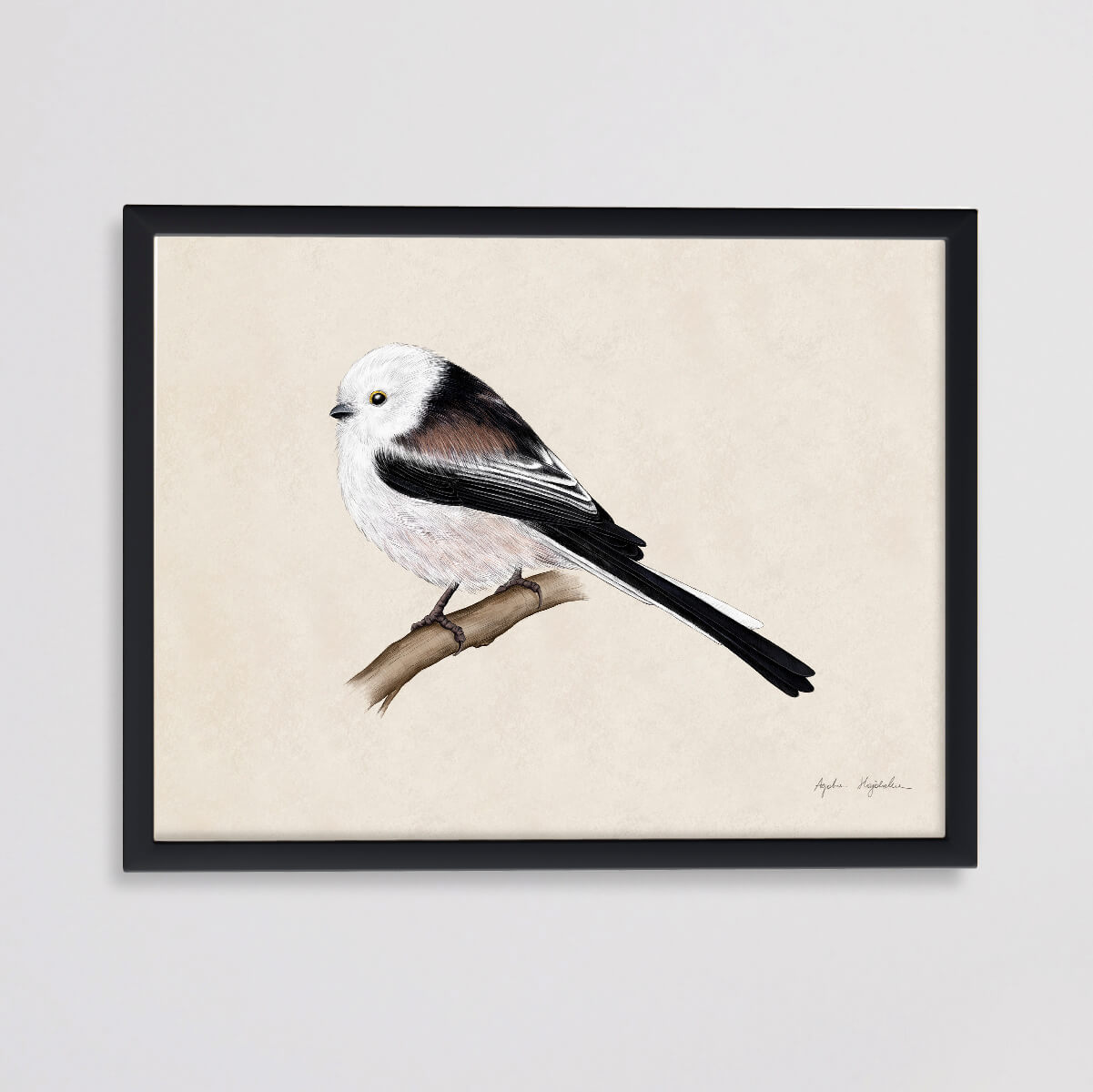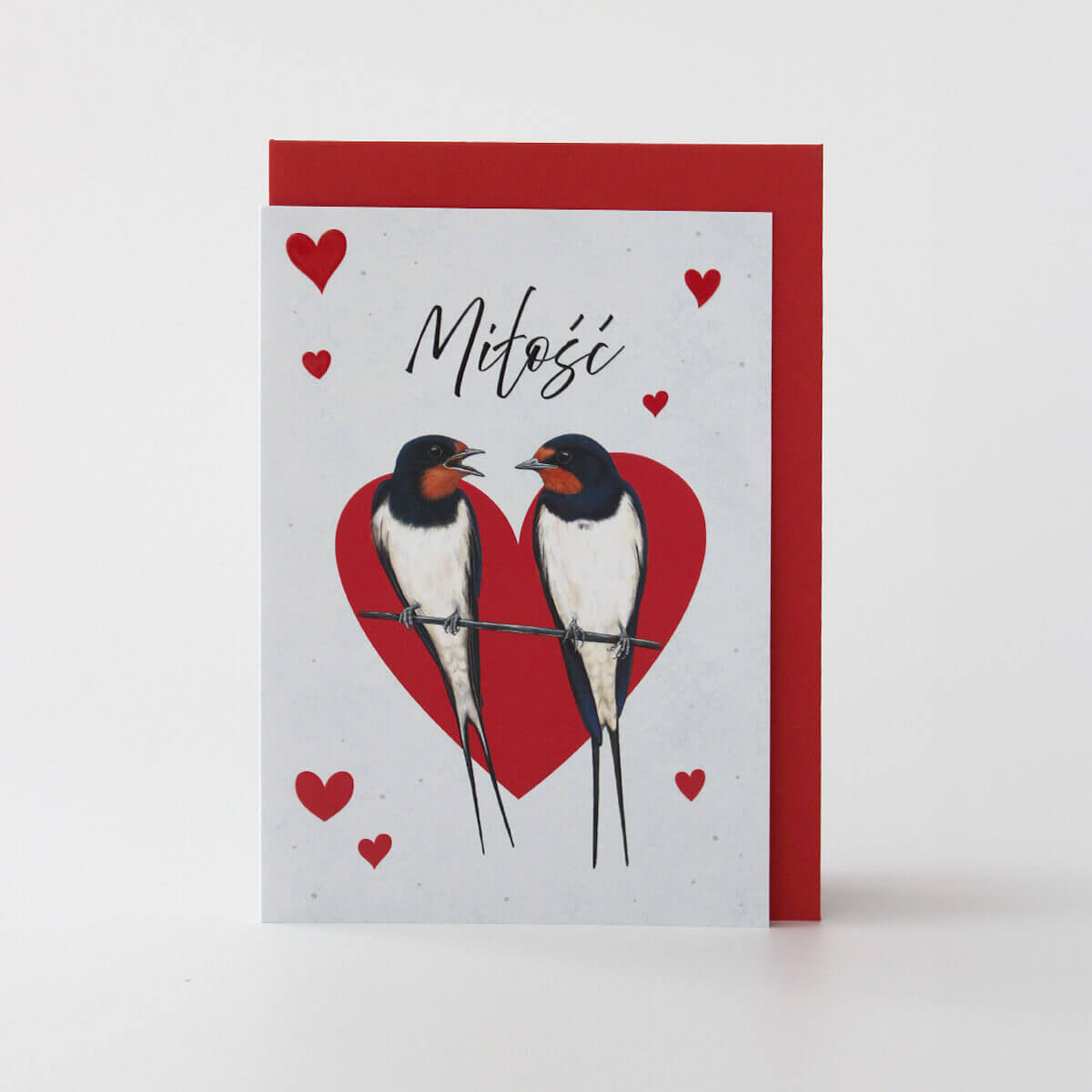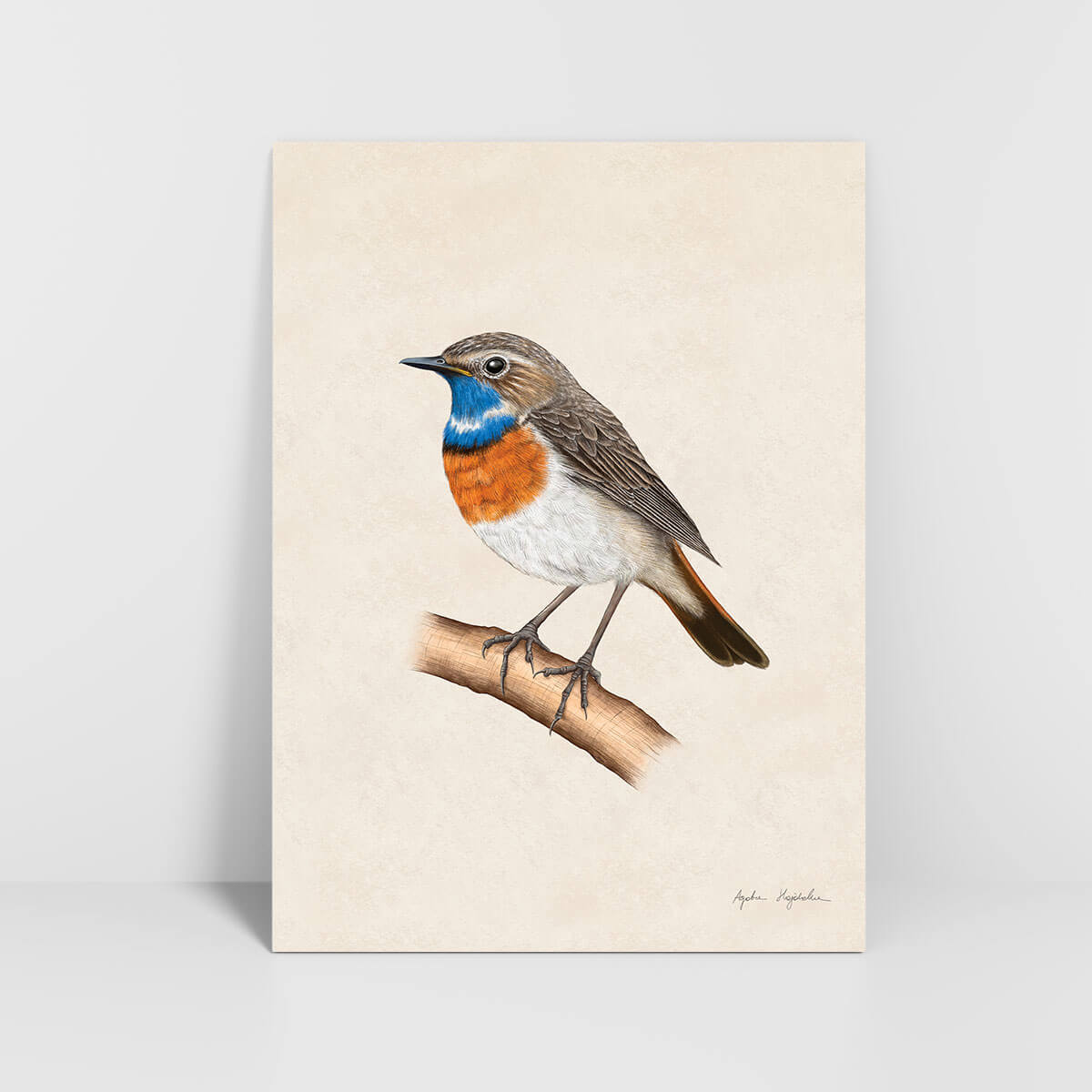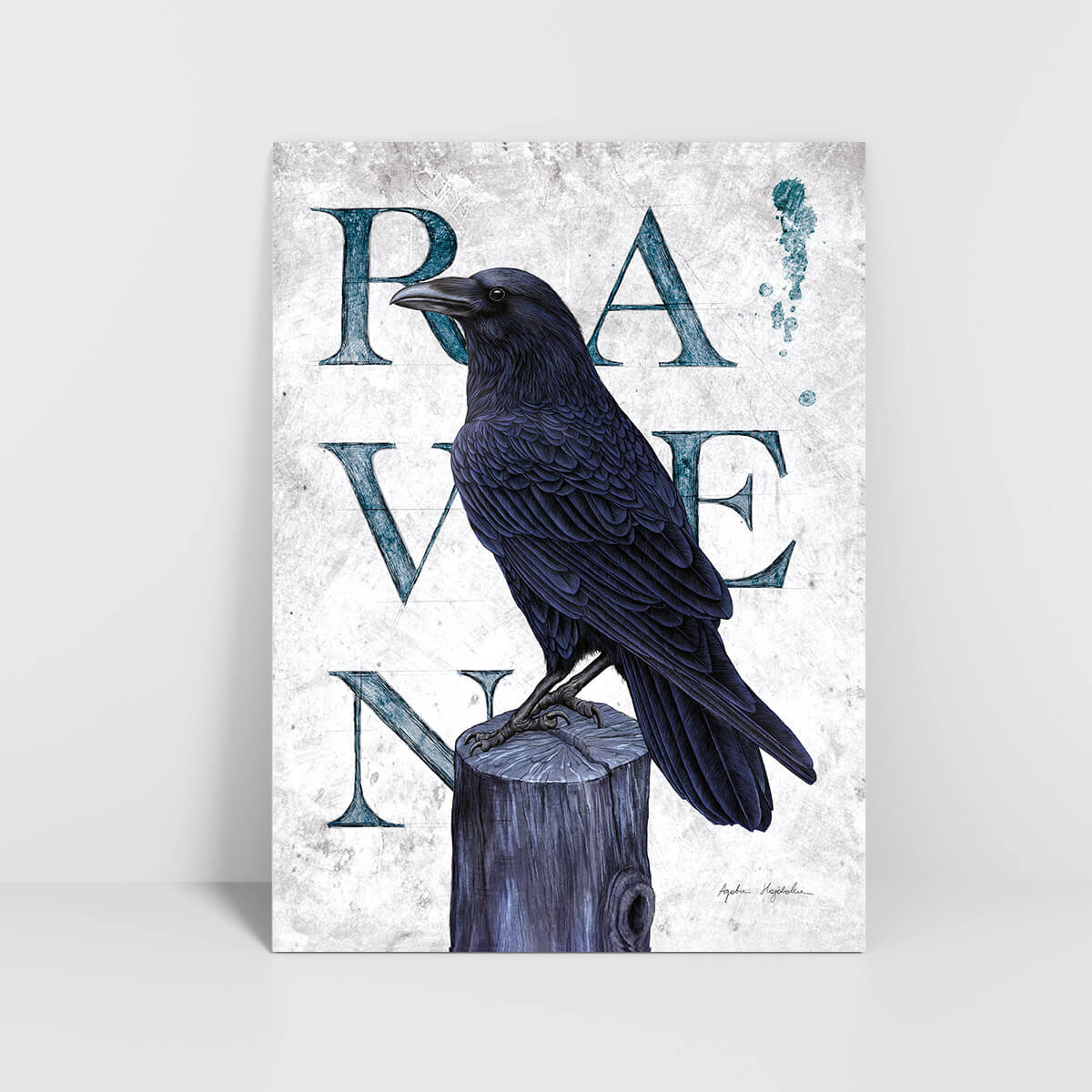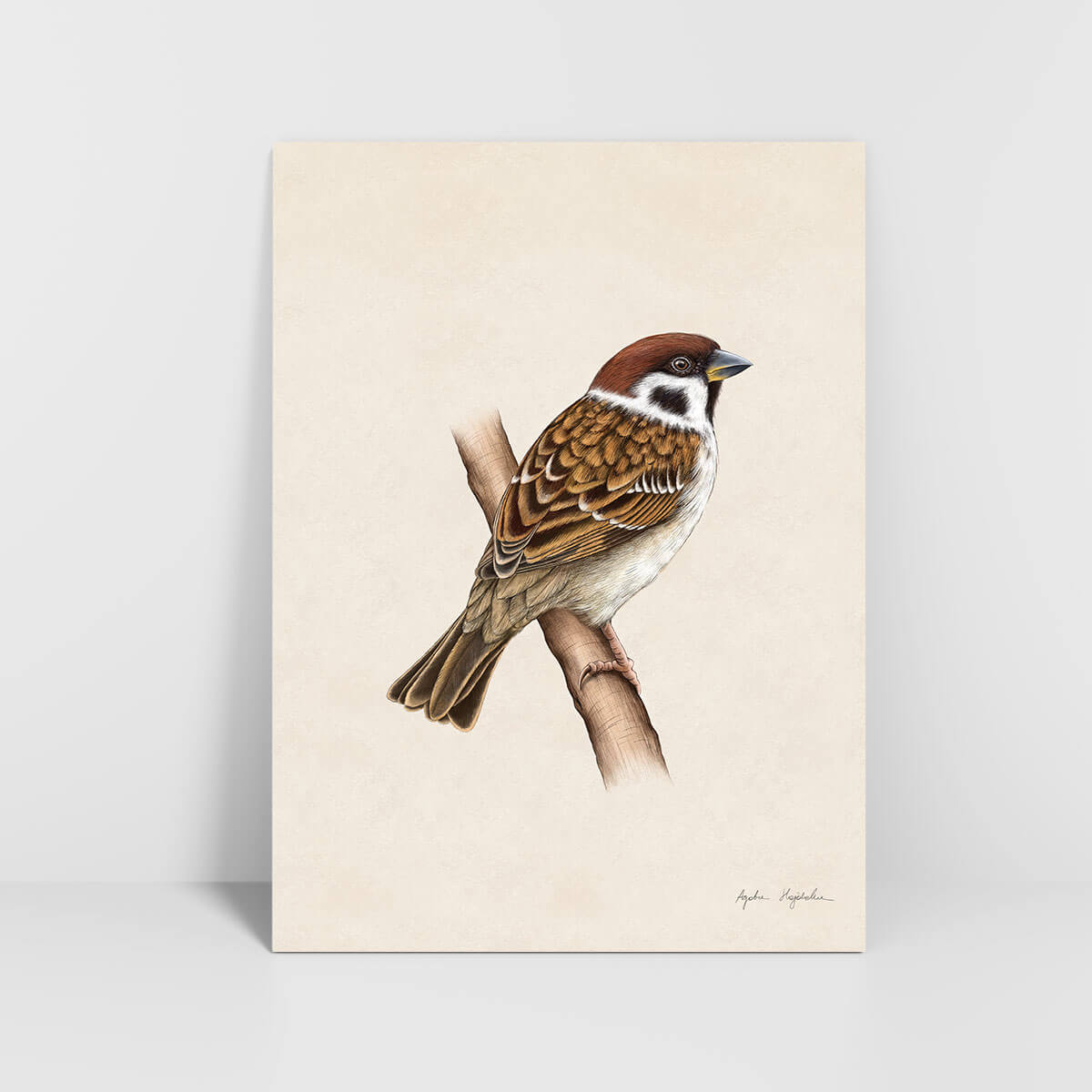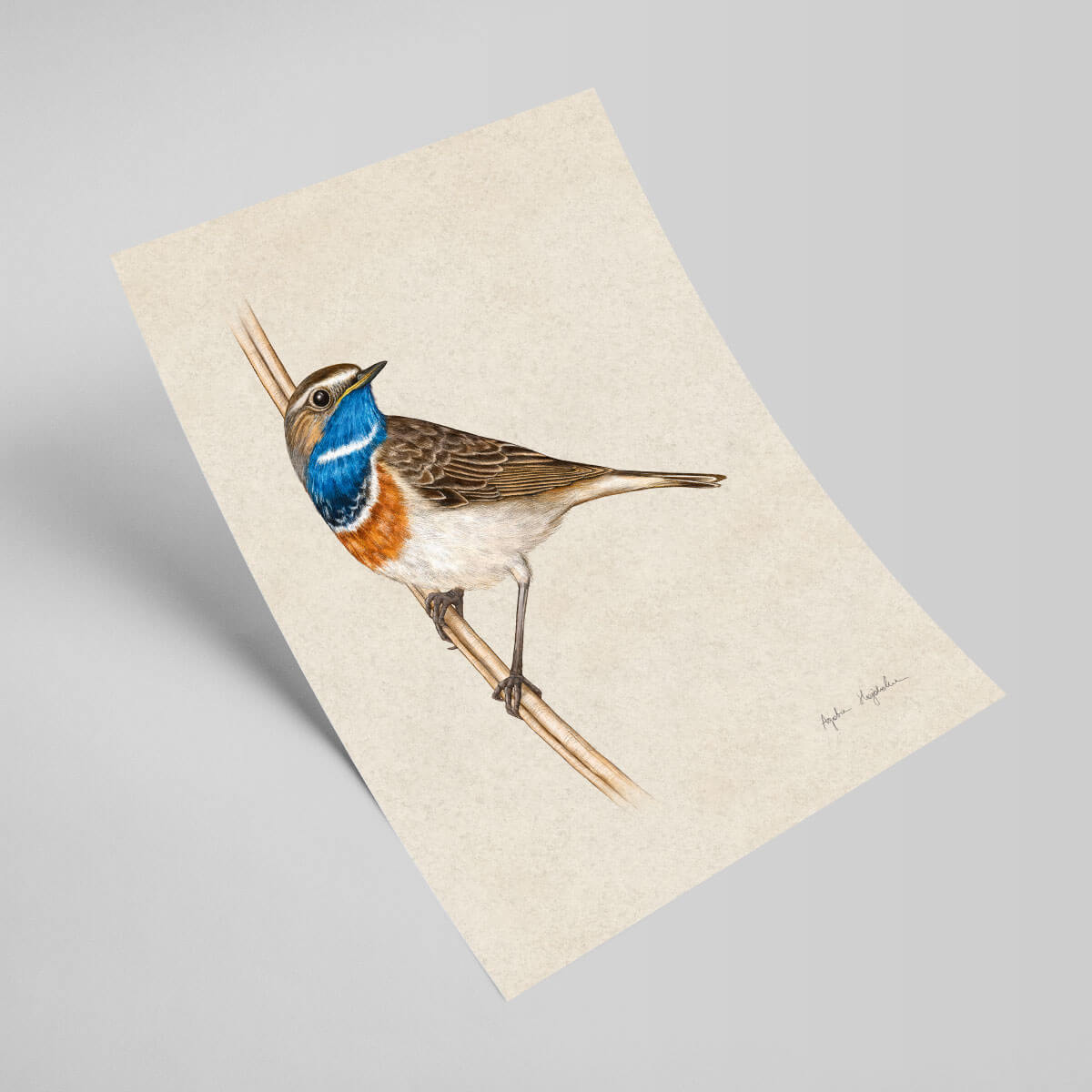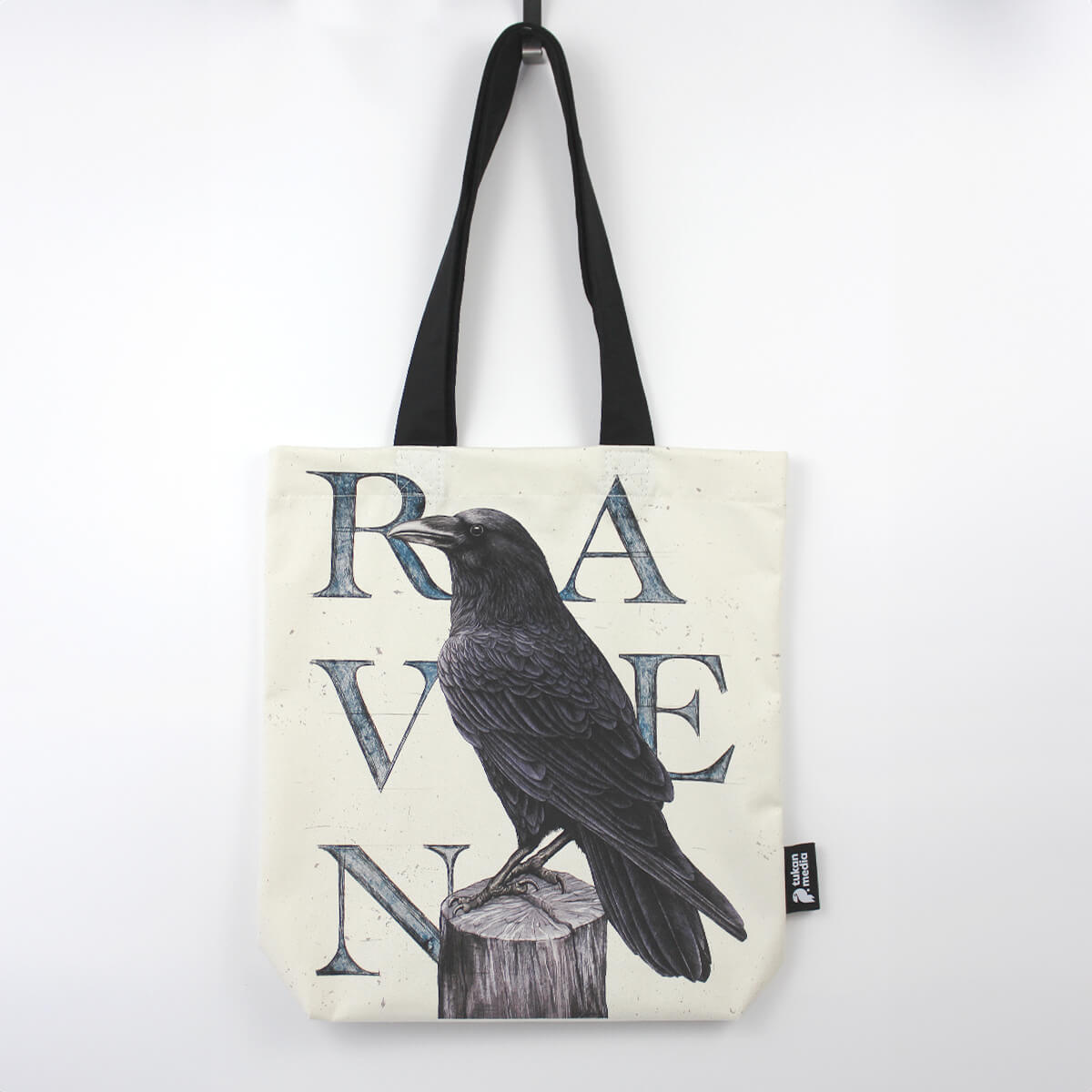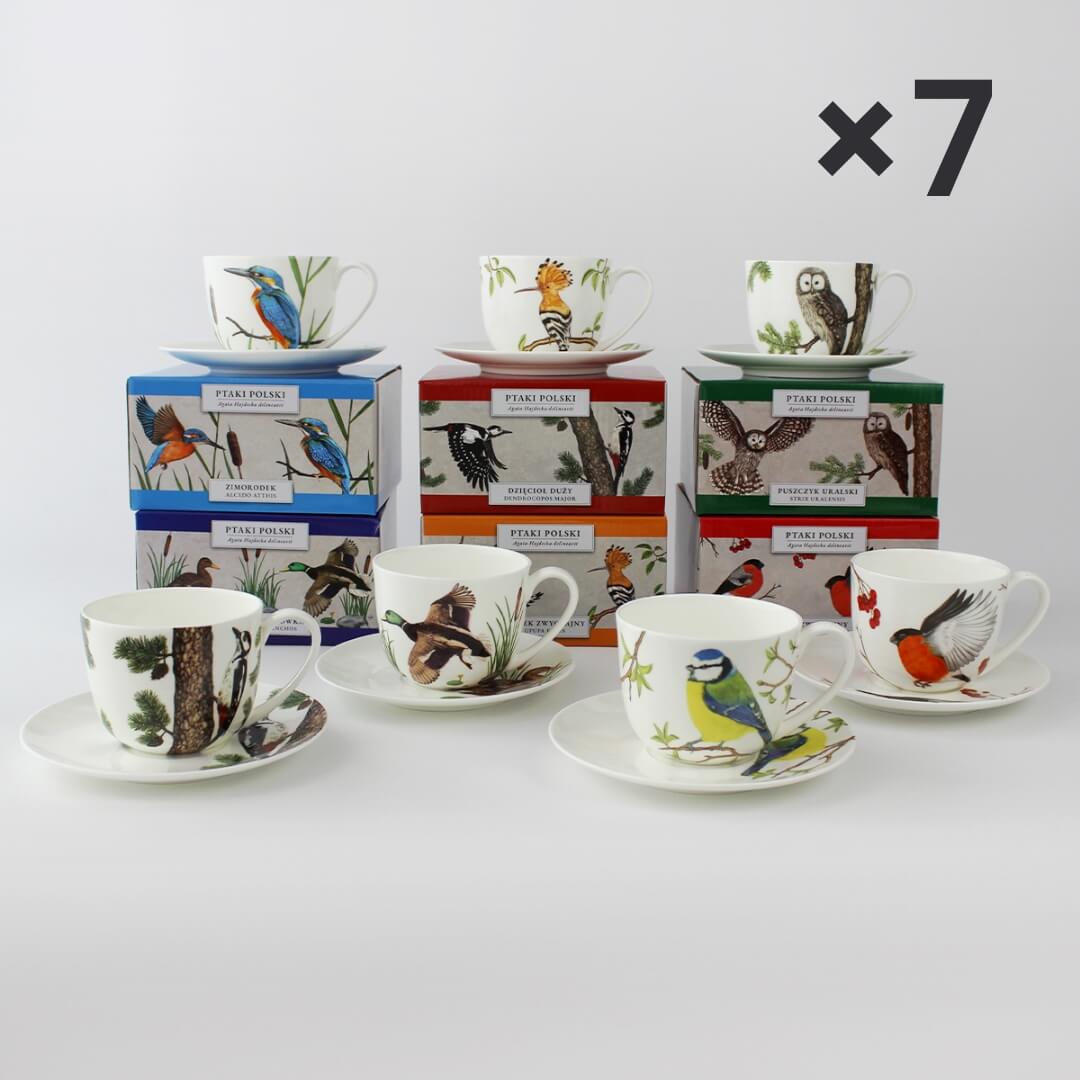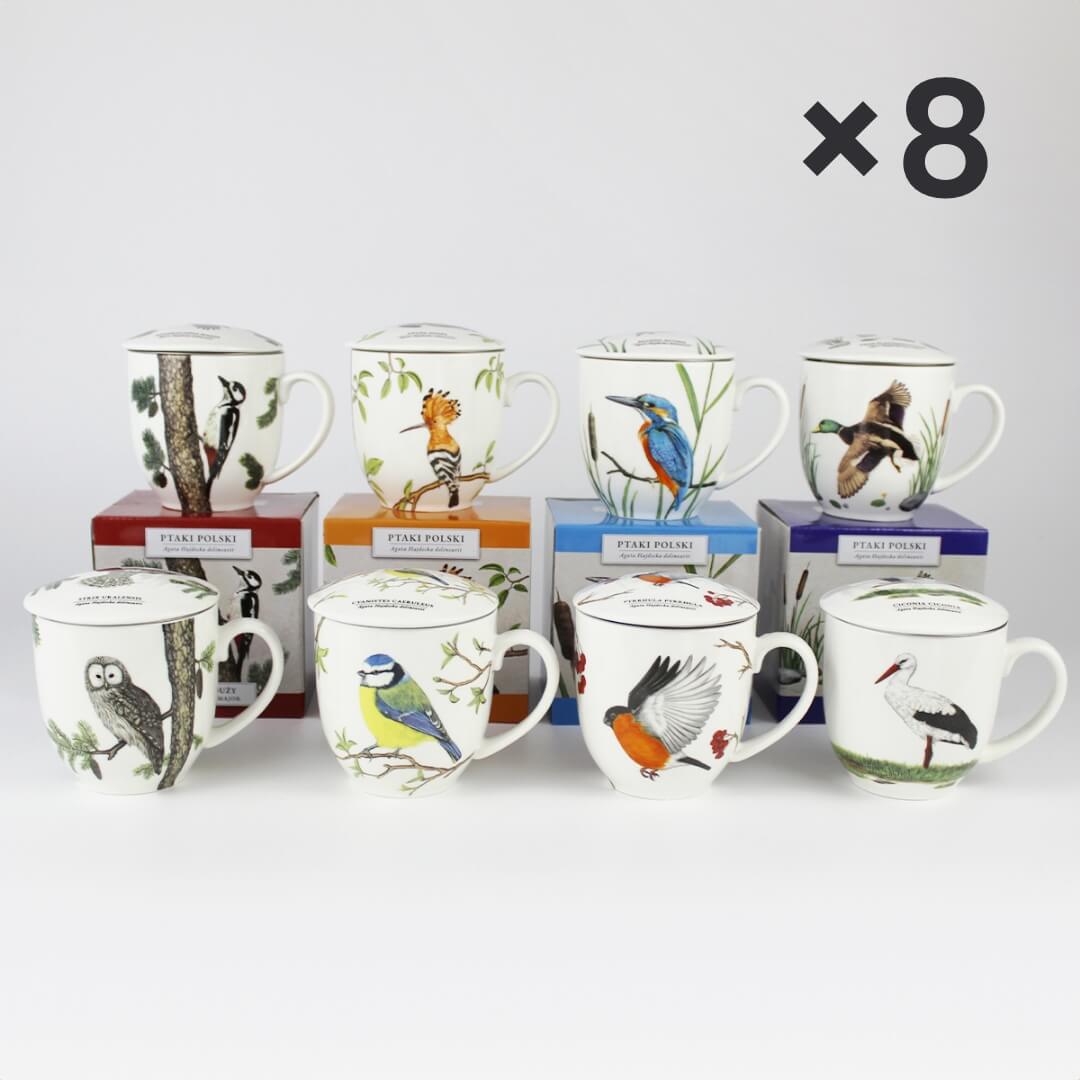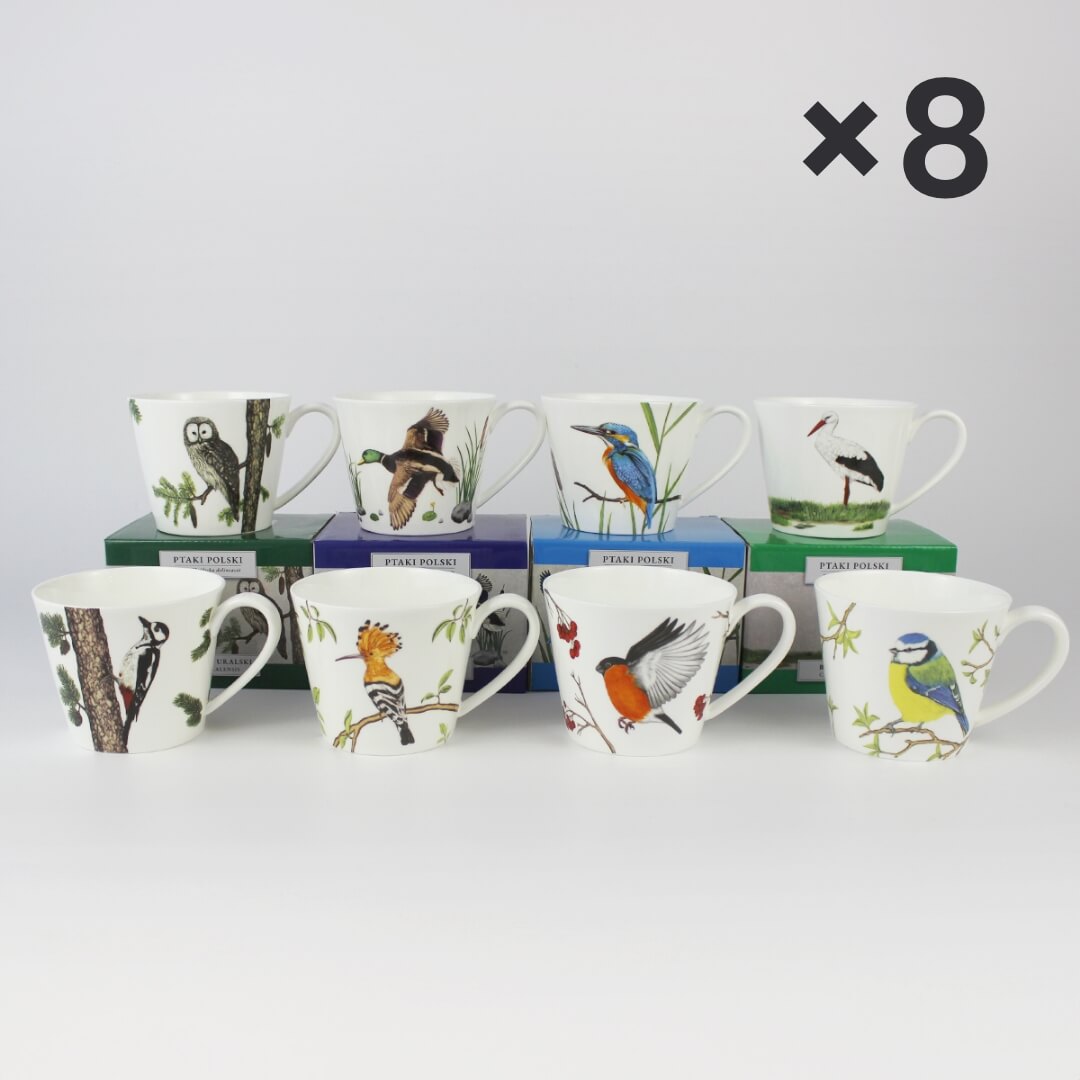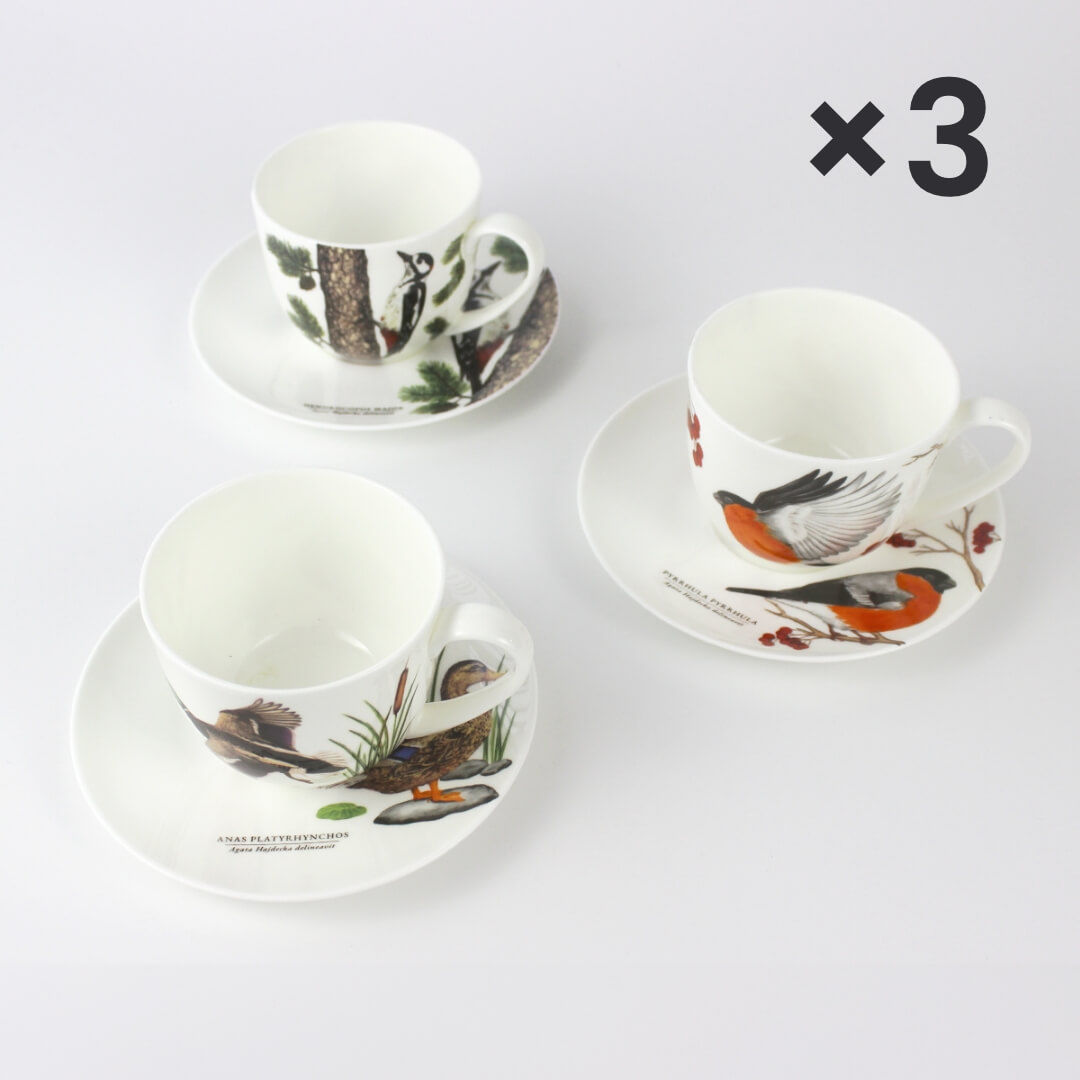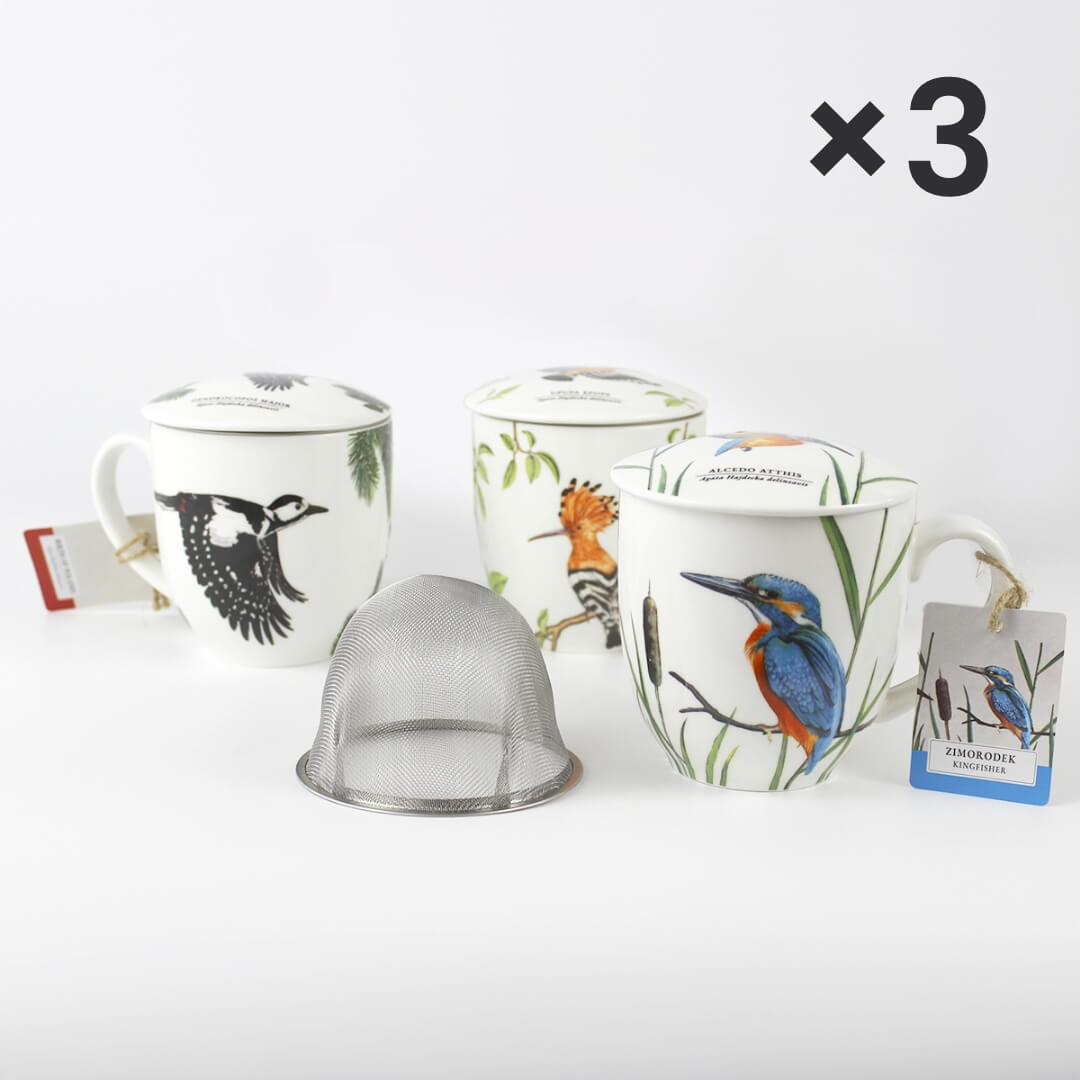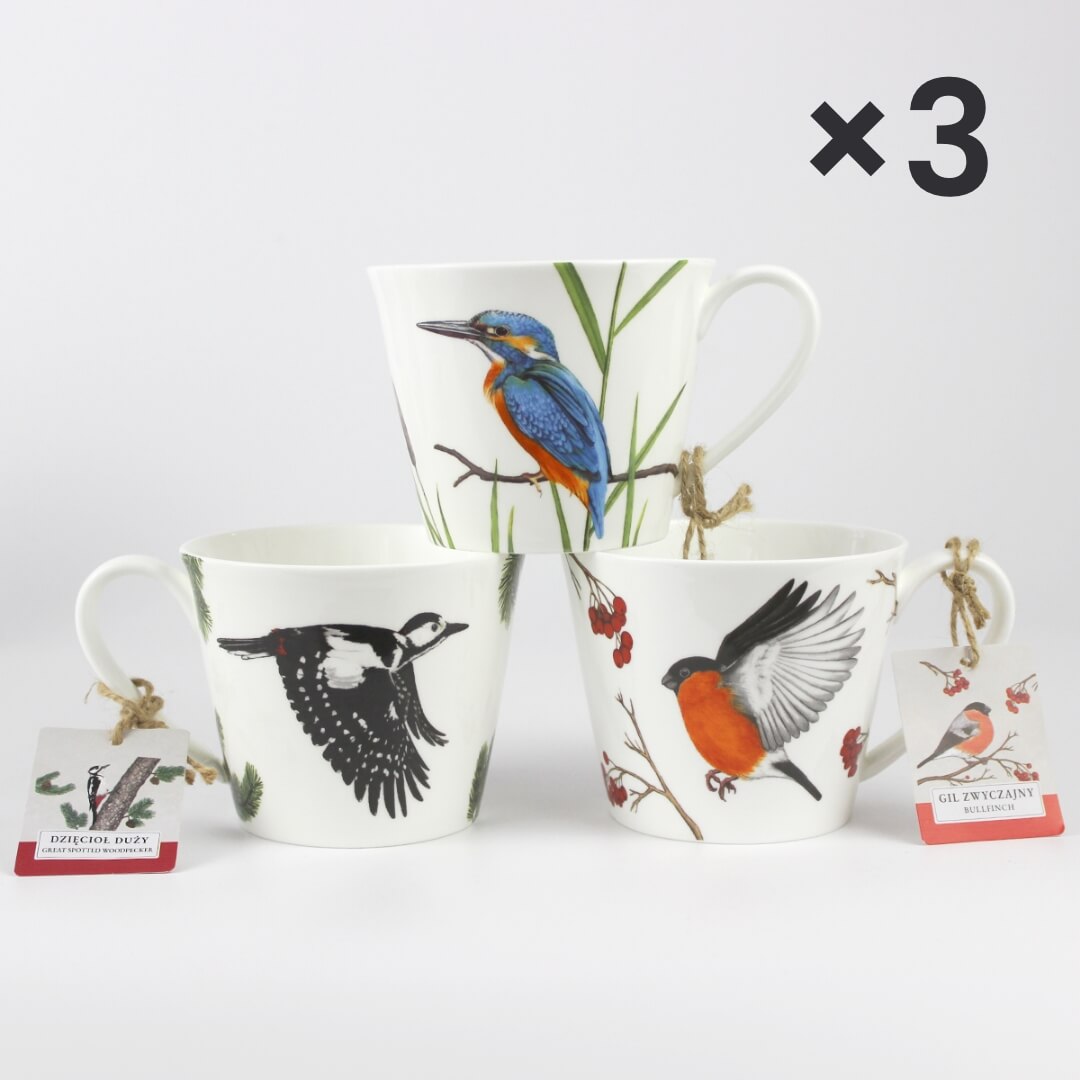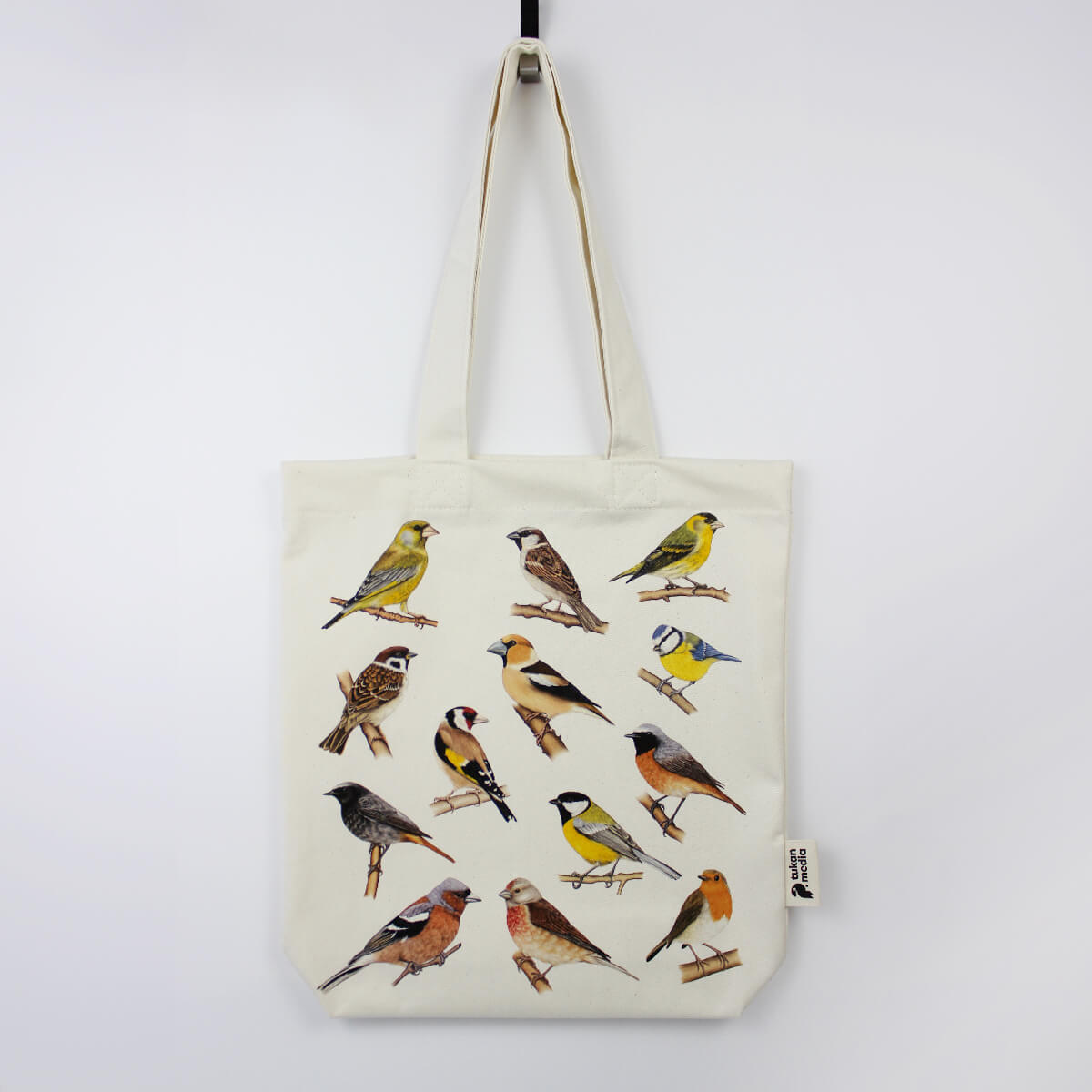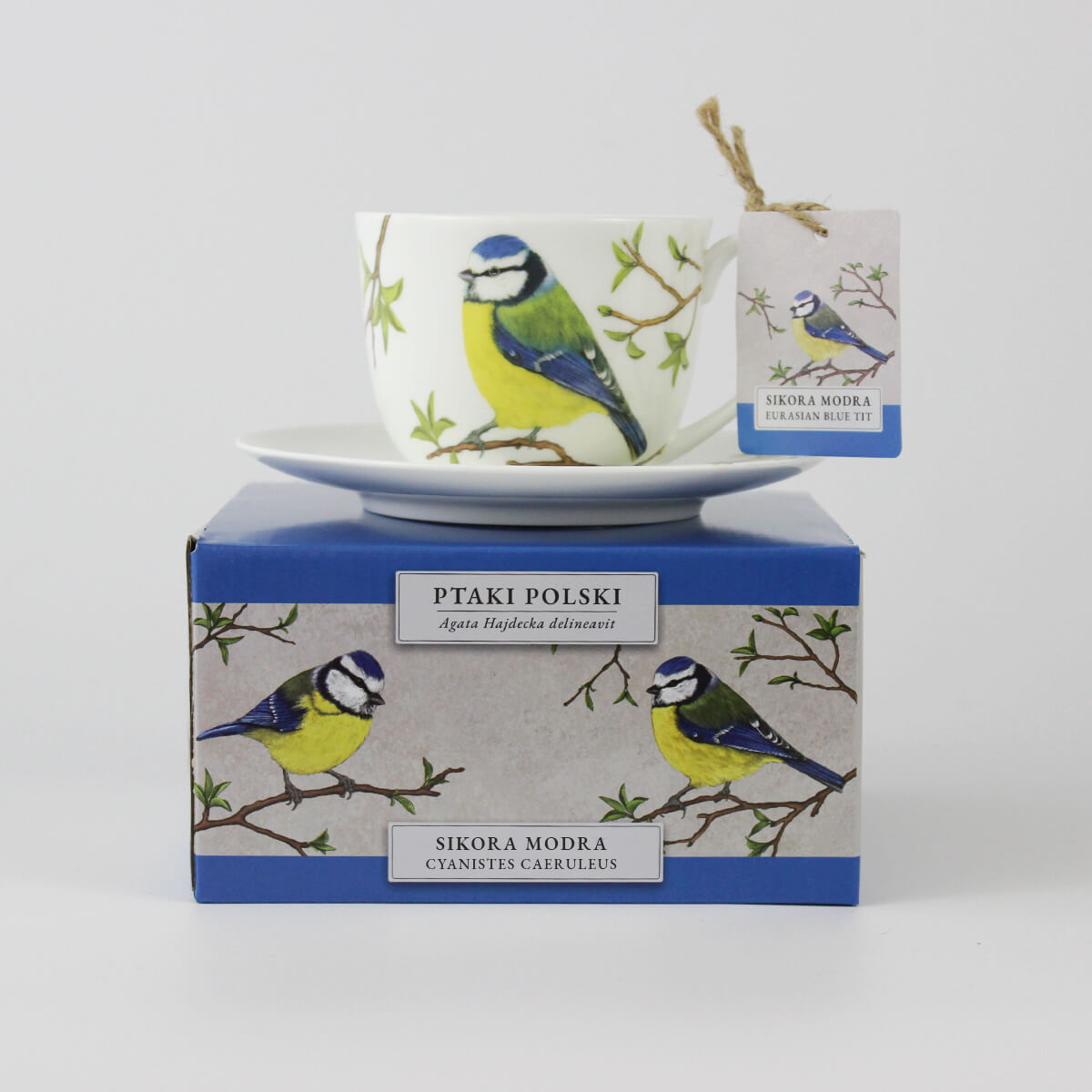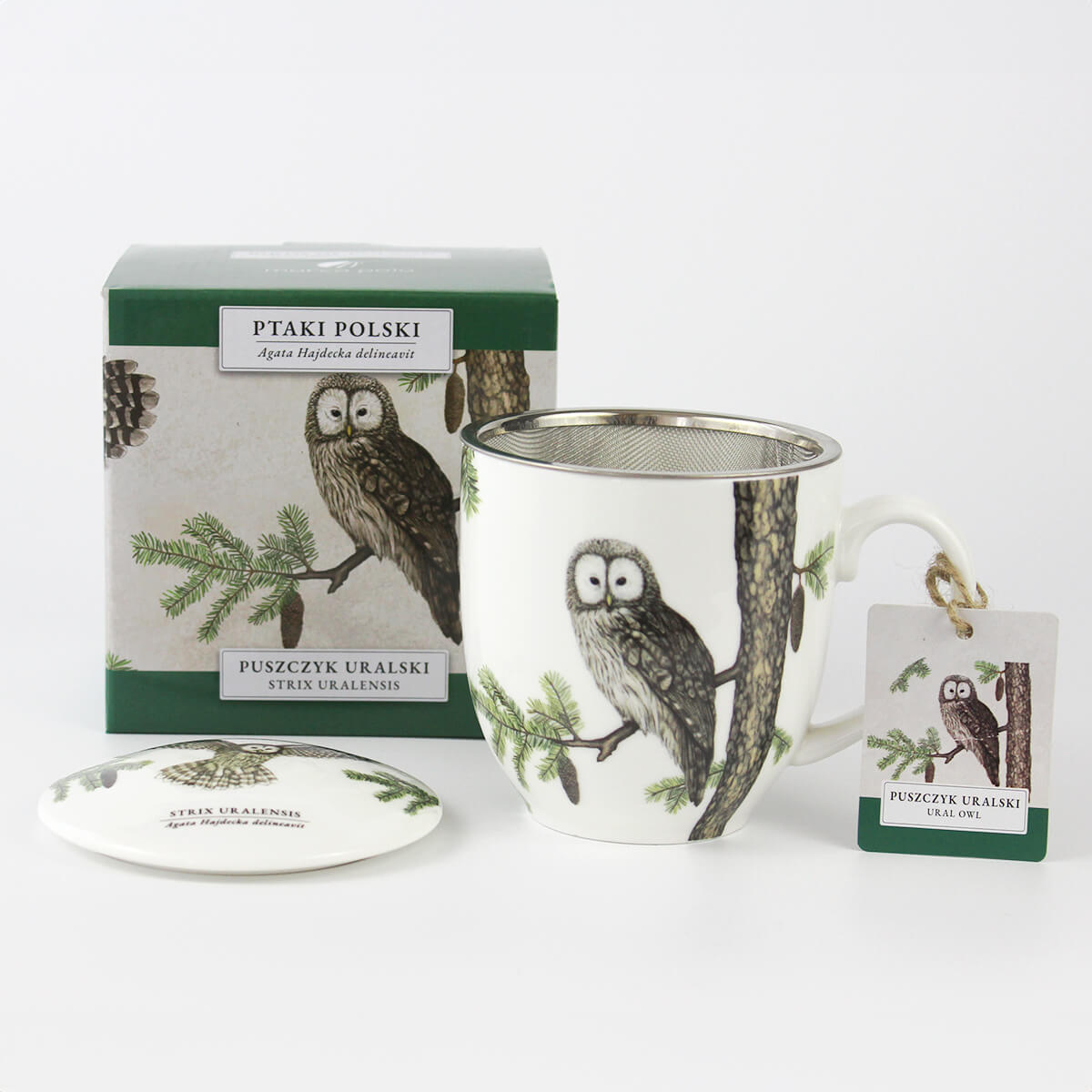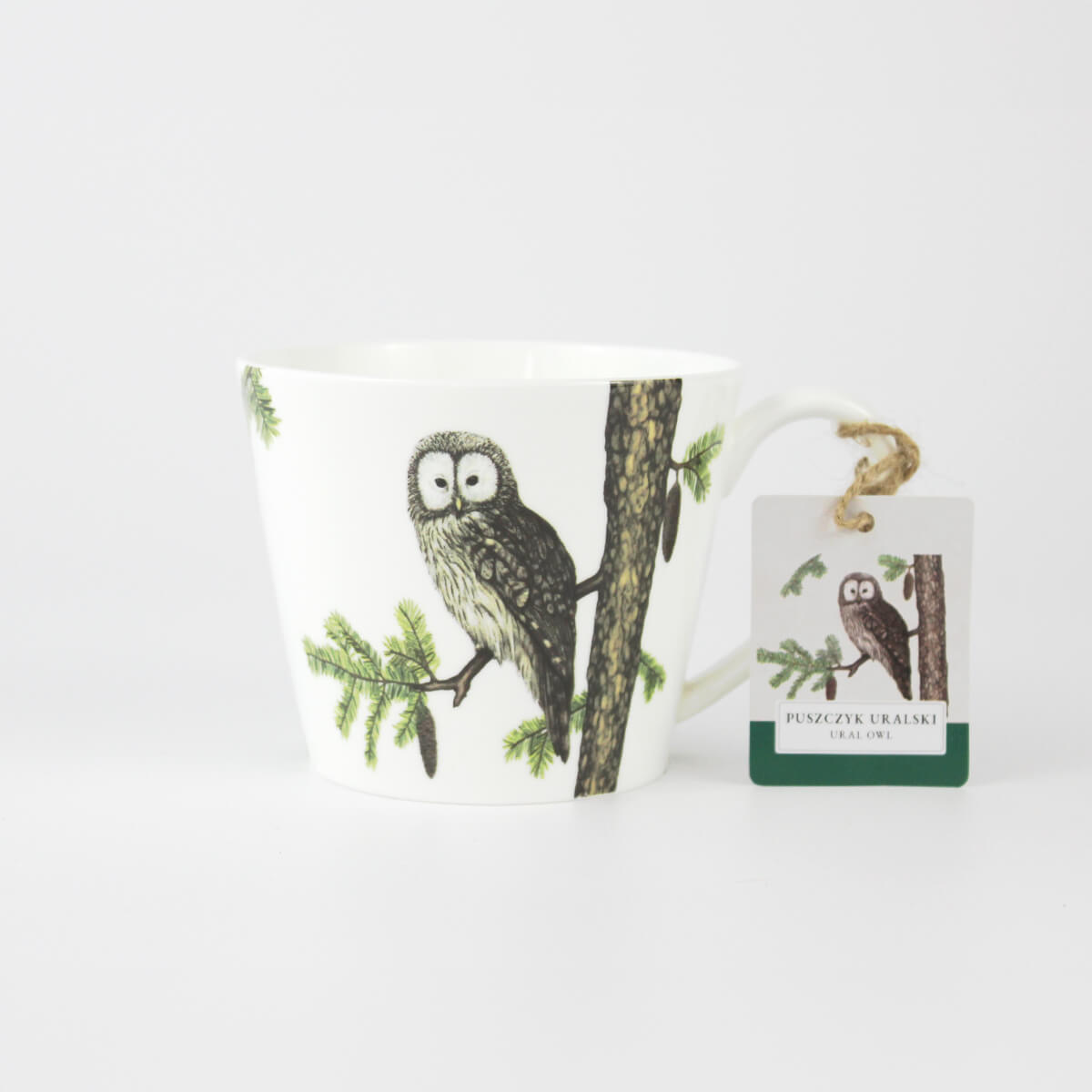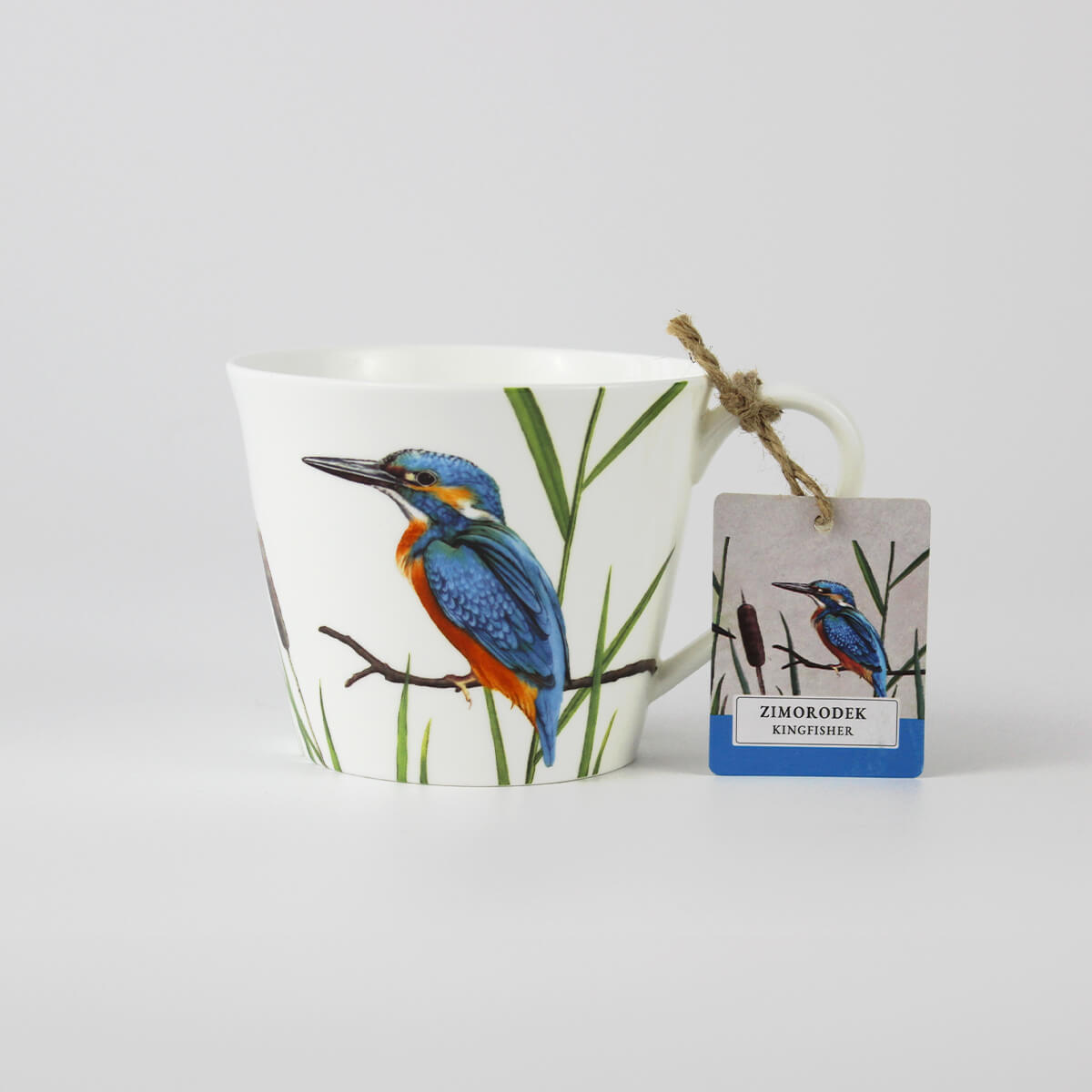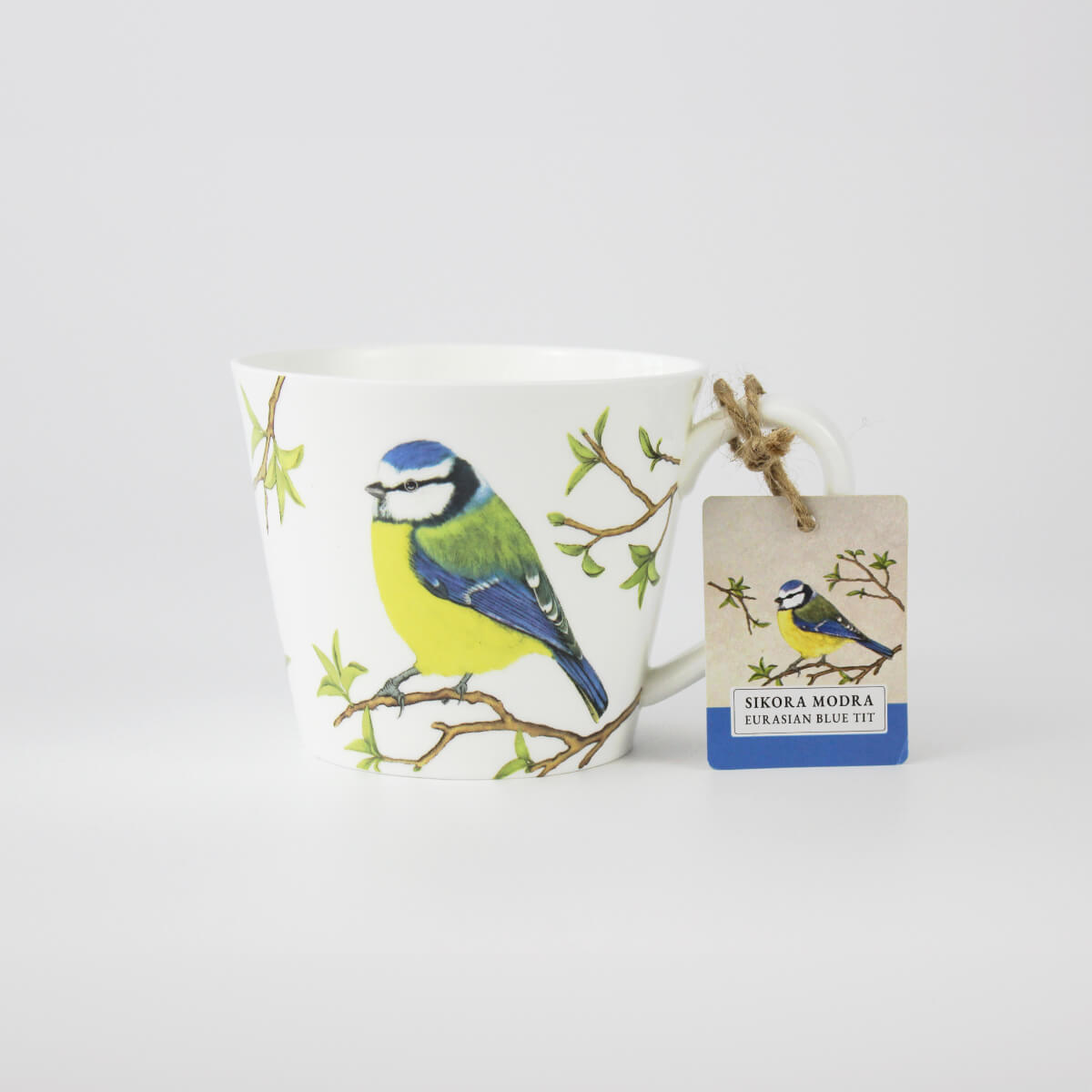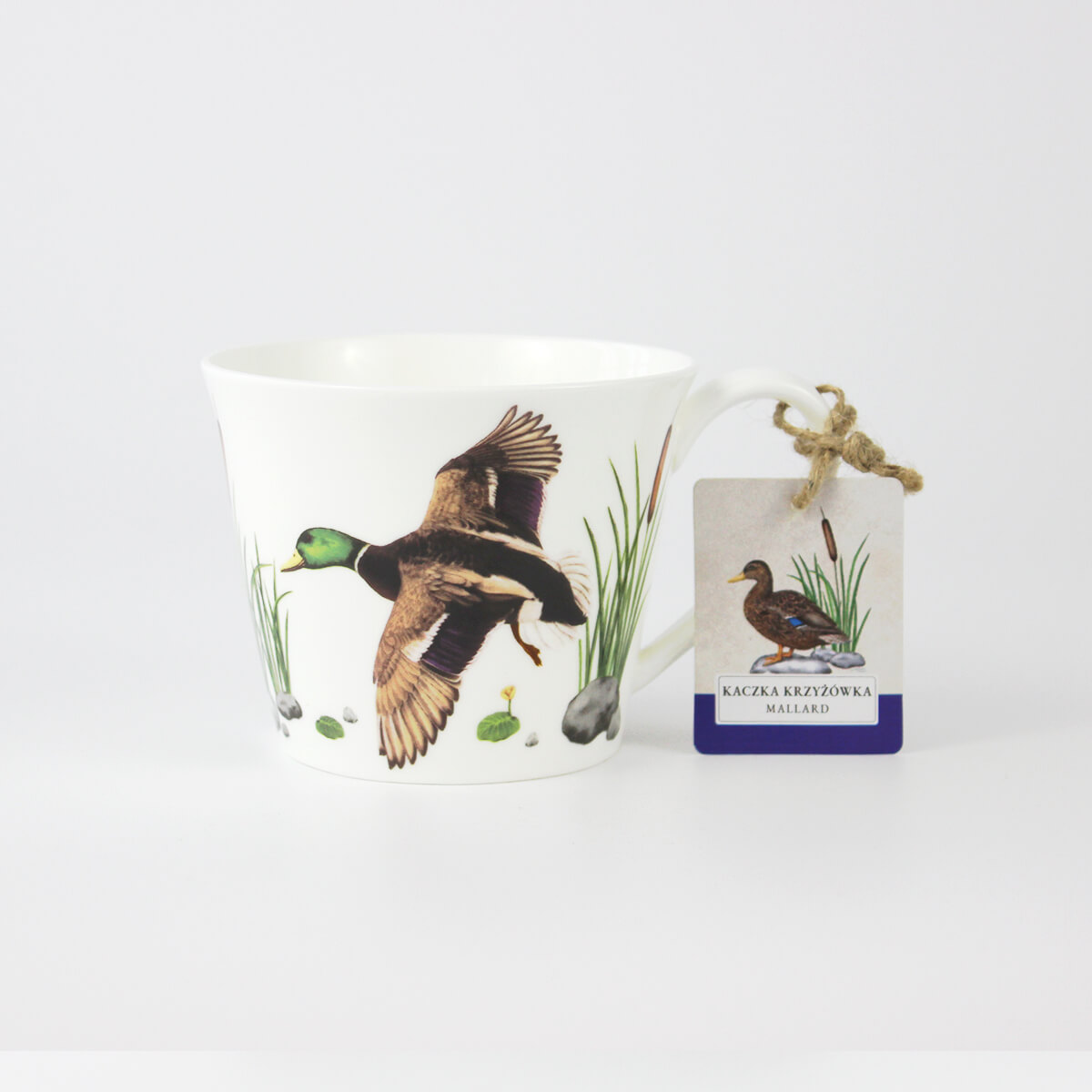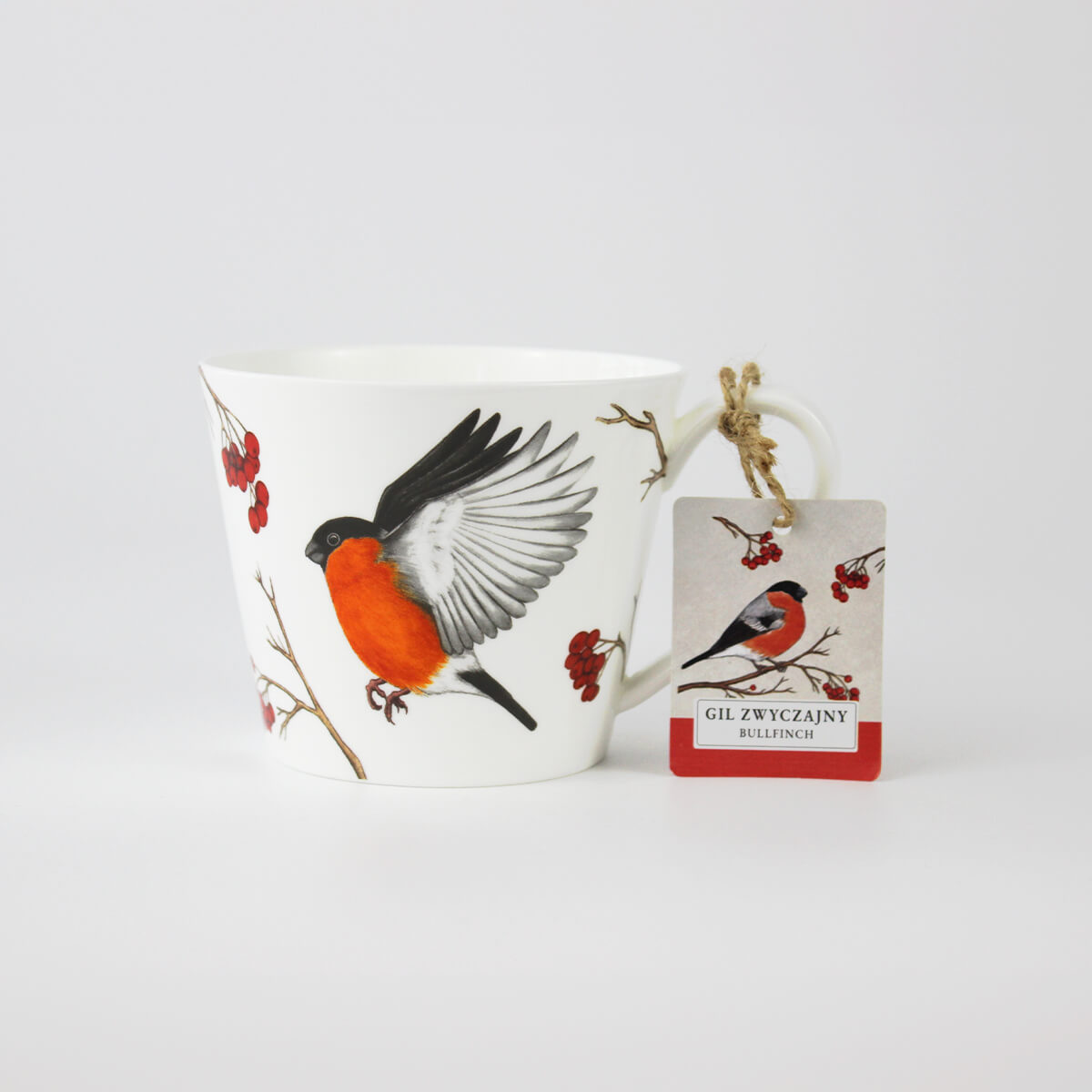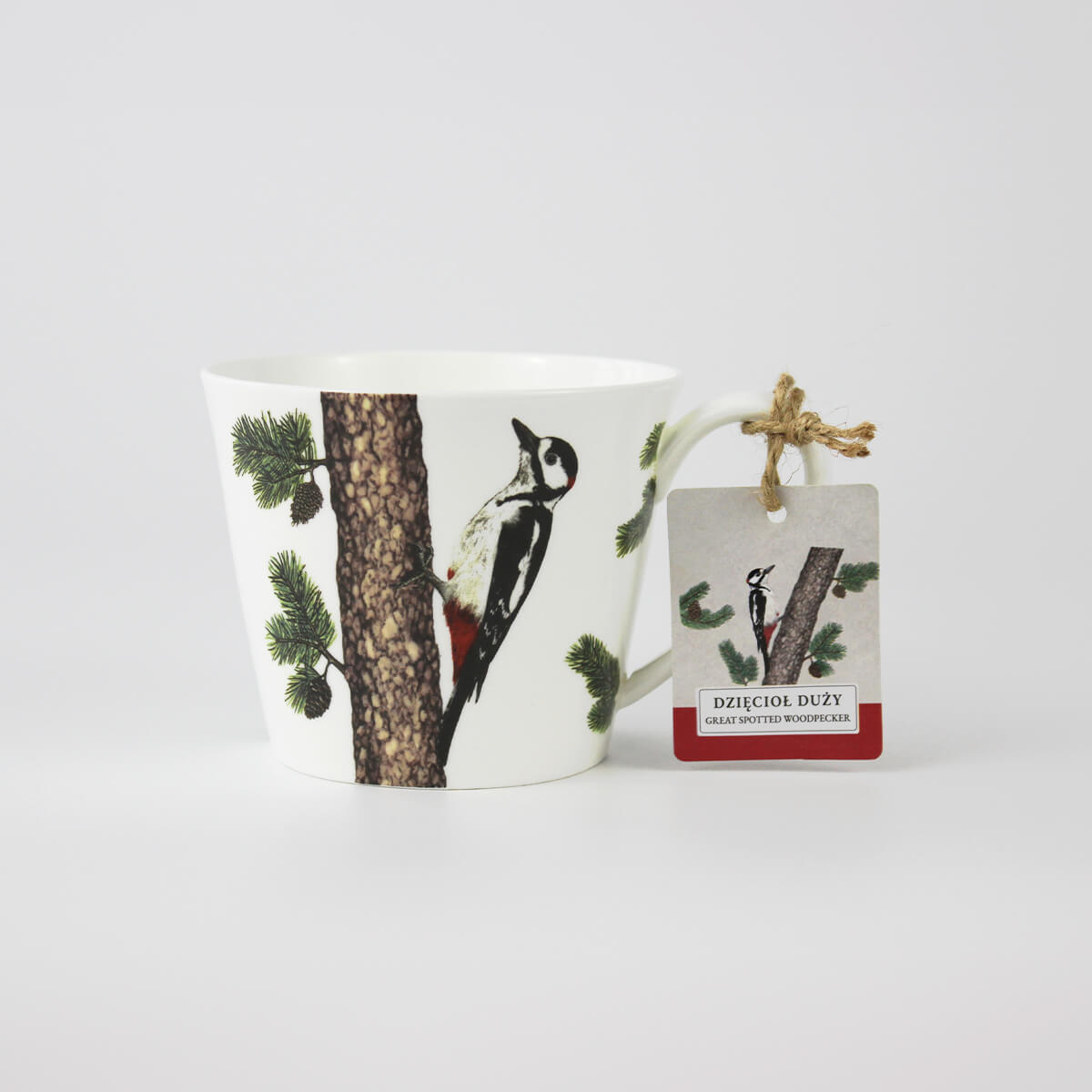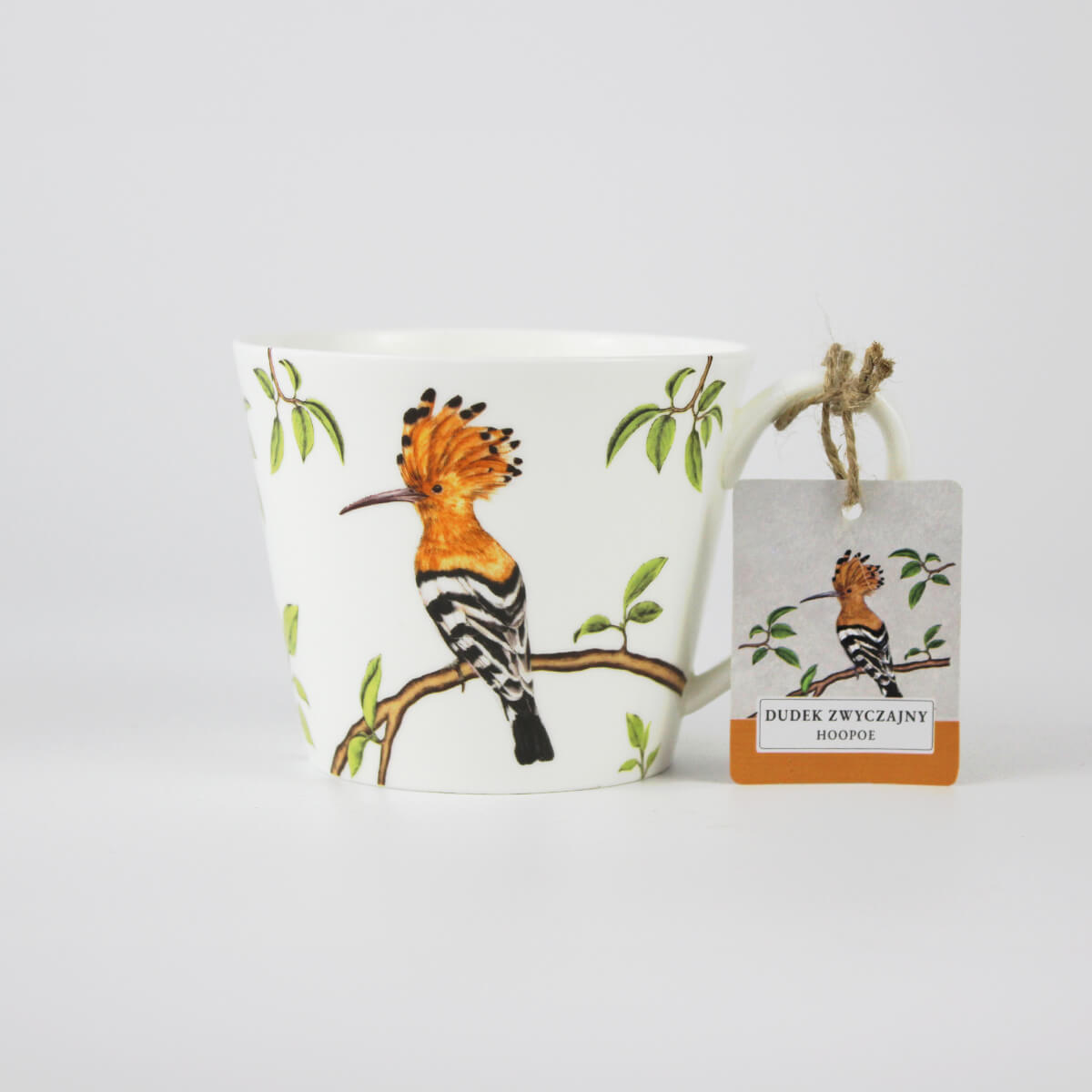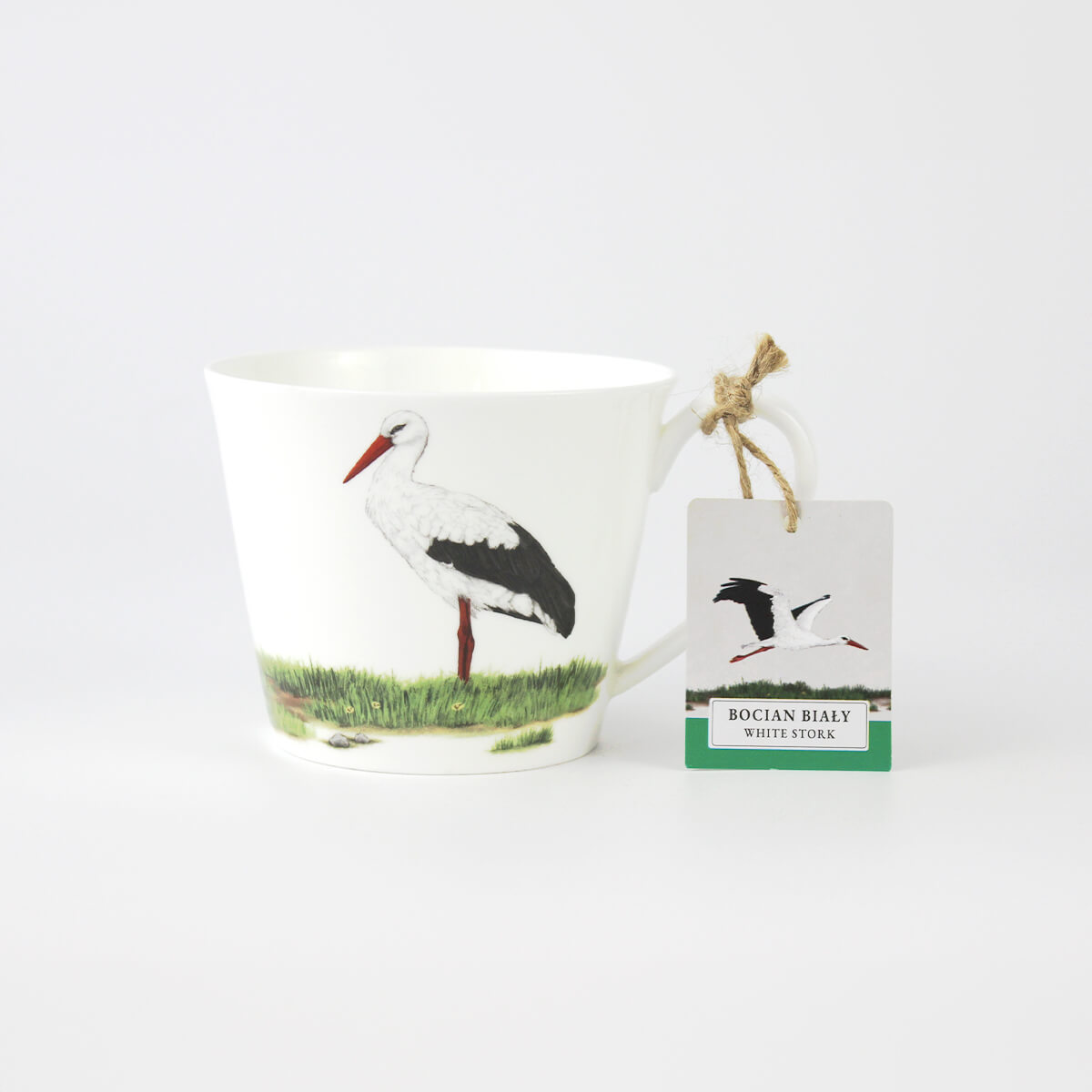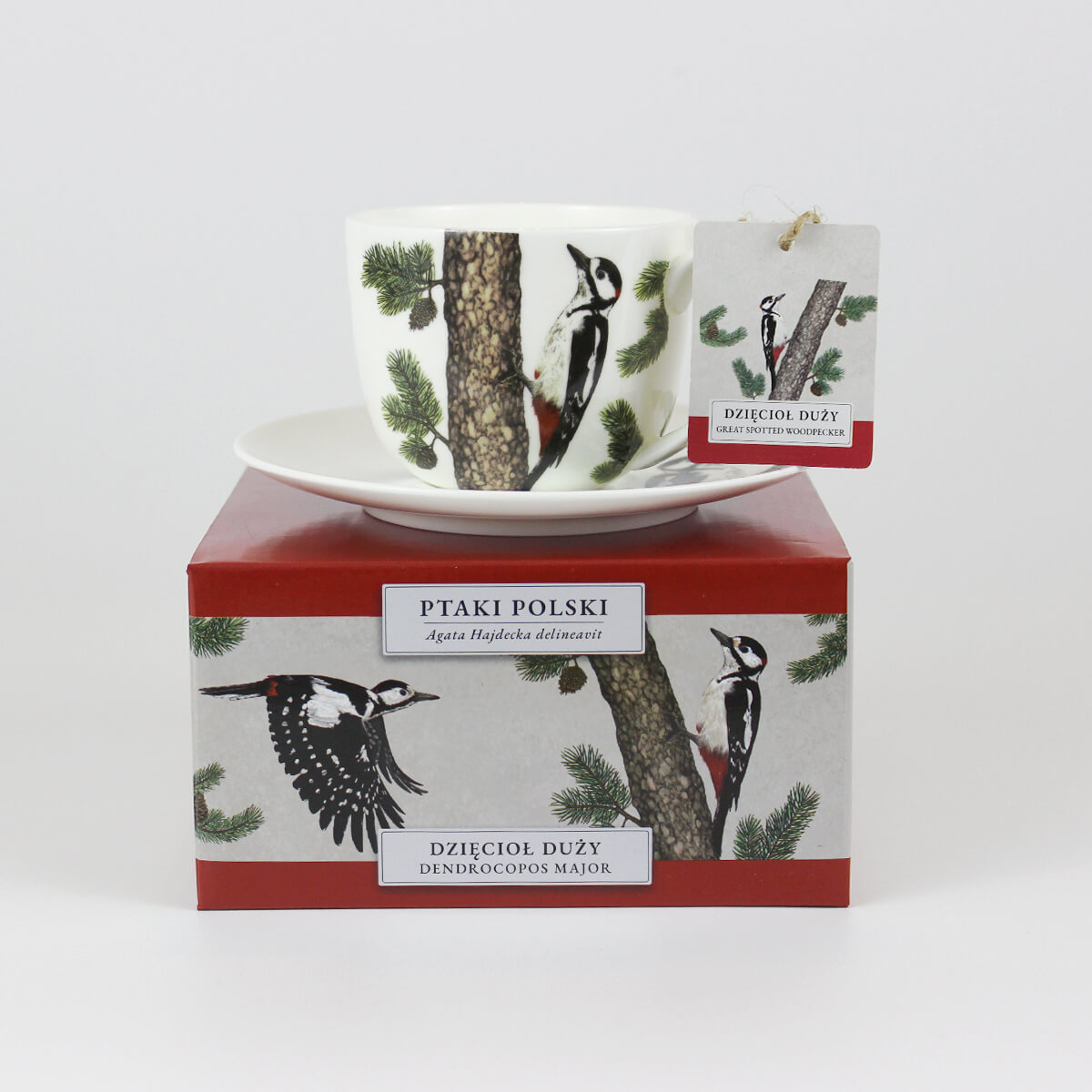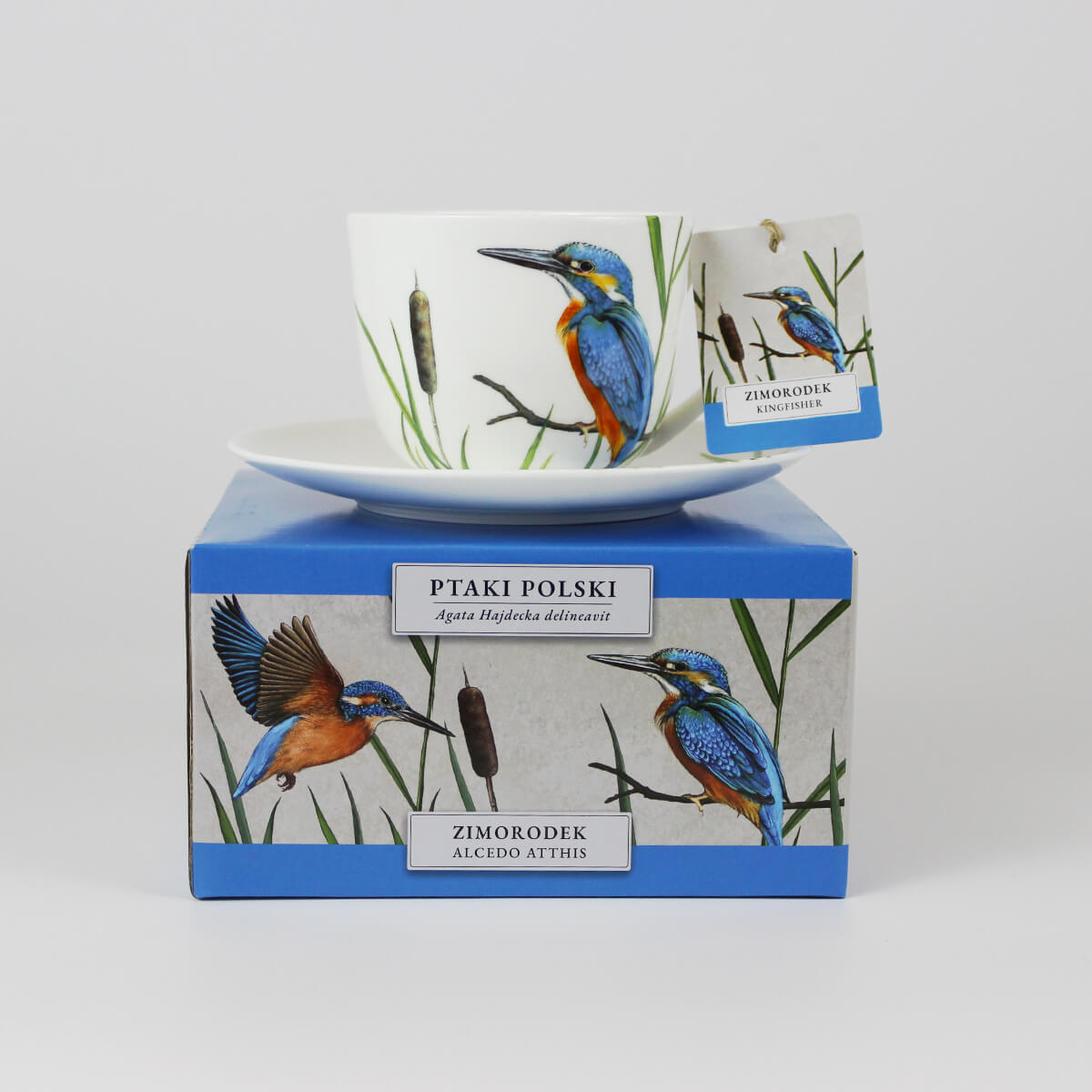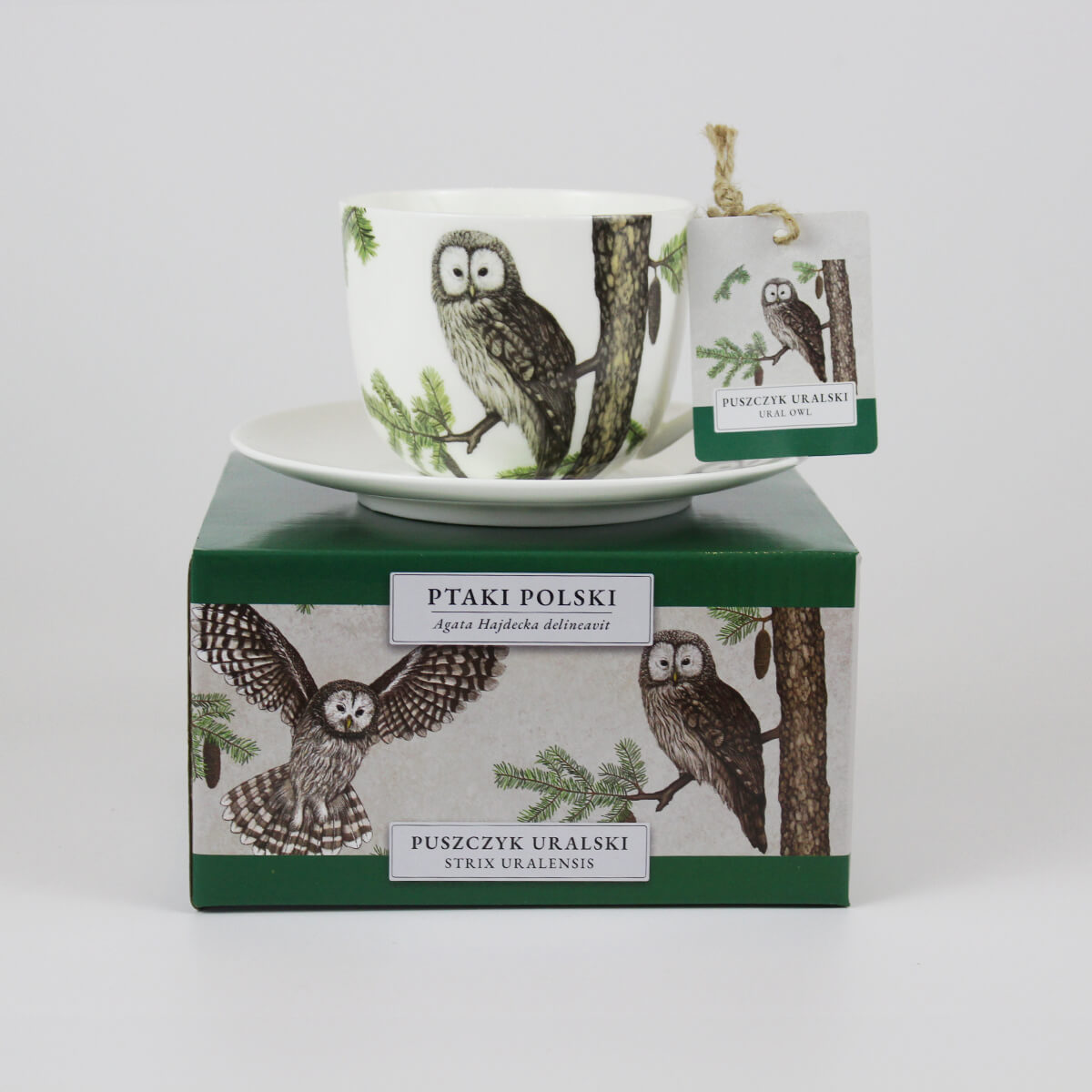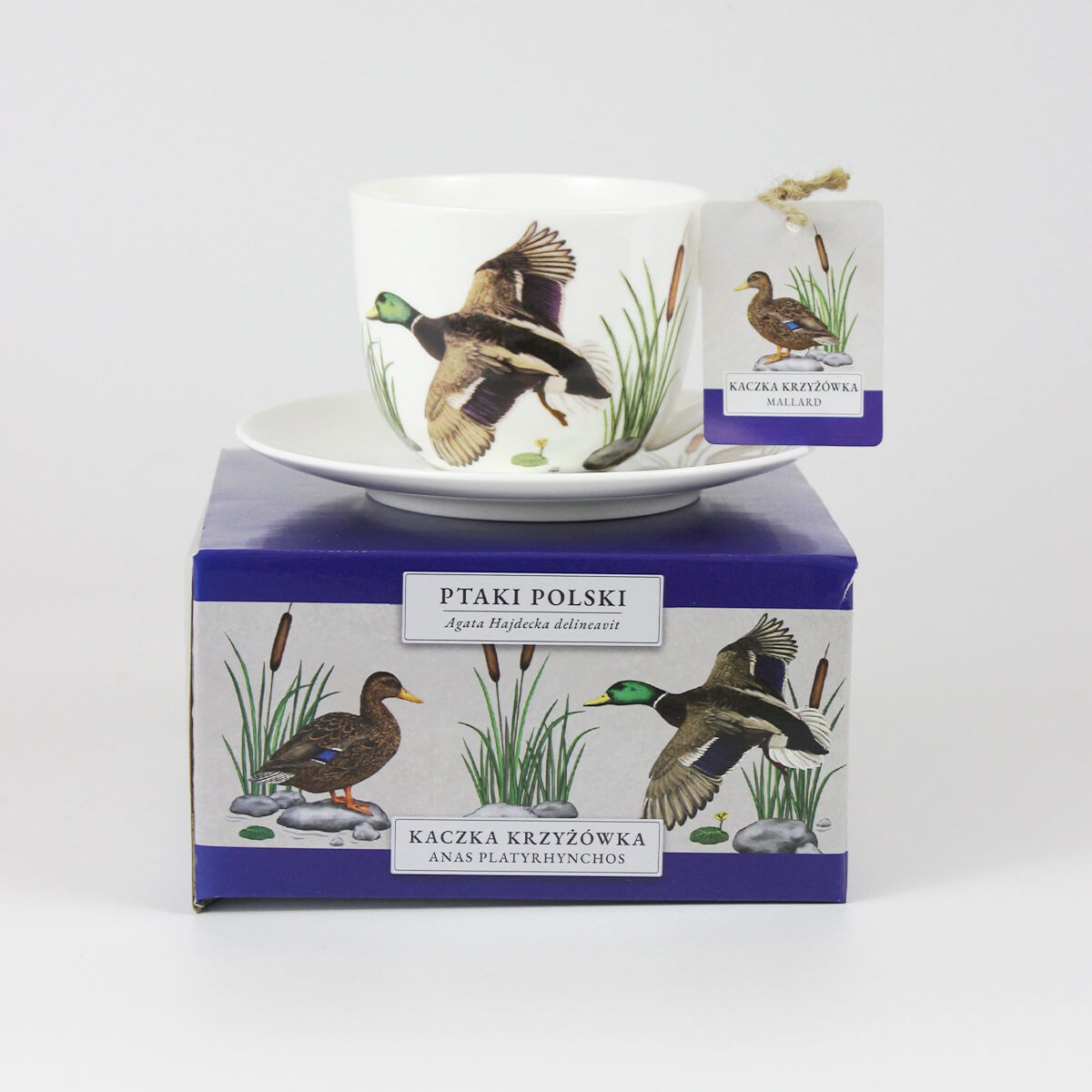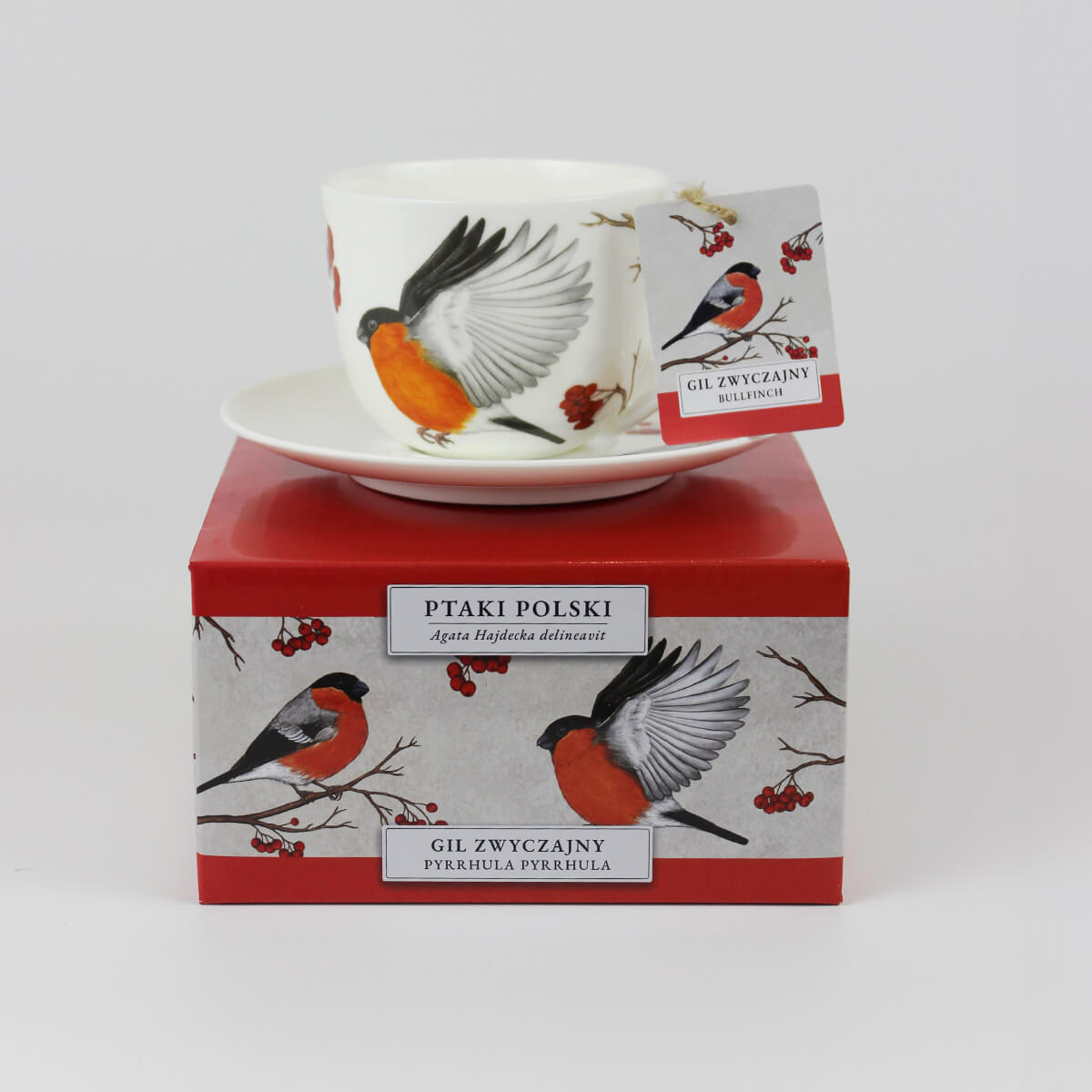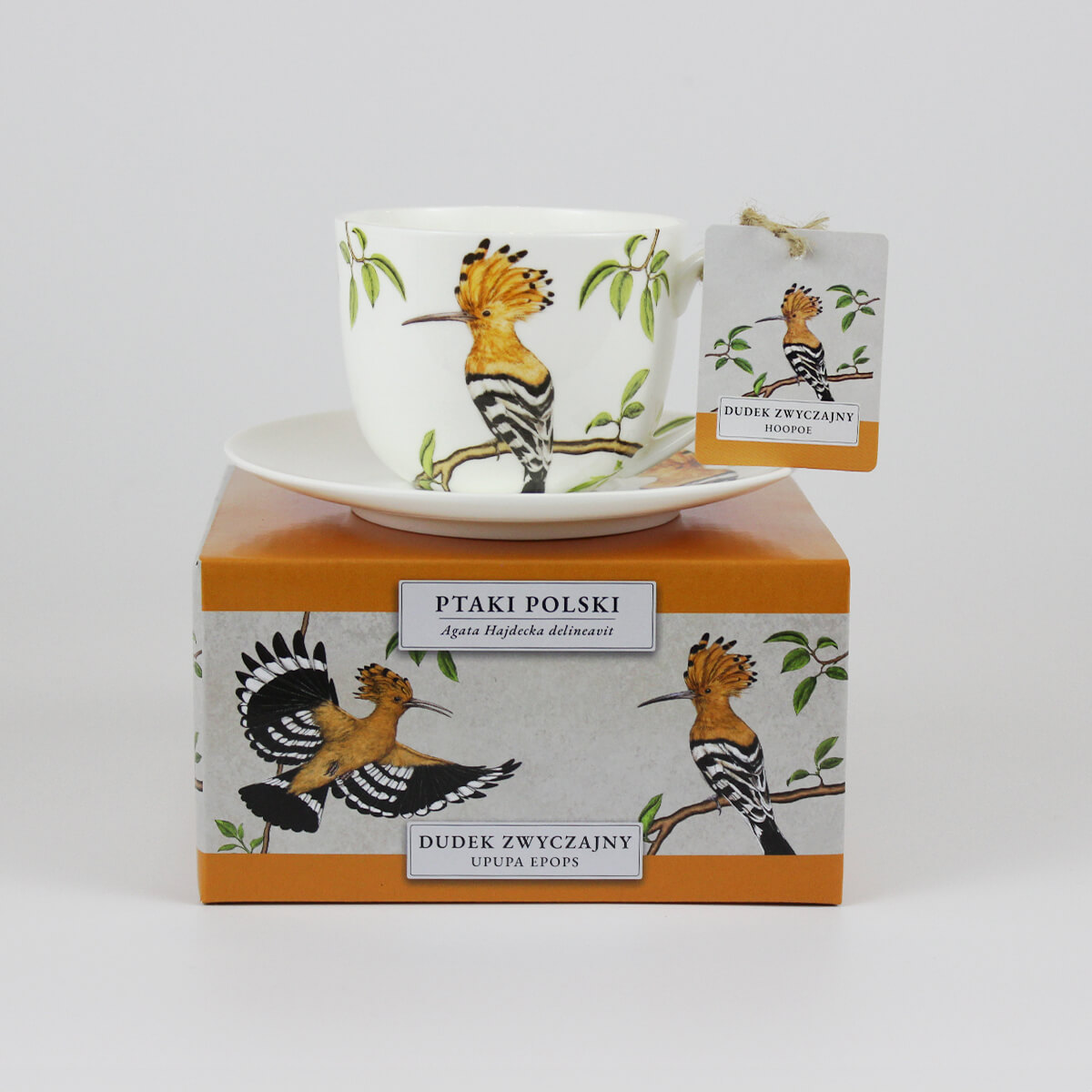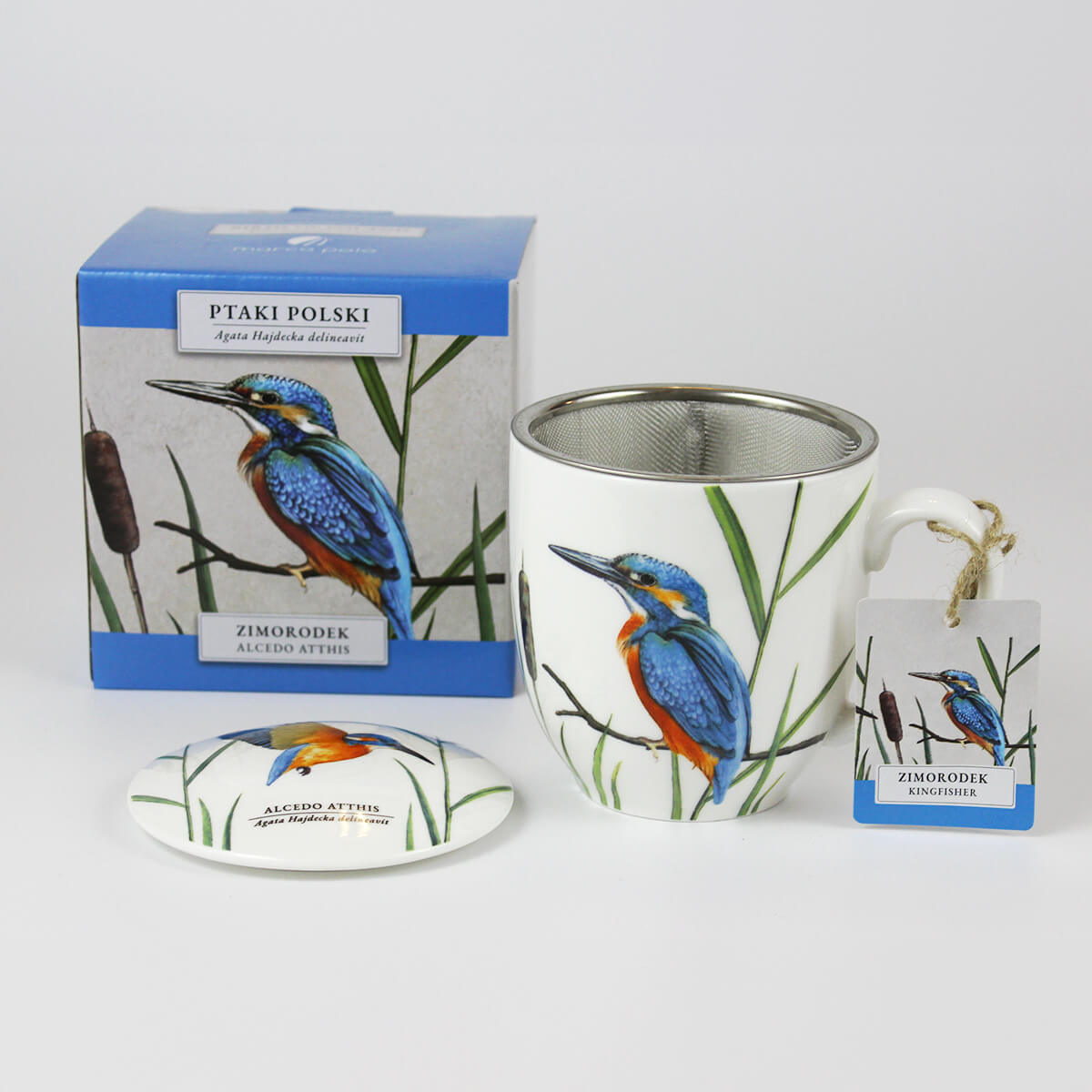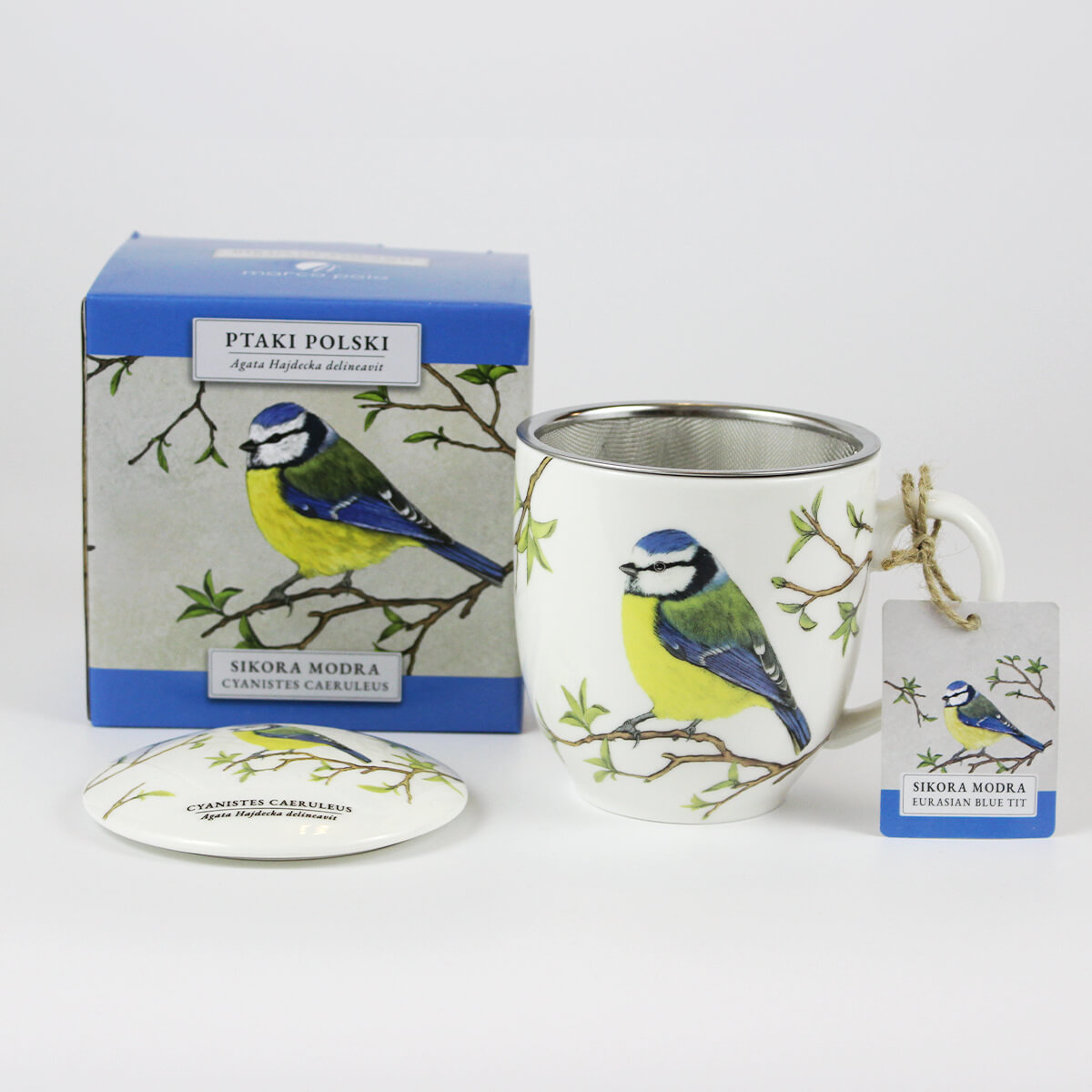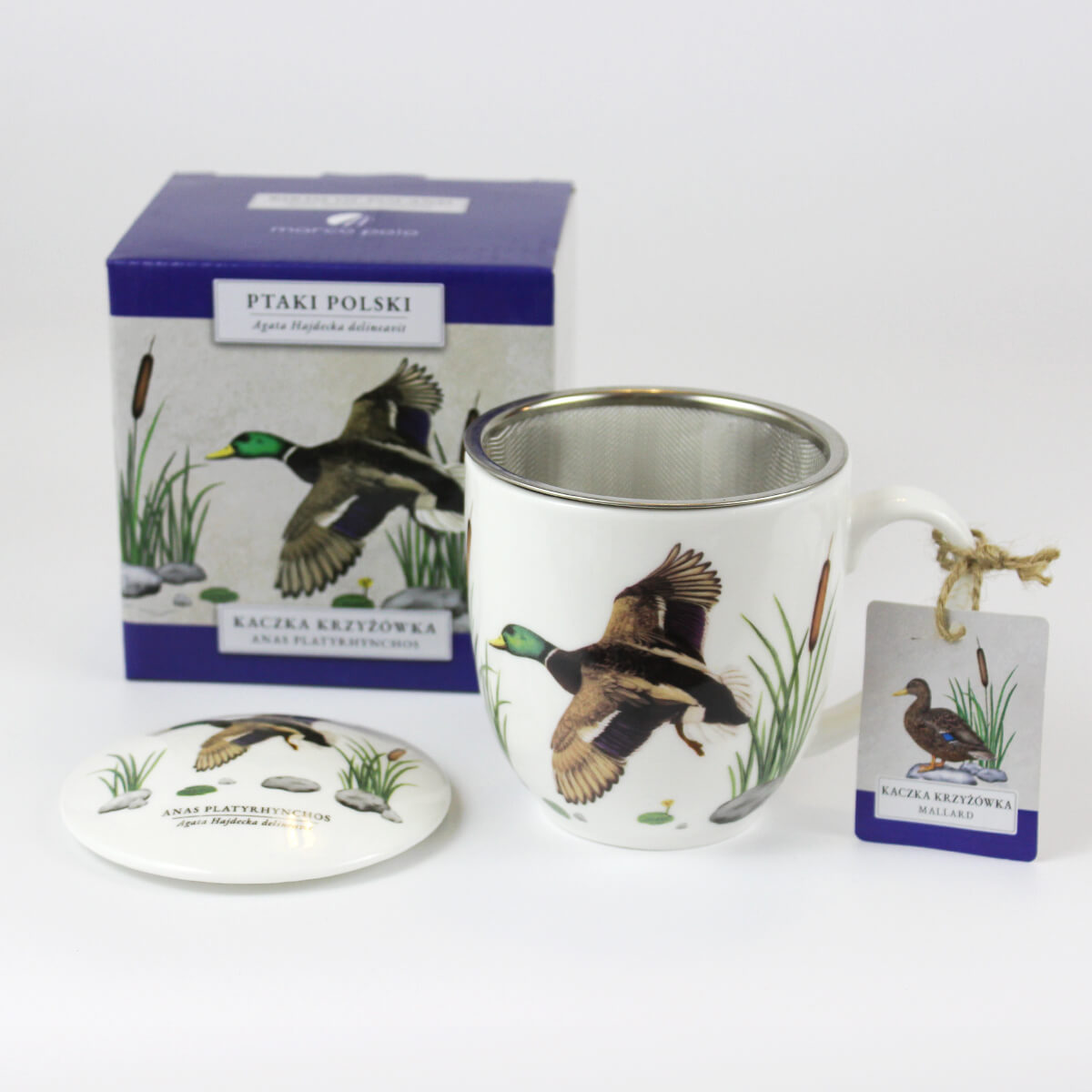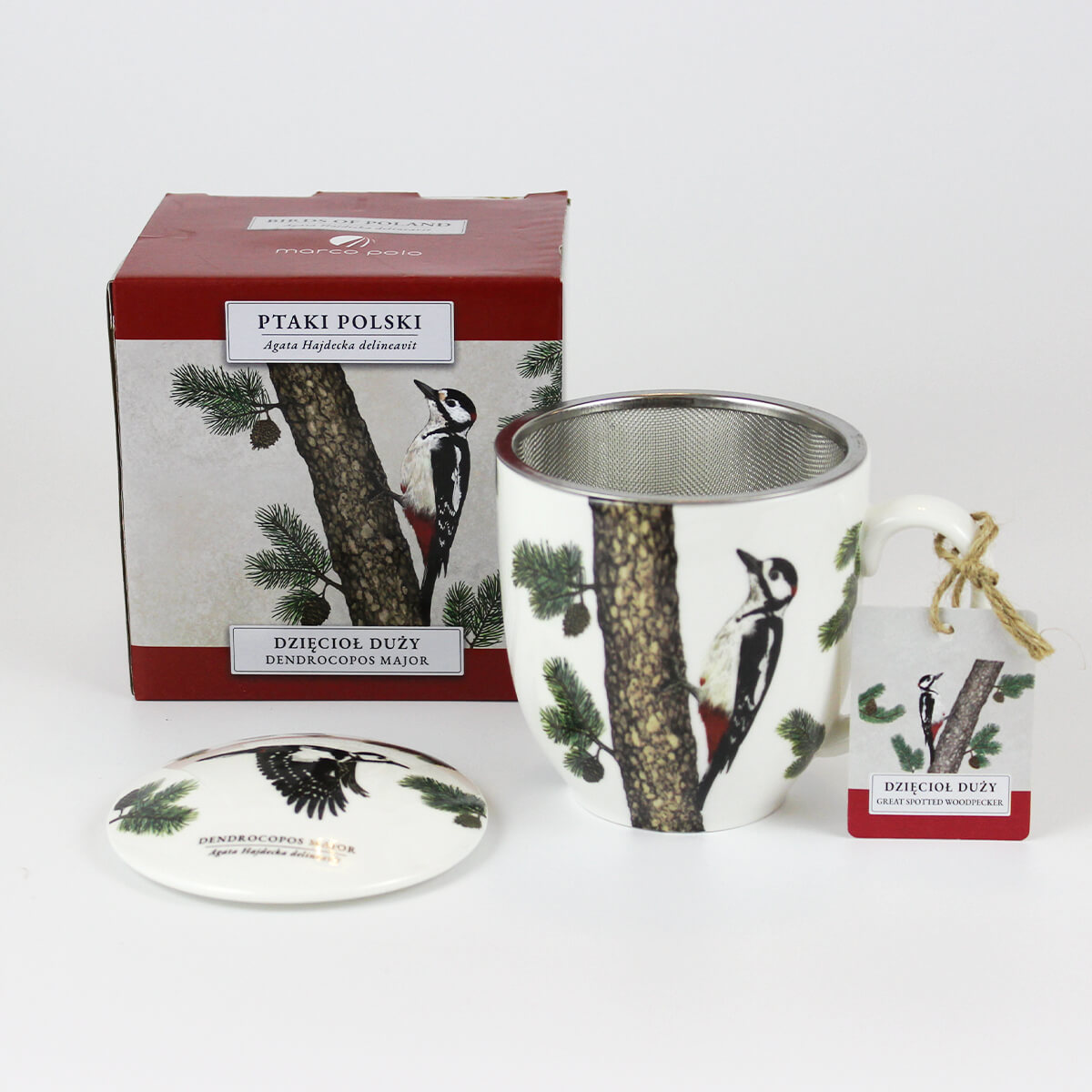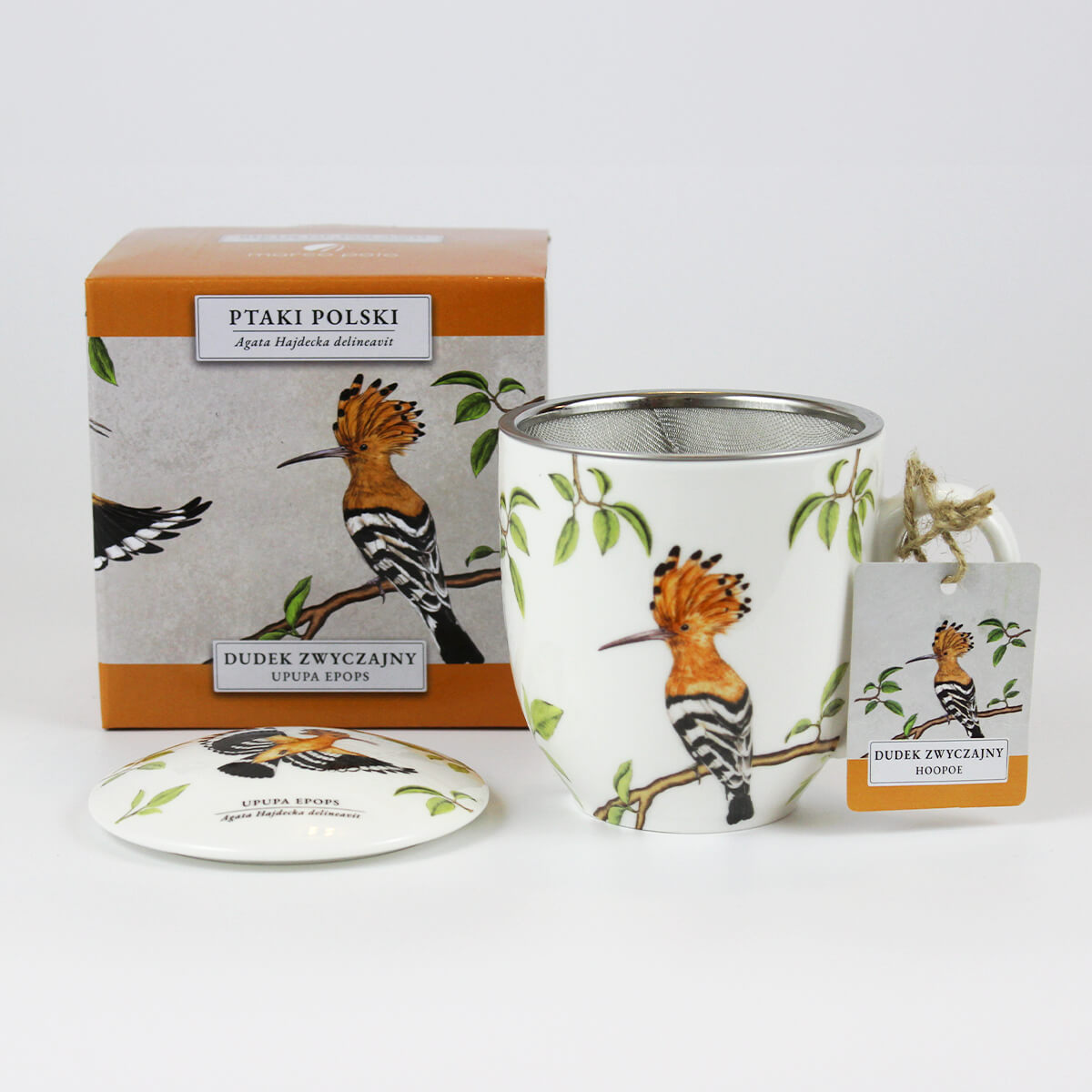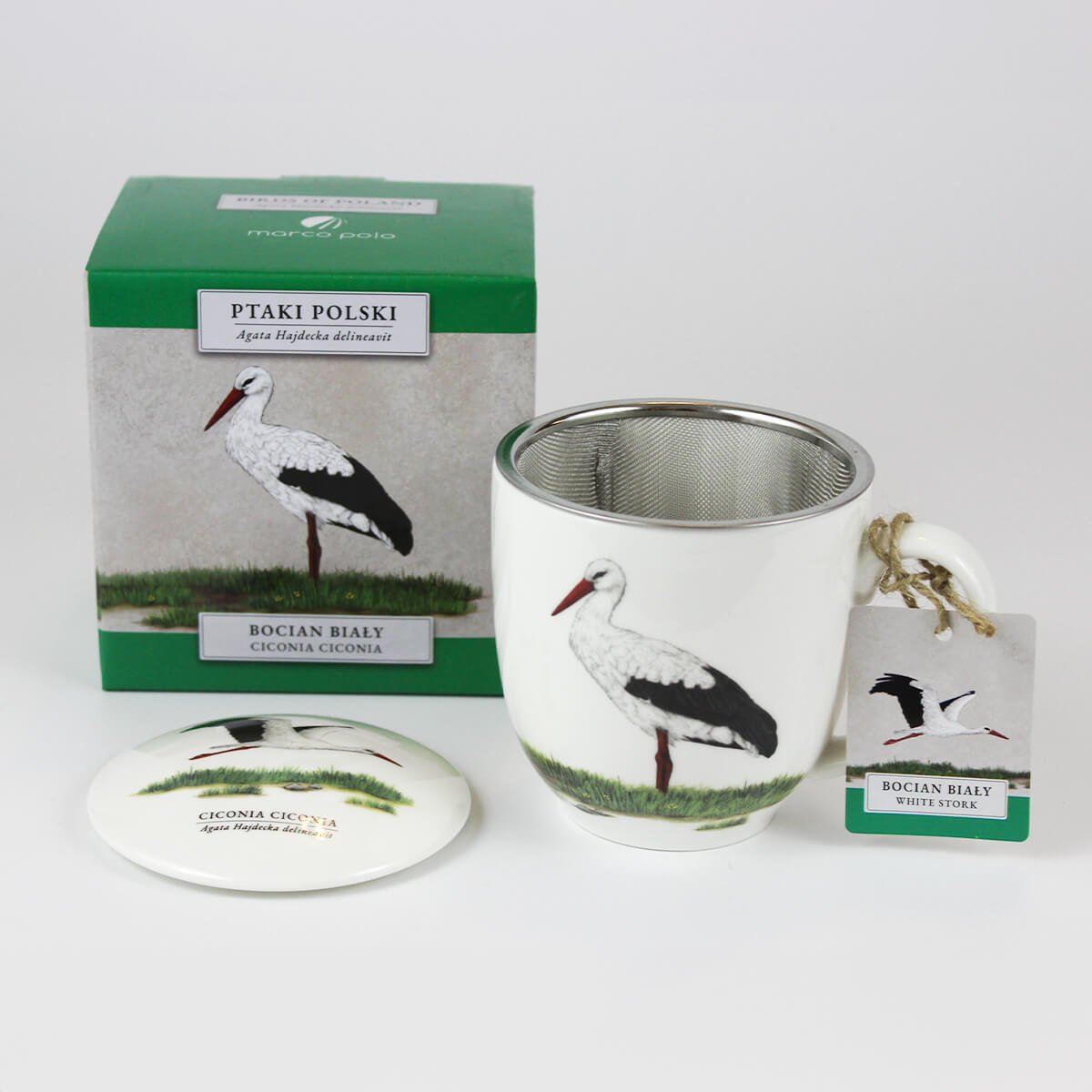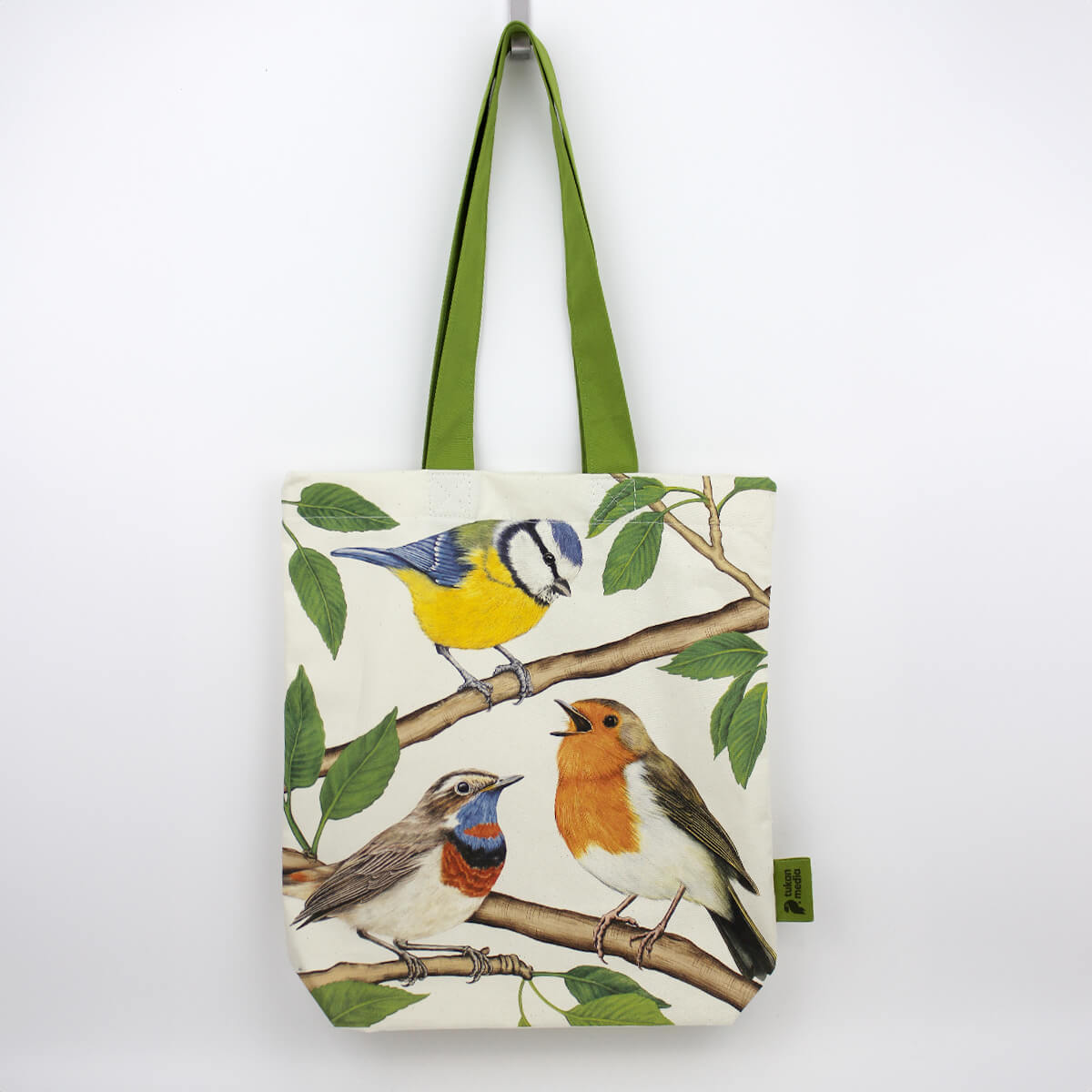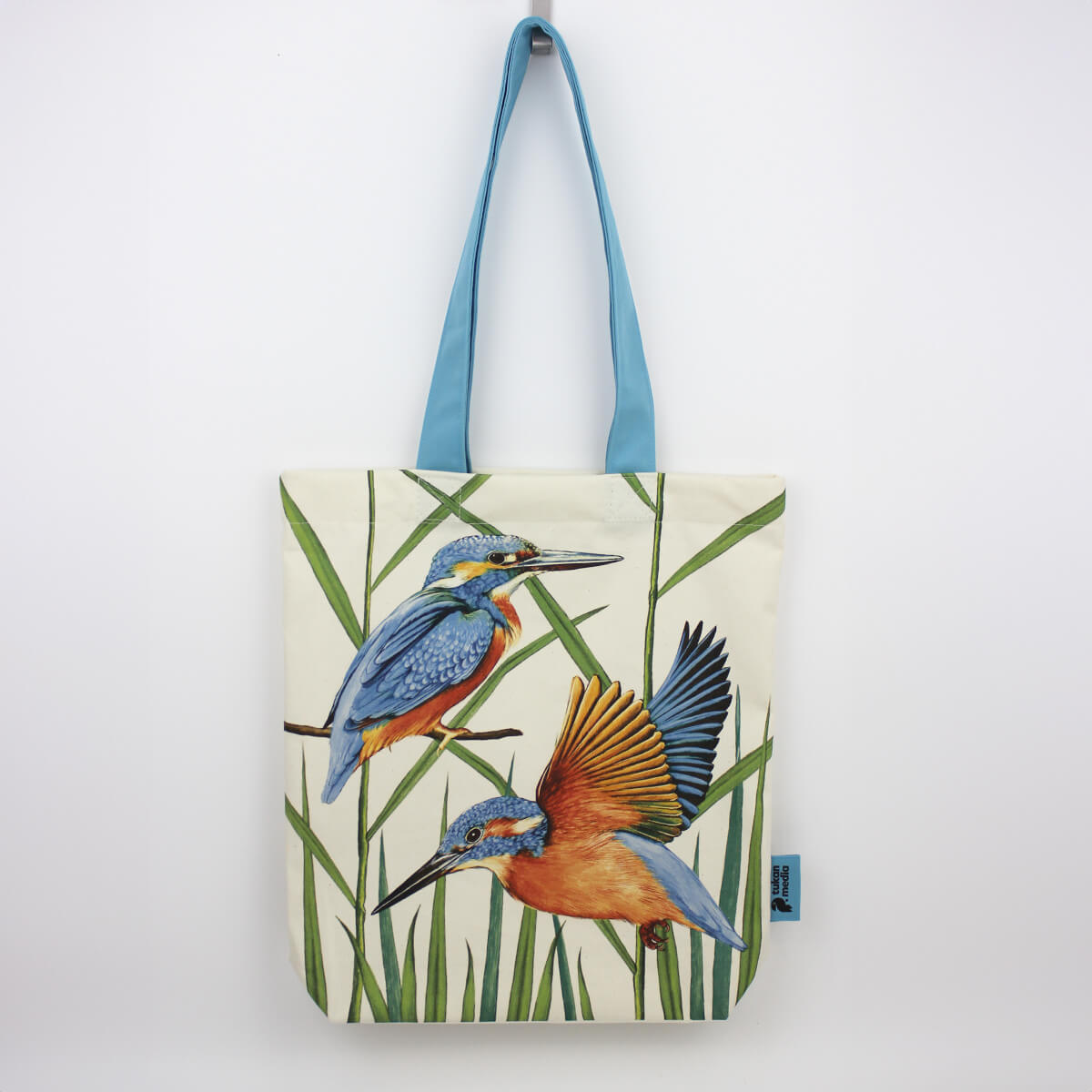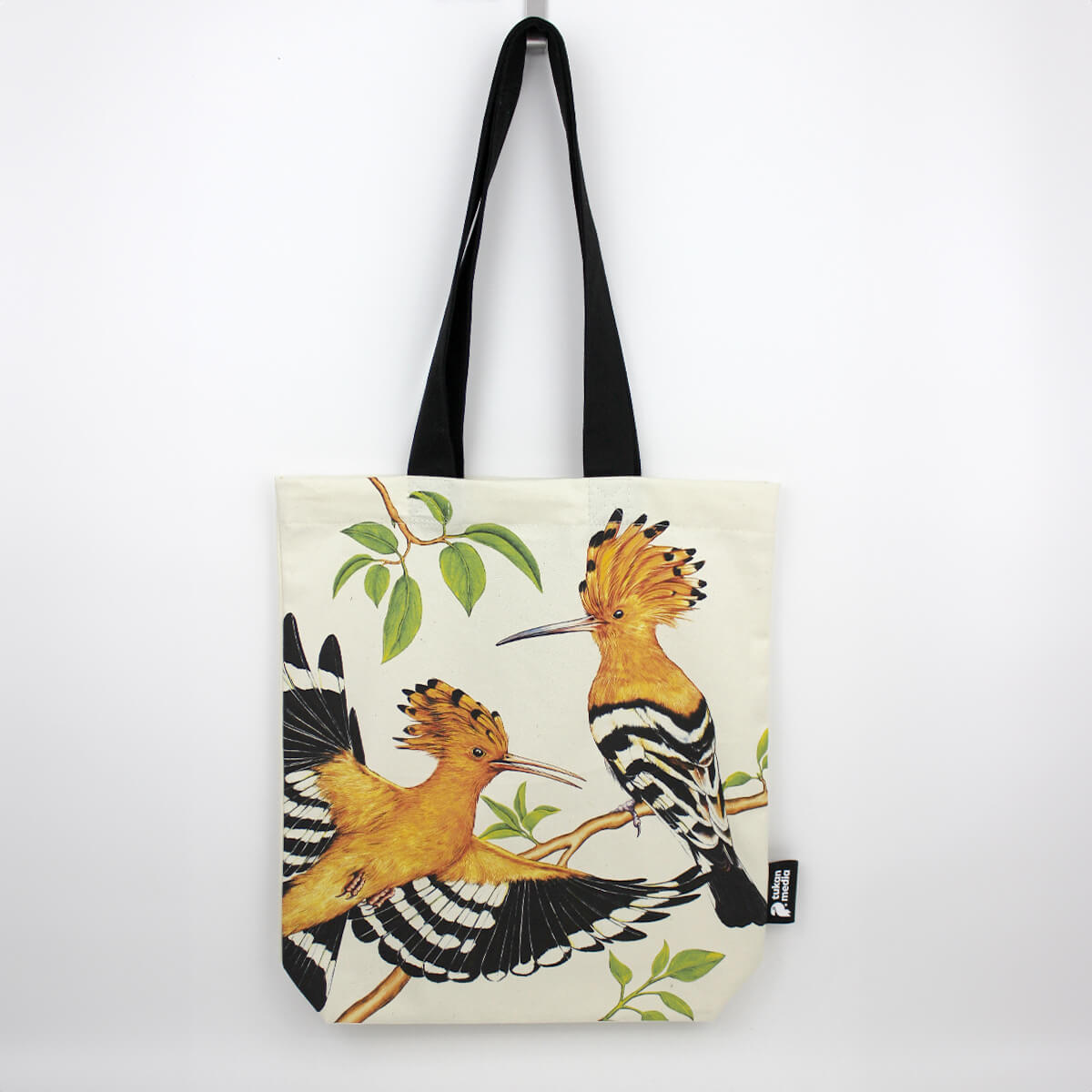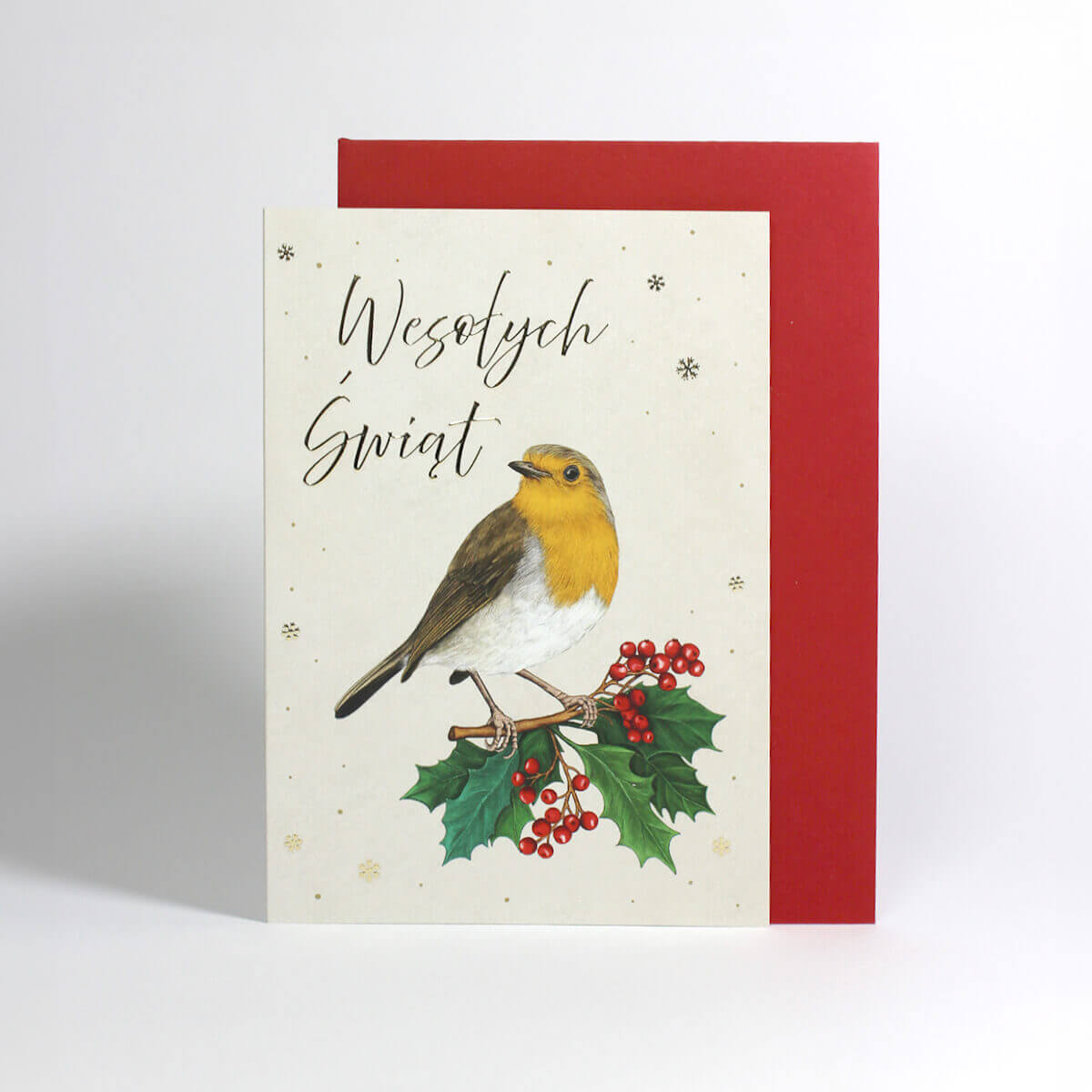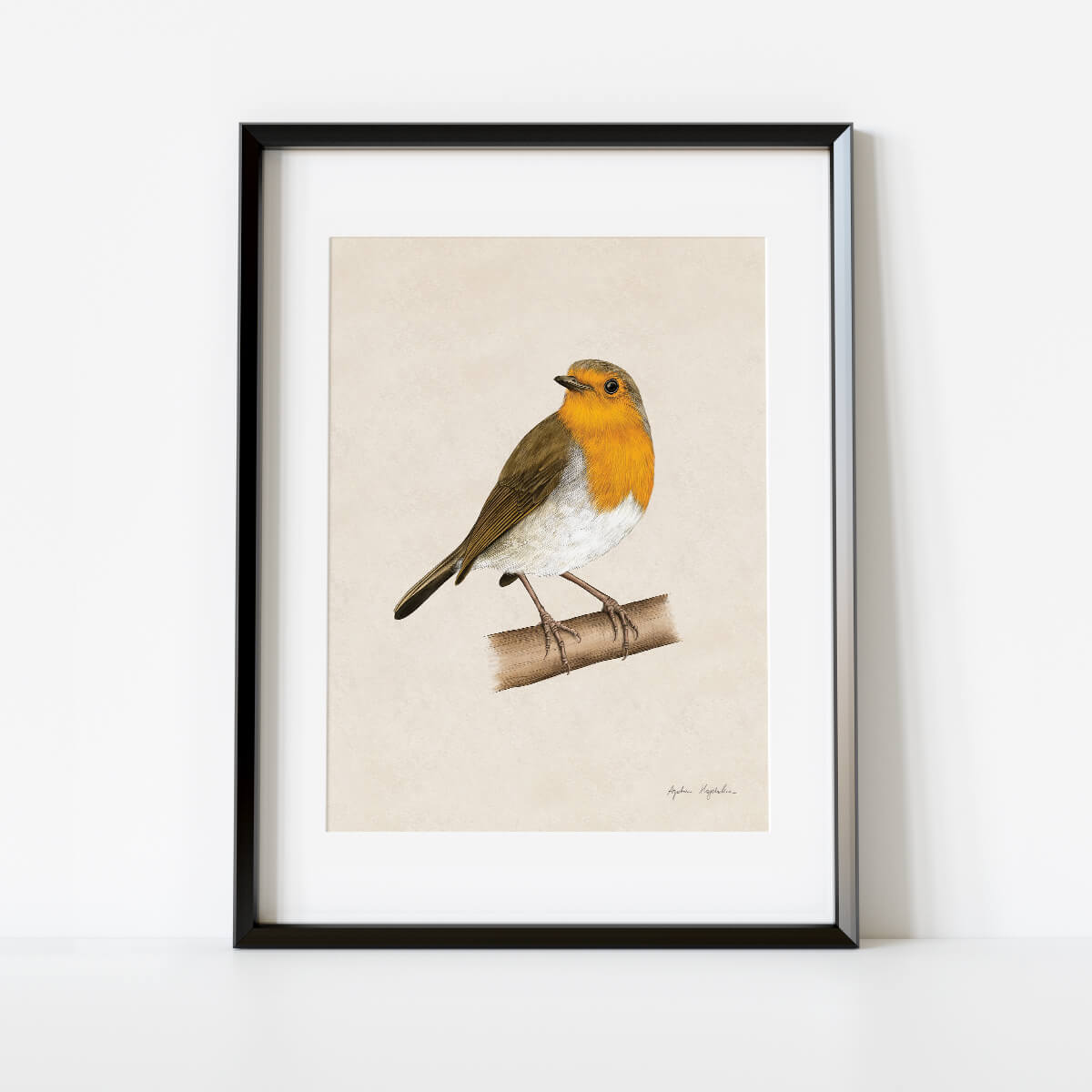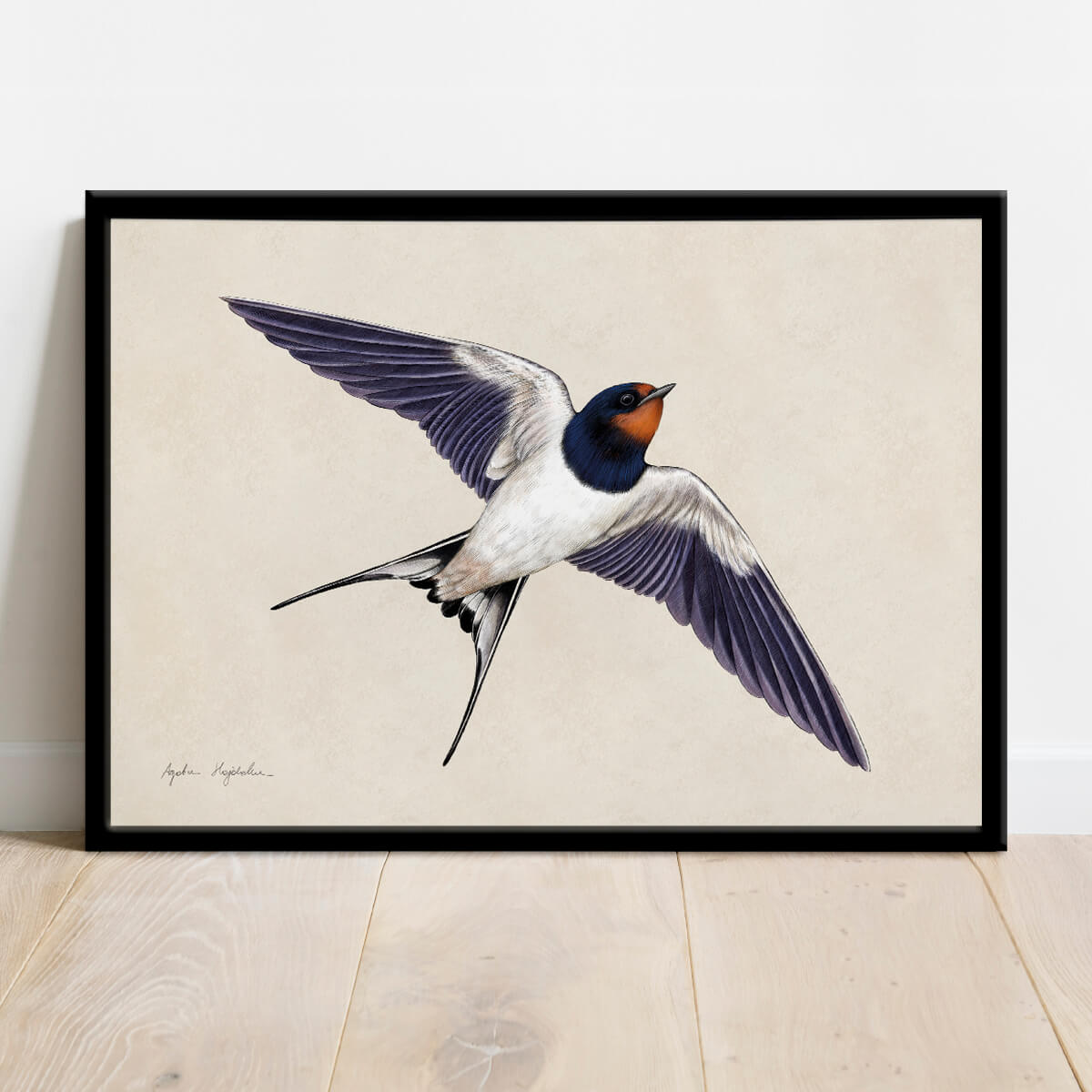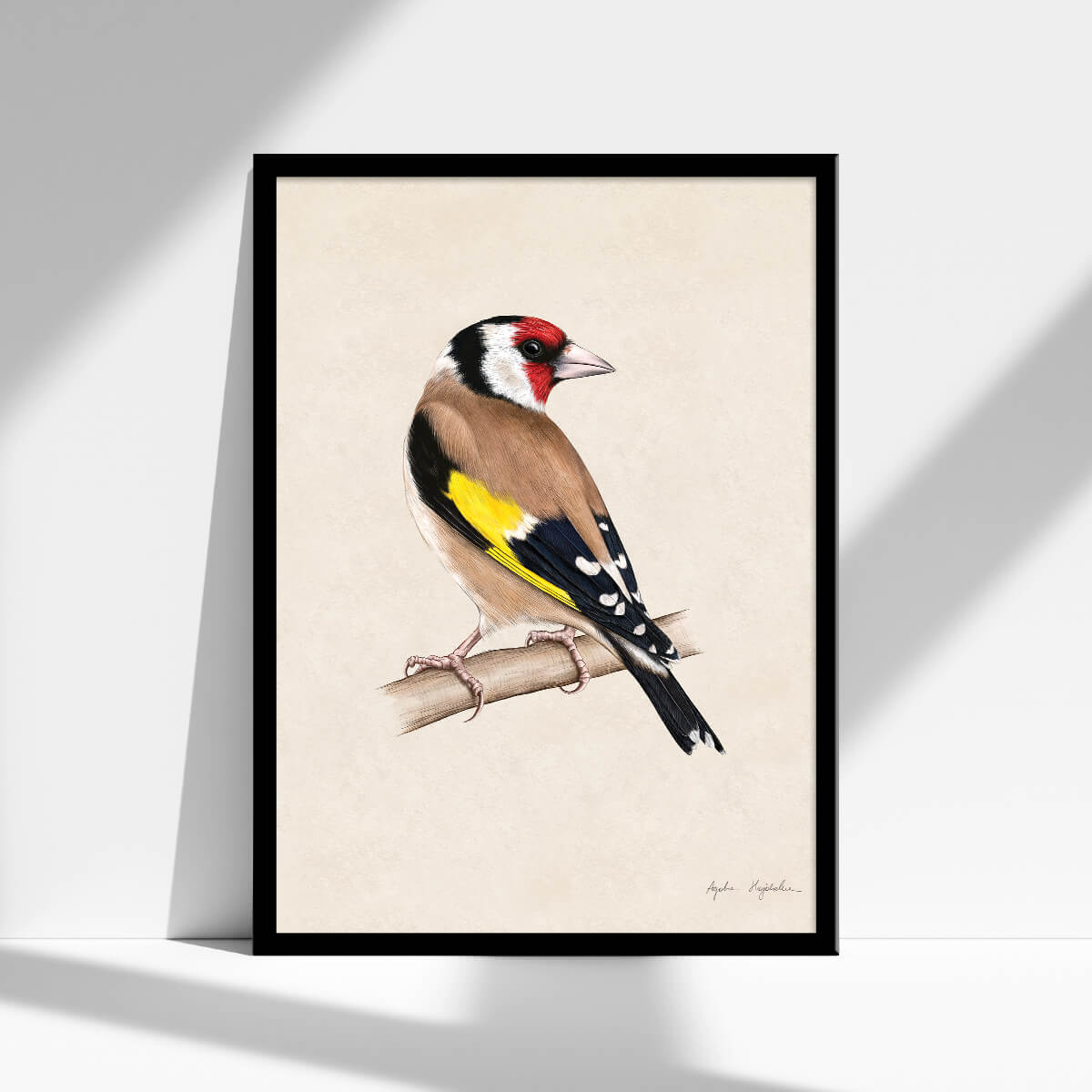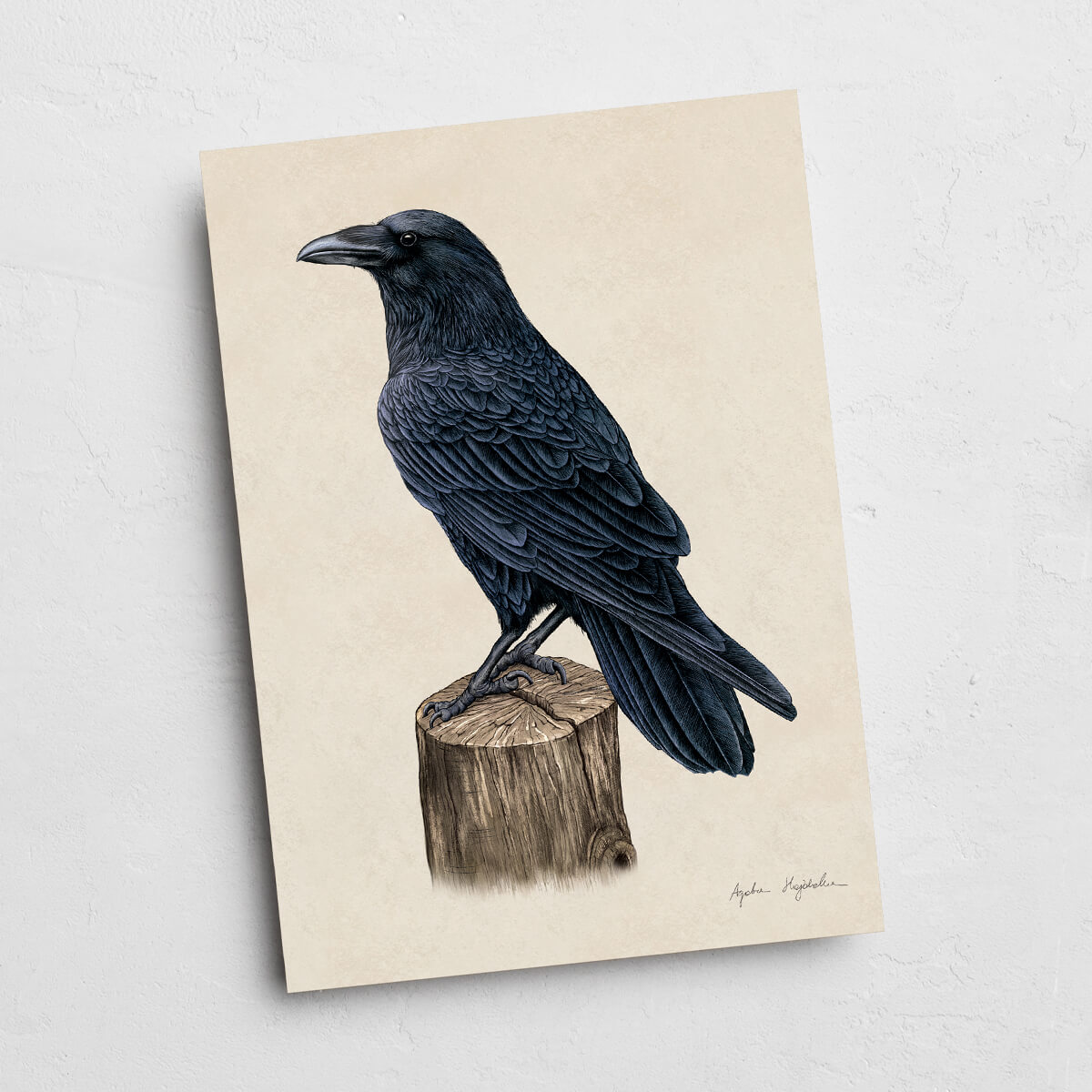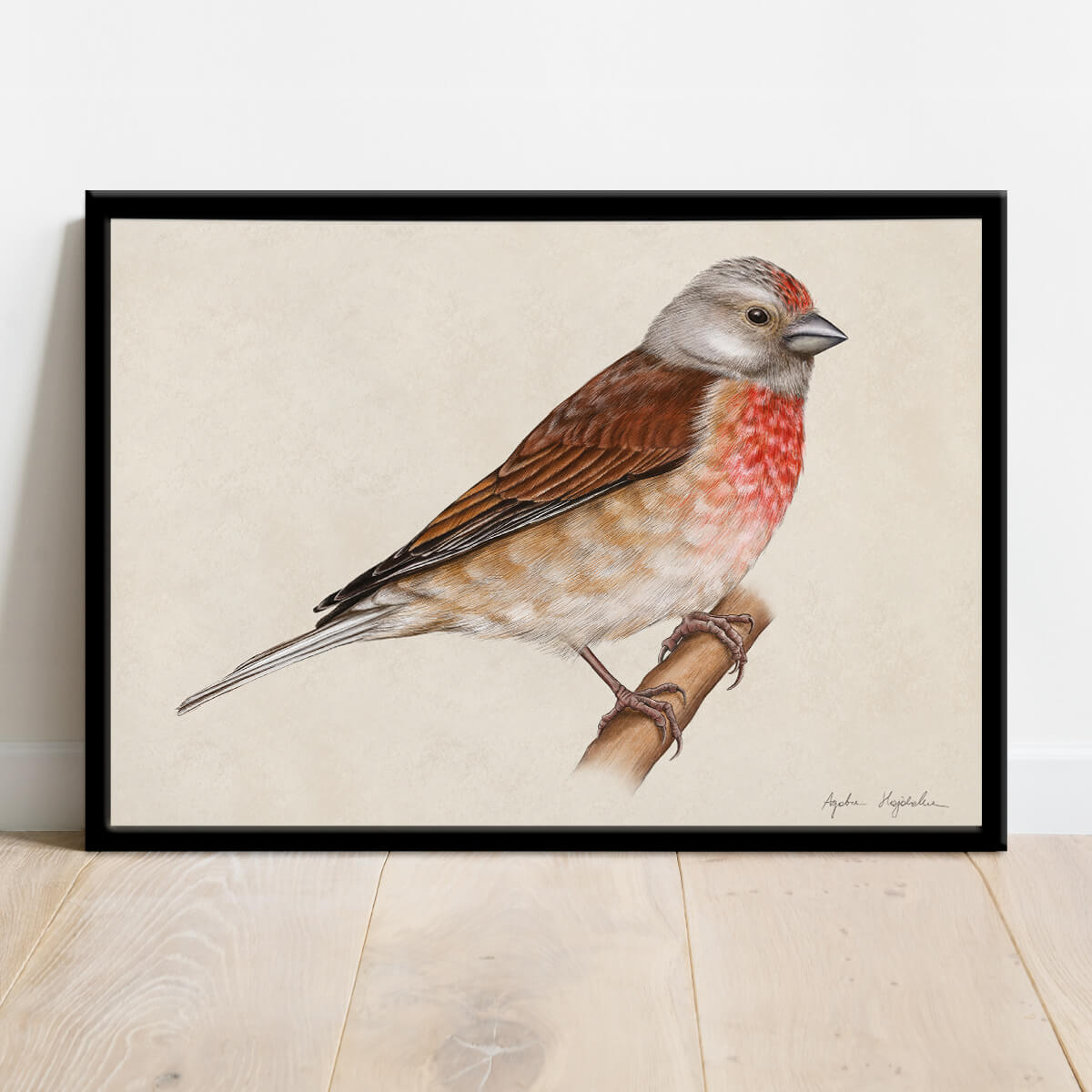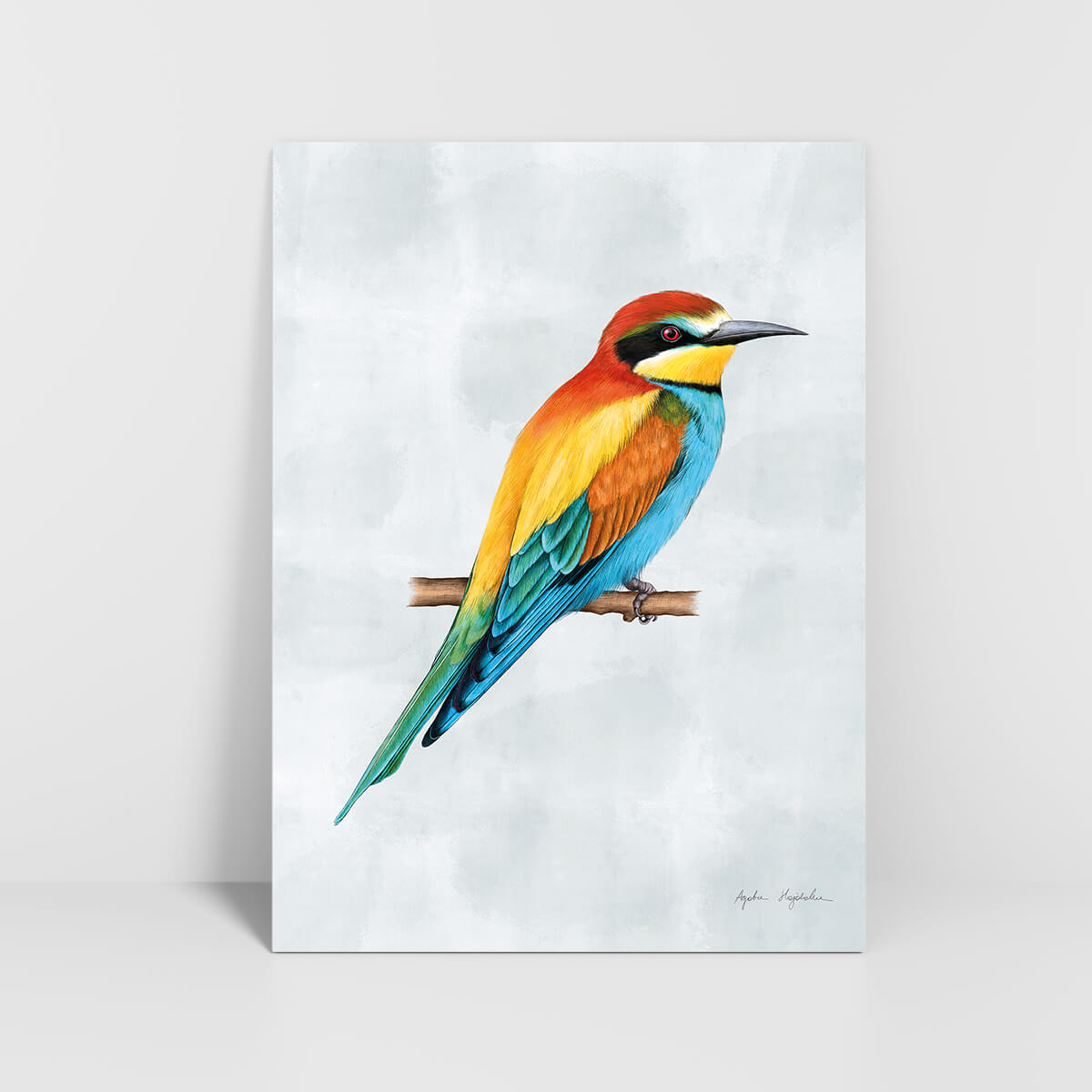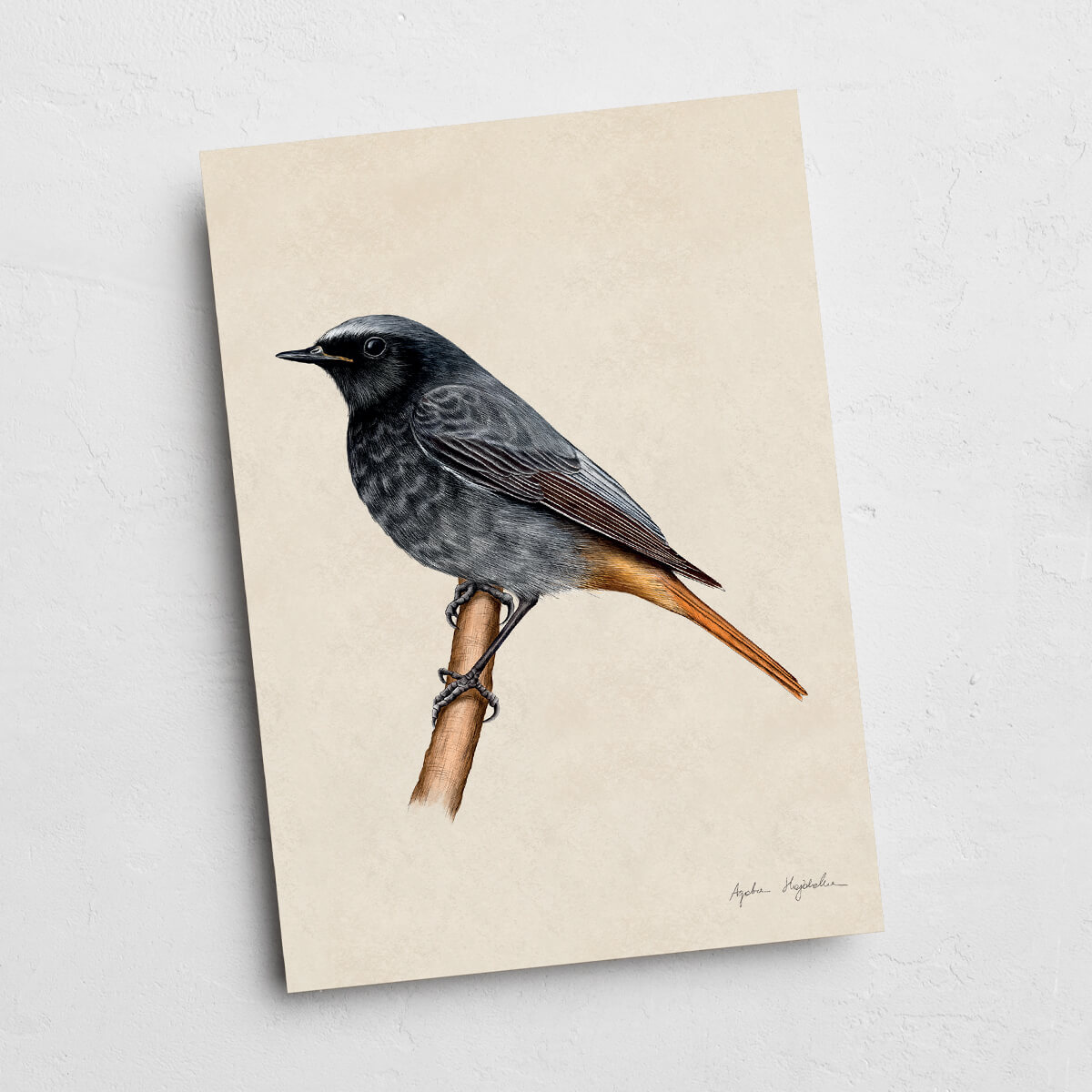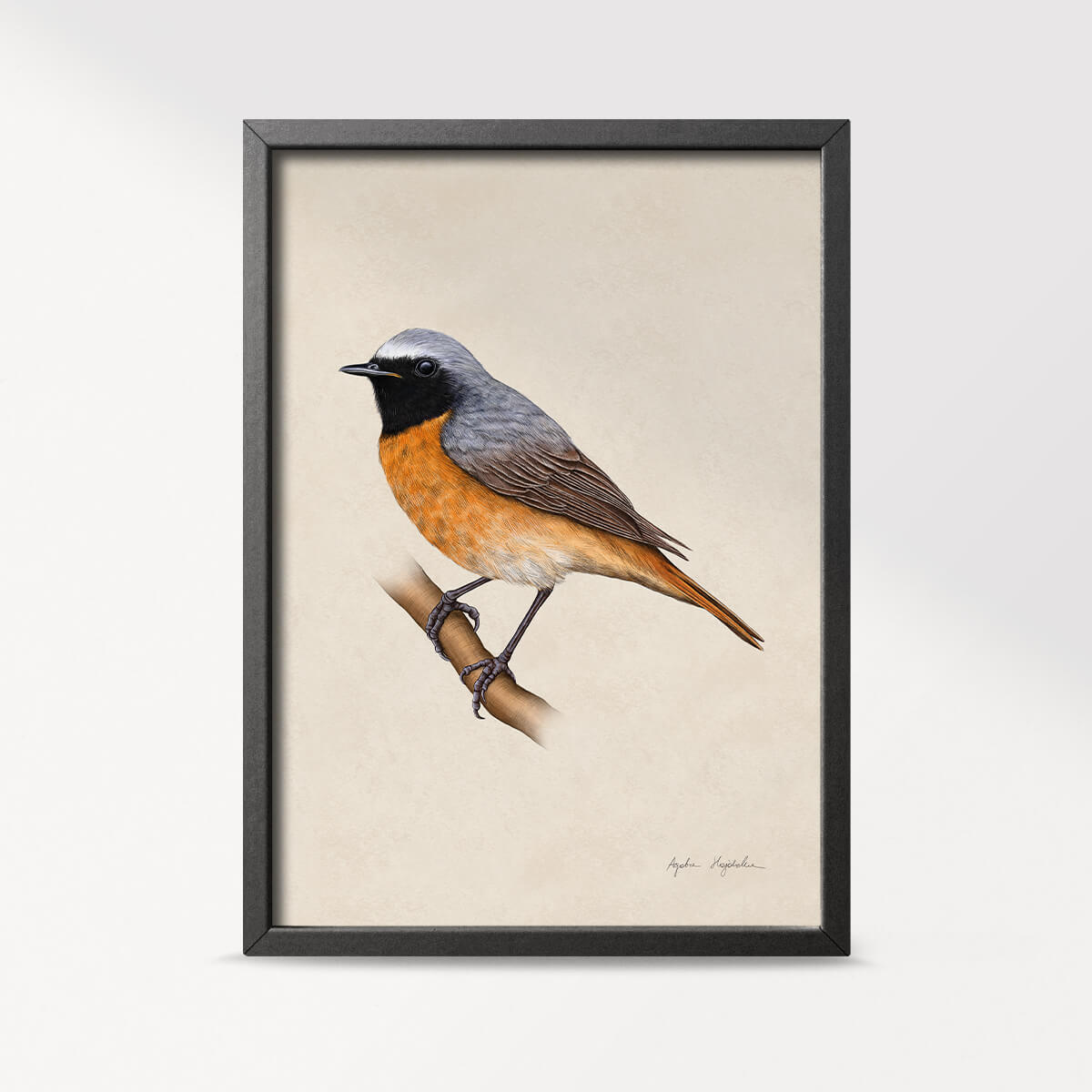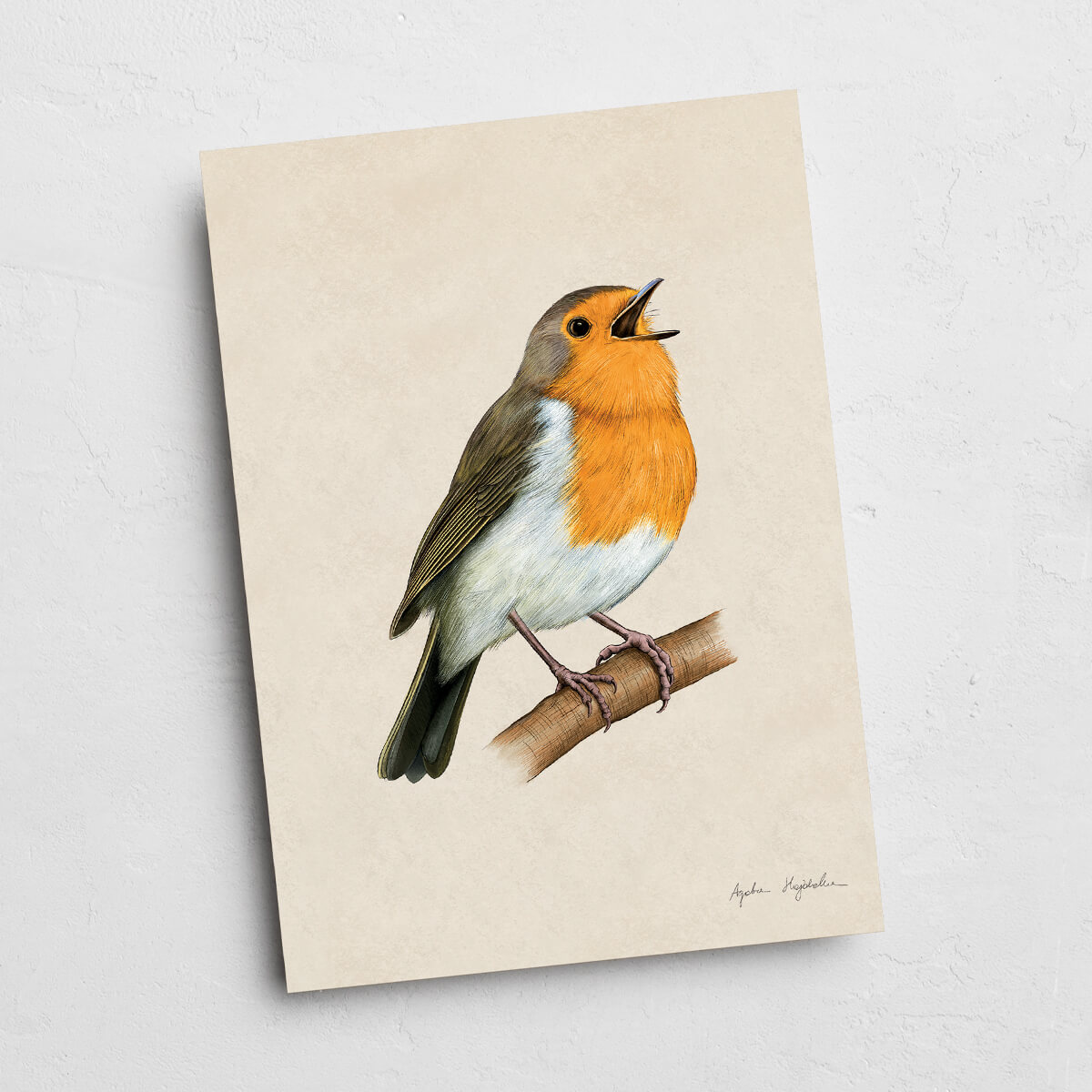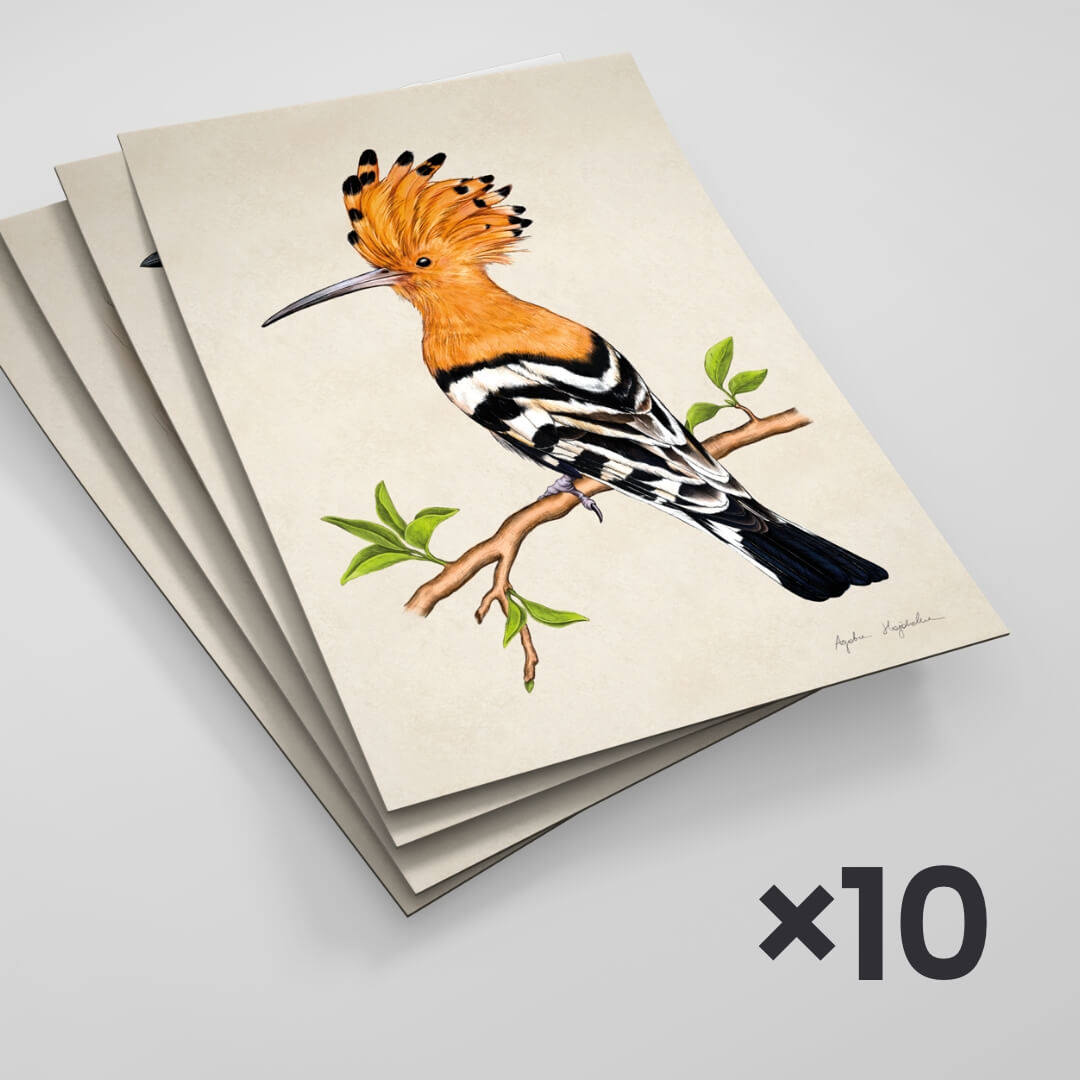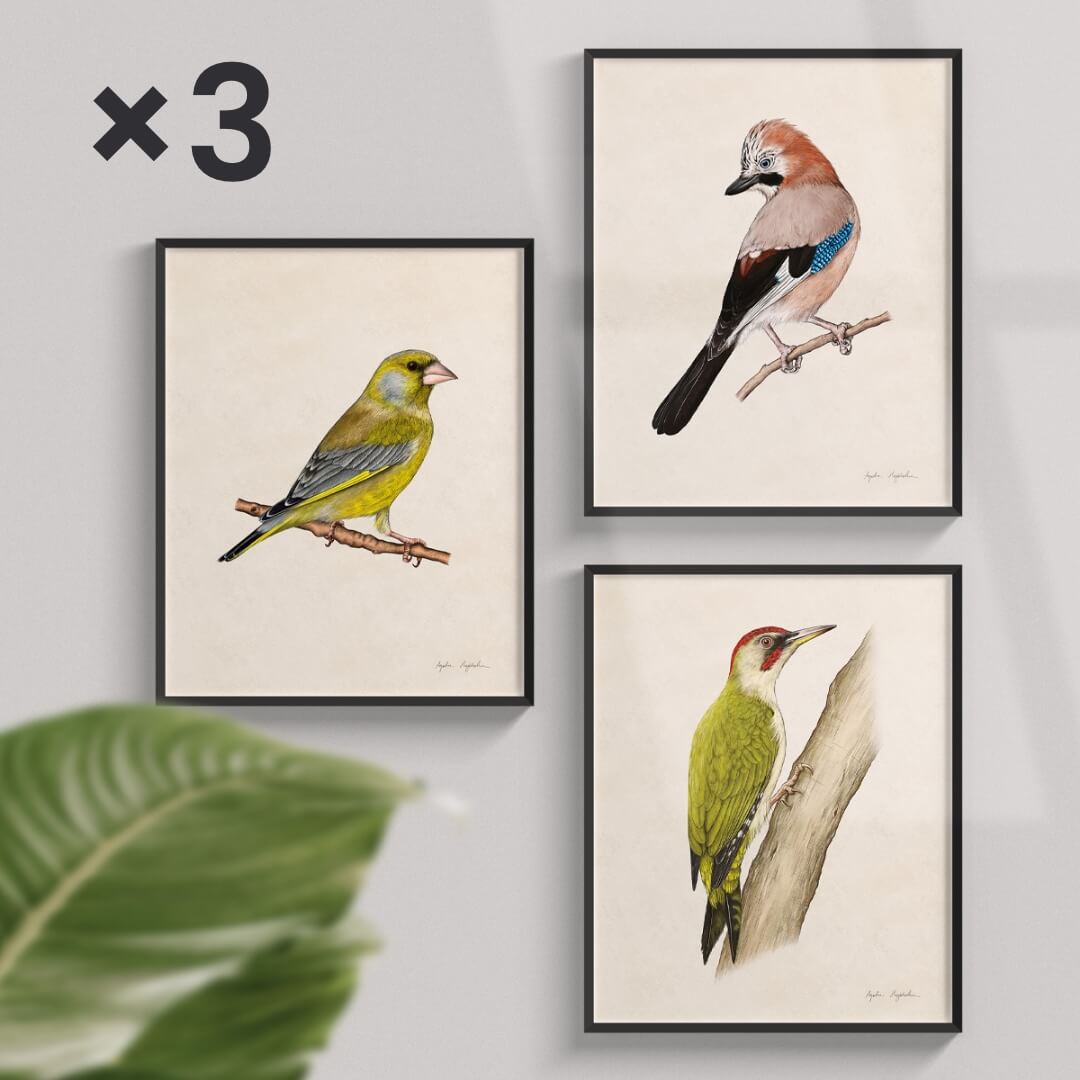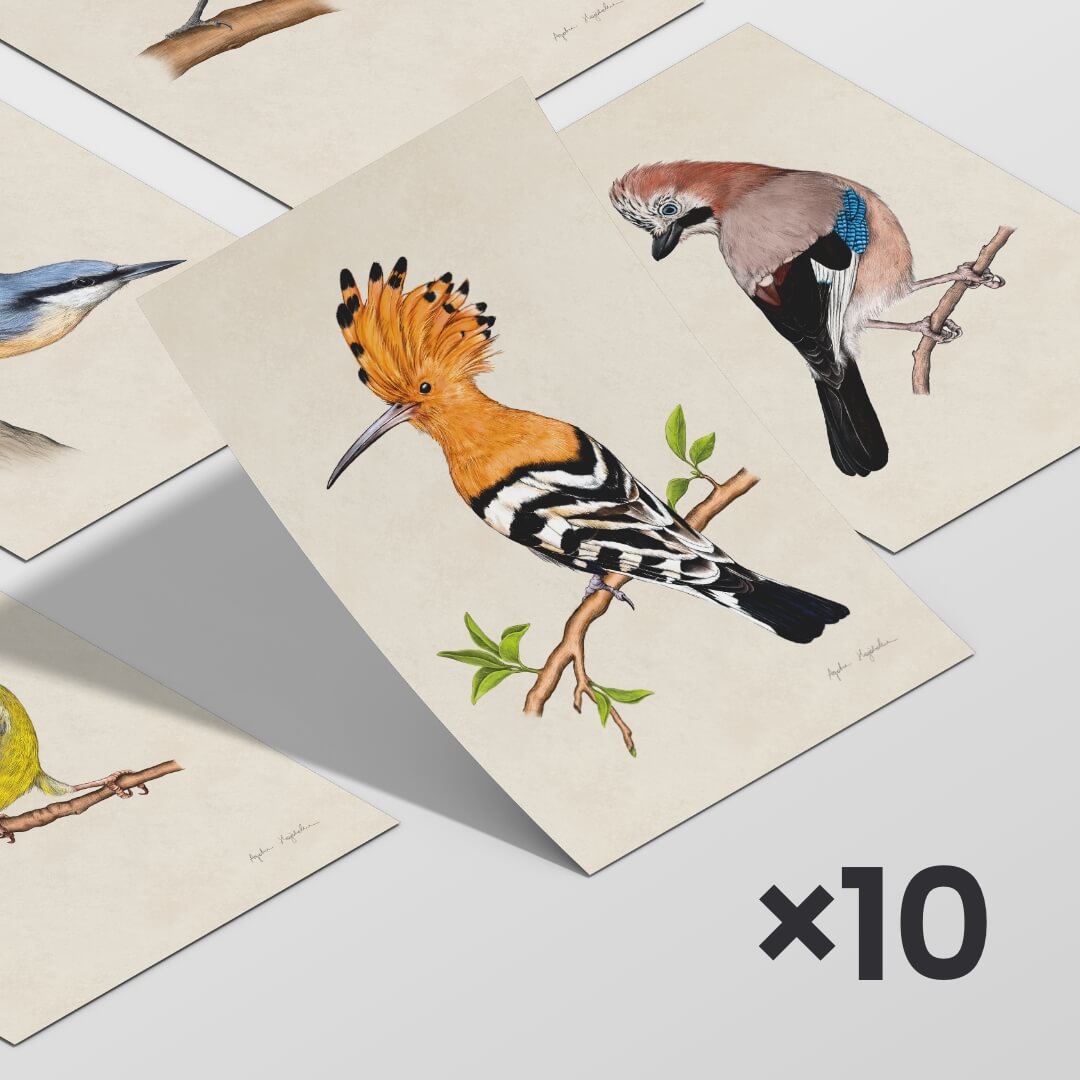- Tukan media
- Explore birds
- Golden oriole
Golden oriole
As one of the distinctly colored Polish birds, the golden orioles only spend 4 months a year in our country! You can easily recognize them - their bright yellow plumage contrasts with black wings and tail. Their red beak is also distinctive. The females have slightly less vivid plumage, olive-white in color, and they can be differentiated by their streaked underparts. Where in Poland can you find the golden oriole? You can most easily spot them in the Augustów Forest and in the lake districts. They prefer deciduous and mixed forests, large parks, and mature woodlands. They usually reside in the dense treetops. During my walks in both Wrocław's parks and the forests in Prudnik, I often hear this bird.
When does the golden oriole arrive in Poland and why does it stay for such a short time?
You can expect the visit of the golden oriole in May – it stays in our country until August, and then flies towards southern and eastern Africa. This is due to its tropical origin, which results in a preference for warm climate and higher temperatures. In May, when the trees are in full bloom, the golden oriole is safer and can better camouflage itself among the leaves.
In Poland, the golden oriole breeds - it builds its nests with grass and plant fibers, shaped like a basket. It places them in the fork of horizontal branches. It lays about 5 pink eggs covered with a few spots, incubates them for about 18 days, and the young leave the nest 17 days after hatching. What does the golden oriole eat? The main components of its diet are insects and large caterpillars, but it also enjoys fruits such as cherries, currants, and gooseberries.
Golden Oriole - interesting facts about this colorful bird
- The Golden Oriole is classified as a singing bird. It sings when the air is humid, which is why its song can be a sign of rain.
- The song of the Golden Oriole is very distinctive and can be heard in many older films when the action takes place, for example, in a forest.
- It's rare to encounter it on the ground, and it's difficult to observe – the best way to do so is when it flies between trees, then it's perfectly visible thanks to its intense colors.
- In the past, in Poland, the golden oriole was called Zofija (Sophia) – when singing, it produces sounds similar to that word, but also because its arrival period to Poland coincides with May, which is the month of Saint Sophia's name day celebrations.
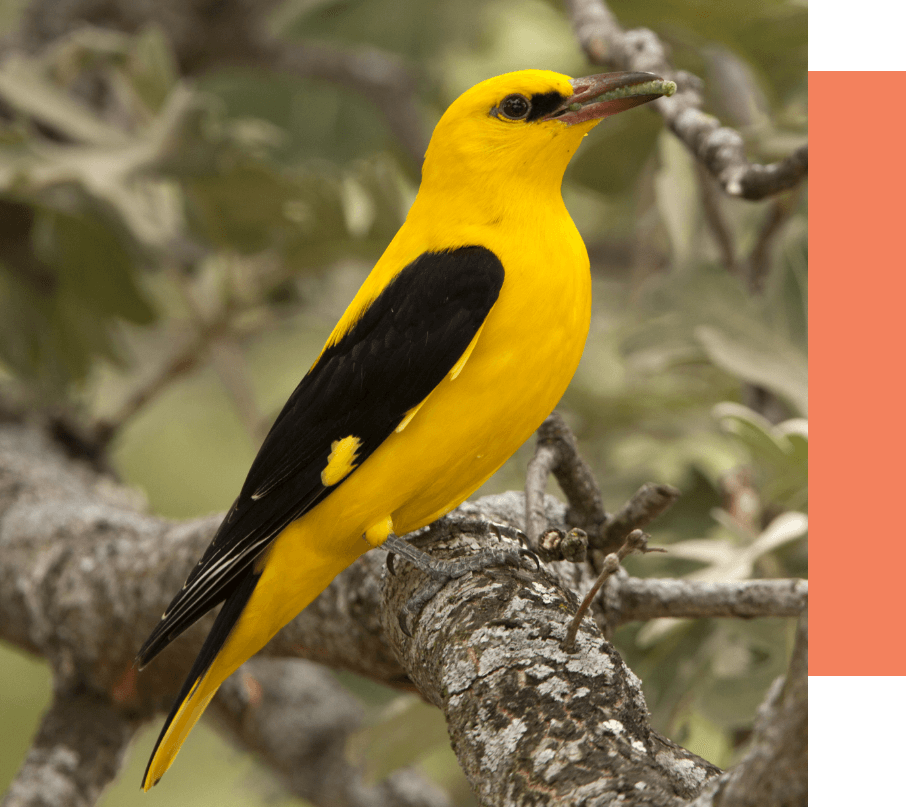
Listen to the voice
Gadgets with golden oriole illustrations
If you're fascinated by the slightly exotic plumage of the golden oriole and want to decorate your living space with the image of this bird, take a look at my offer – you'll find posters, educational illustrations, mugs, and bookmarks there. It's a great gift for anyone named Zofia, birdwatching enthusiasts, and nature lovers!
View products with golden oriole
20.00 zł – 120.00 zł
267.00 zł 230.00 zł
89.00 zł
60.00 zł – 120.00 zł
5.00 zł
60.00 zł – 120.00 zł
60.00 zł – 120.00 zł
20.00 zł – 120.00 zł
Golden oriole - Additional Information
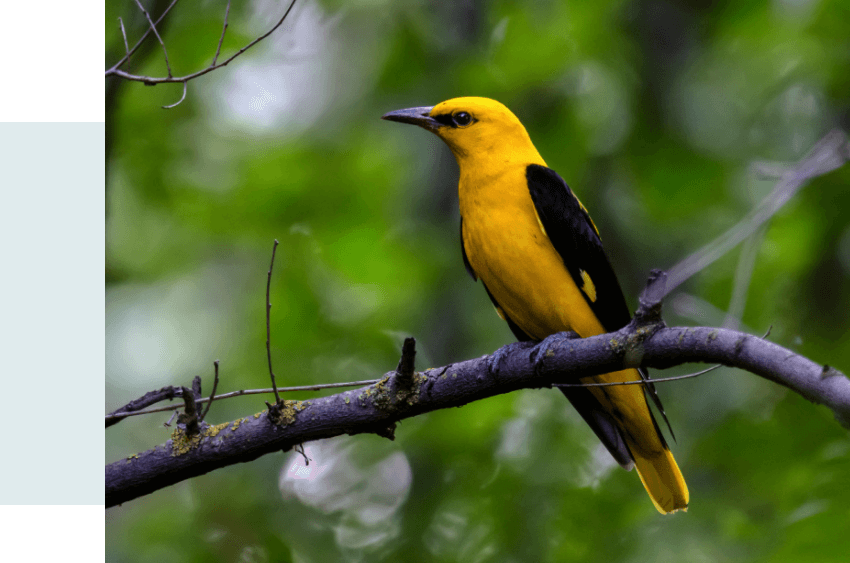
Oriolus oriolus
Family
Orioles
Locations of Occurrence
Whole lowland area of the country, avoids higher mountains
Food
Insects and large caterpillars, fruits
Population
Moderately common breeding bird.
Migrations
Migratory, arrival: May, departure: August-September
Breeding
4-5 pinkish eggs with few spots. Incubation: 15-18 days. The young leave the nest after about 17 days
See other products with birds
89.00 zł
89.00 zł
20.00 zł – 120.00 zł
20.00 zł – 120.00 zł
20.00 zł – 120.00 zł
60.00 zł – 120.00 zł
20.00 zł – 120.00 zł
20.00 zł – 120.00 zł
20.00 zł – 120.00 zł
267.00 zł 230.00 zł
553.00 zł 499.00 zł
400.00 zł 375.00 zł
464.00 zł 439.00 zł
237.00 zł 225.00 zł
150.00 zł 143.00 zł
174.00 zł 165.00 zł
89.00 zł
50.00 zł
50.00 zł
58.00 zł
79.00 zł
79.00 zł
79.00 zł
79.00 zł
79.00 zł
50.00 zł
50.00 zł
50.00 zł
50.00 zł
50.00 zł
89.00 zł
89.00 zł
20.00 zł – 120.00 zł
20.00 zł – 120.00 zł
20.00 zł – 120.00 zł
20.00 zł – 120.00 zł
89.00 zł
20.00 zł – 120.00 zł
20.00 zł – 120.00 zł
60.00 zł – 120.00 zł
20.00 zł – 120.00 zł
20.00 zł – 120.00 zł
20.00 zł – 120.00 zł
600.00 zł 500.00 zł
160.00 zł – 320.00 zł
450.00 zł 400.00 zł
